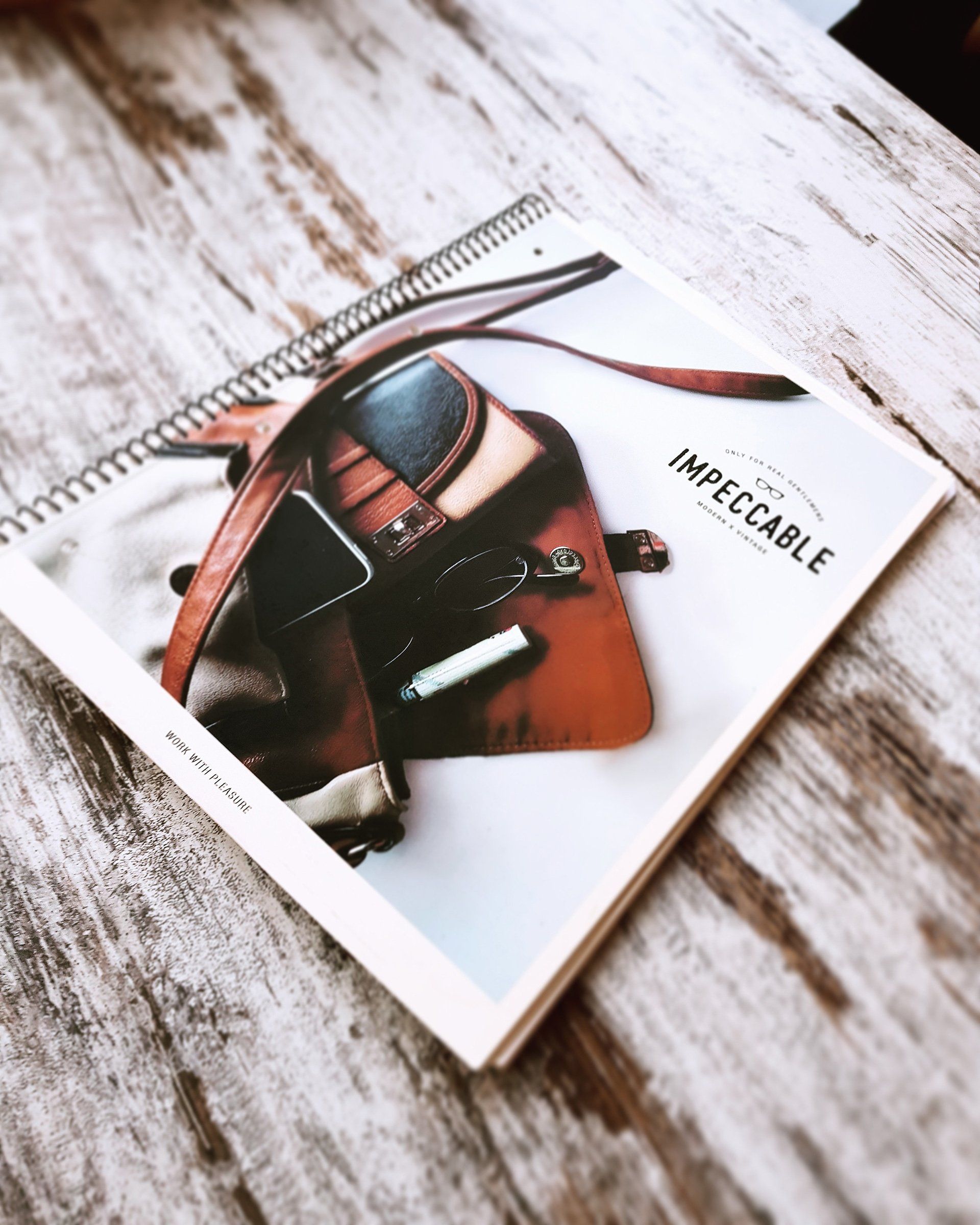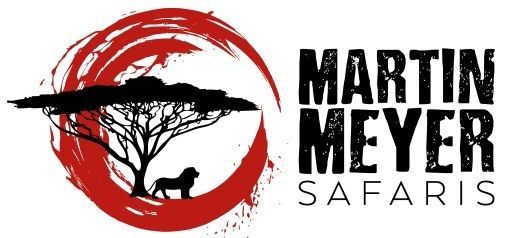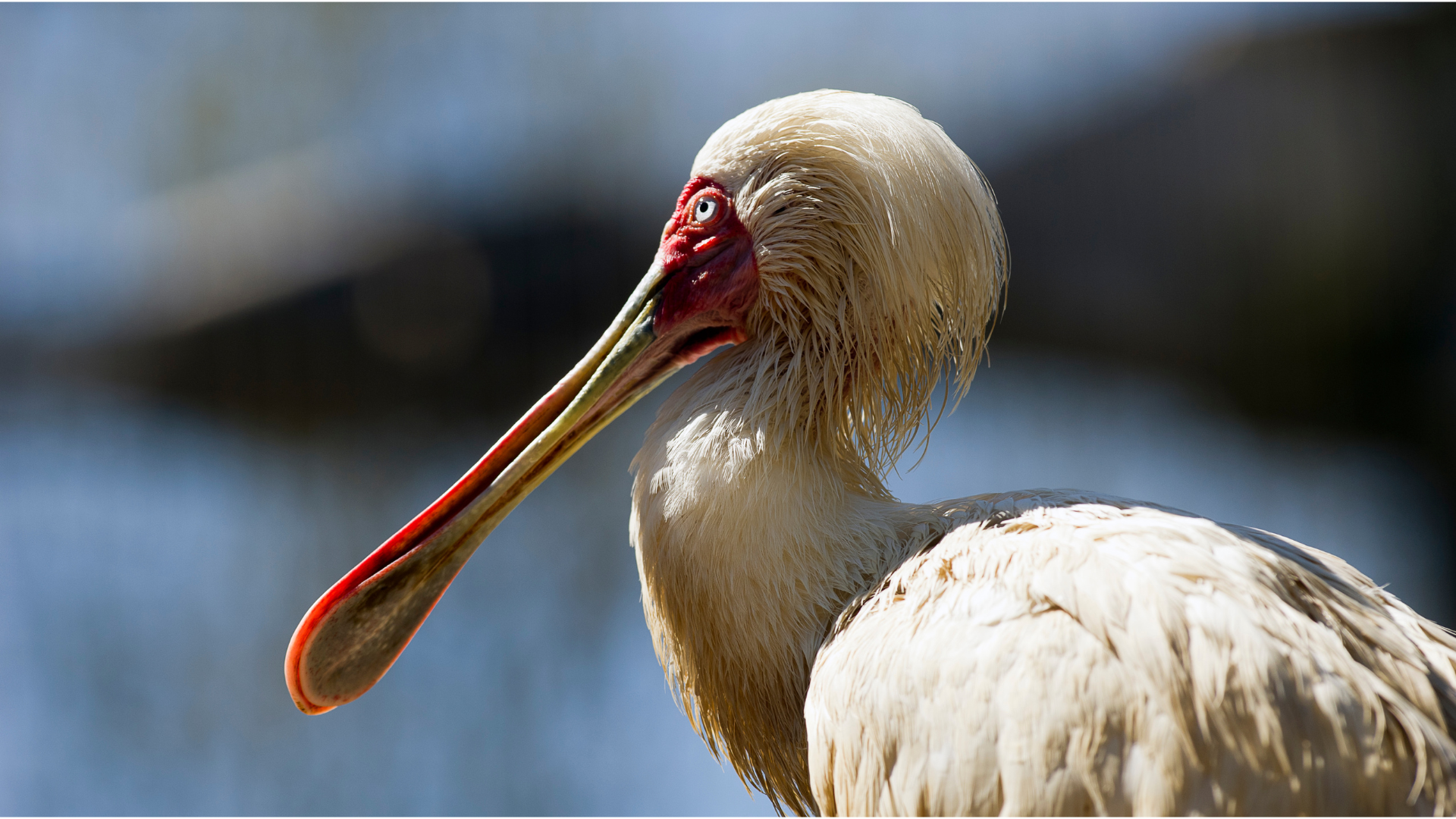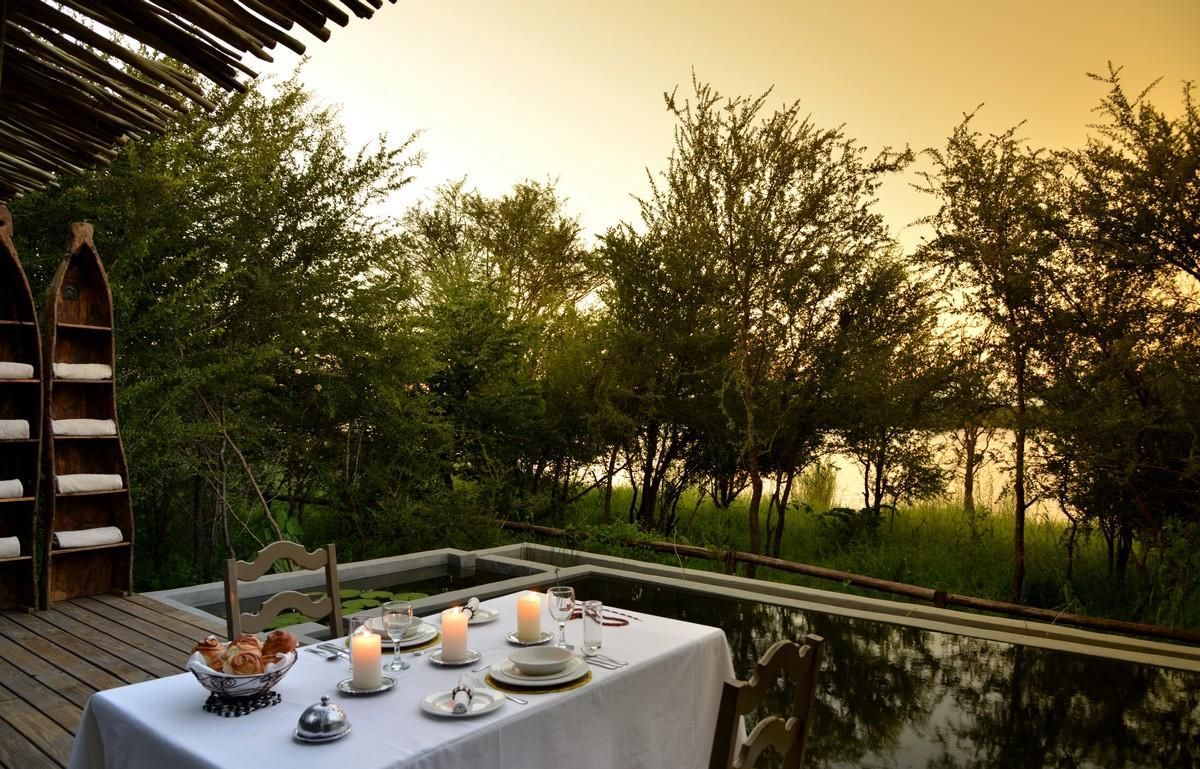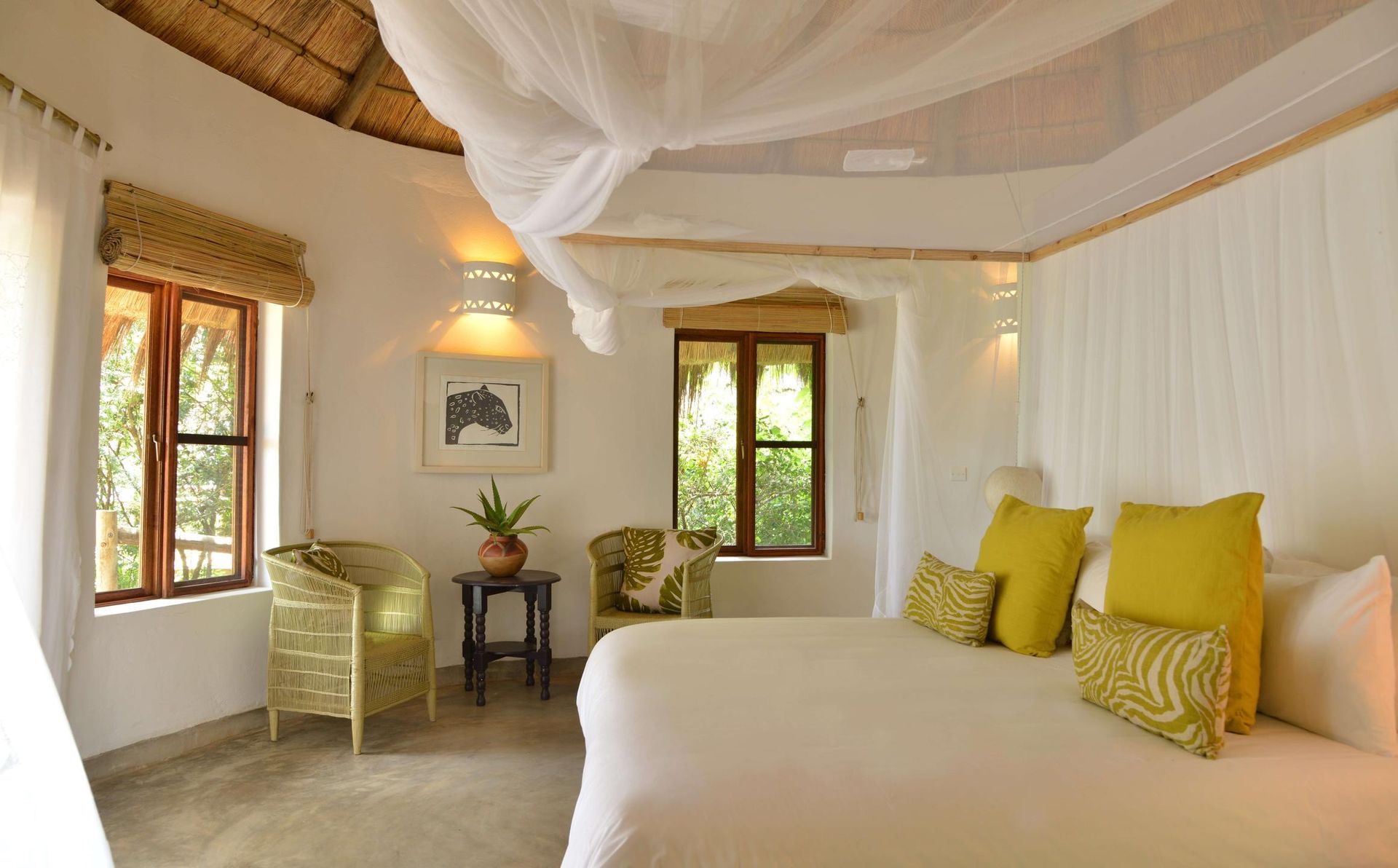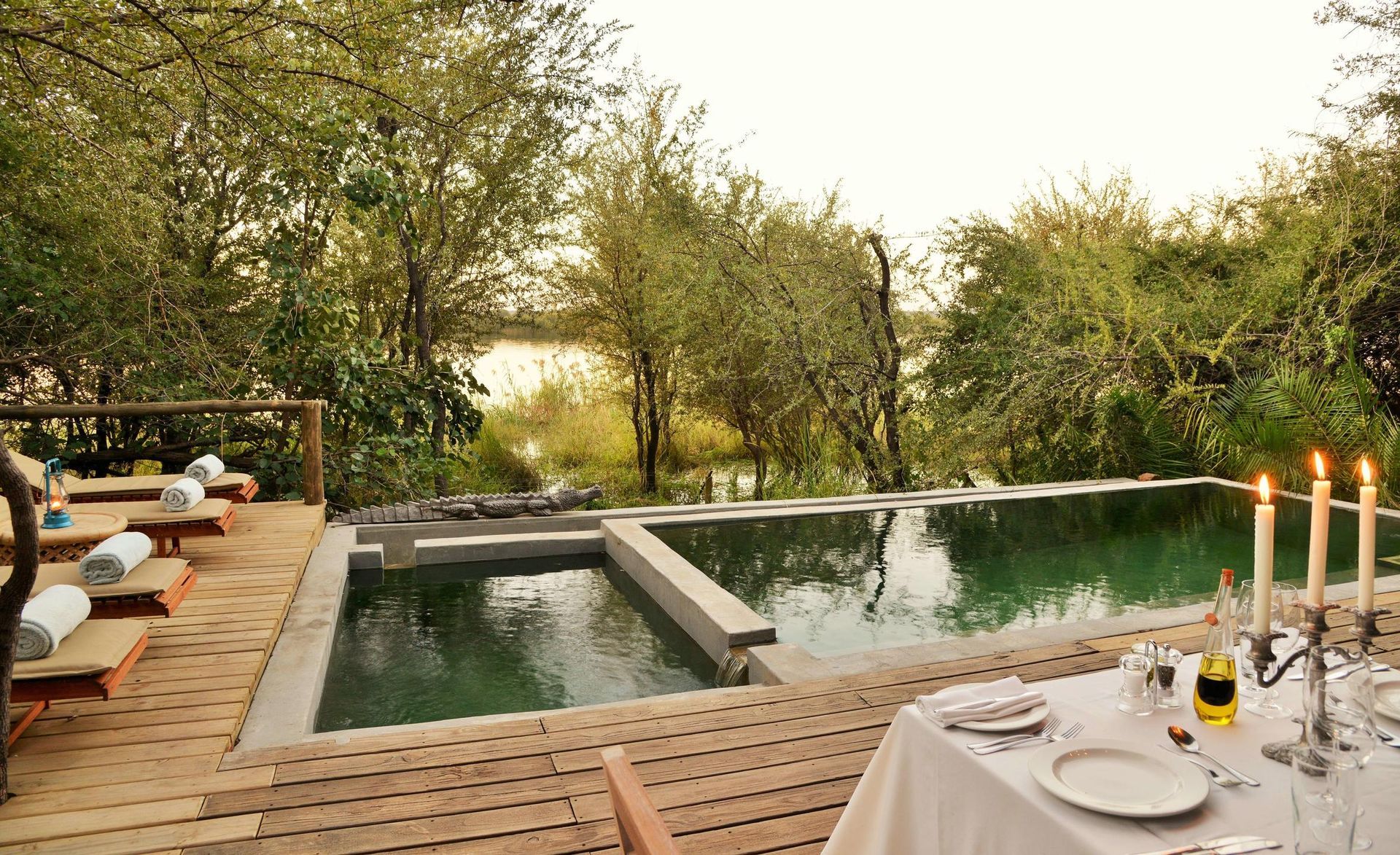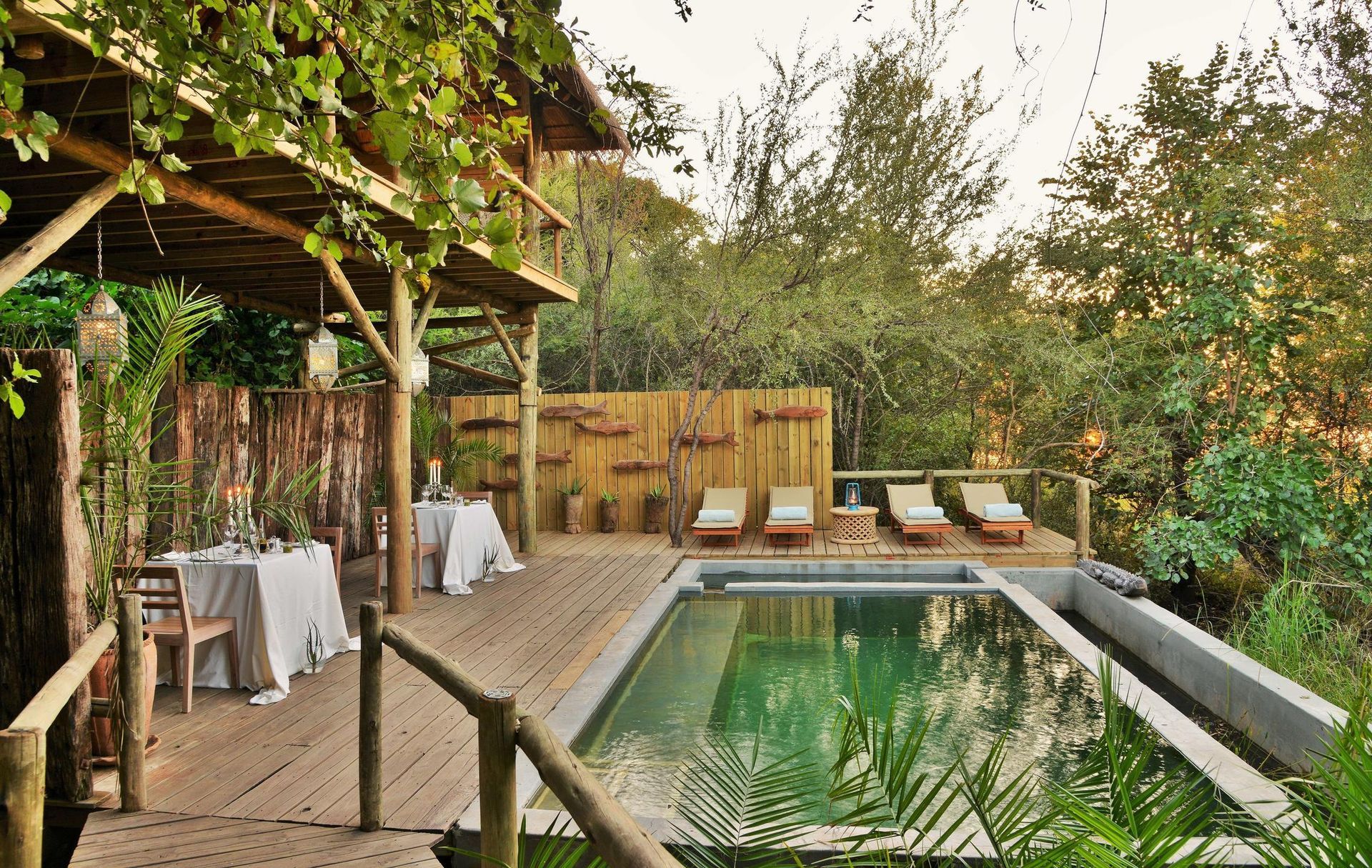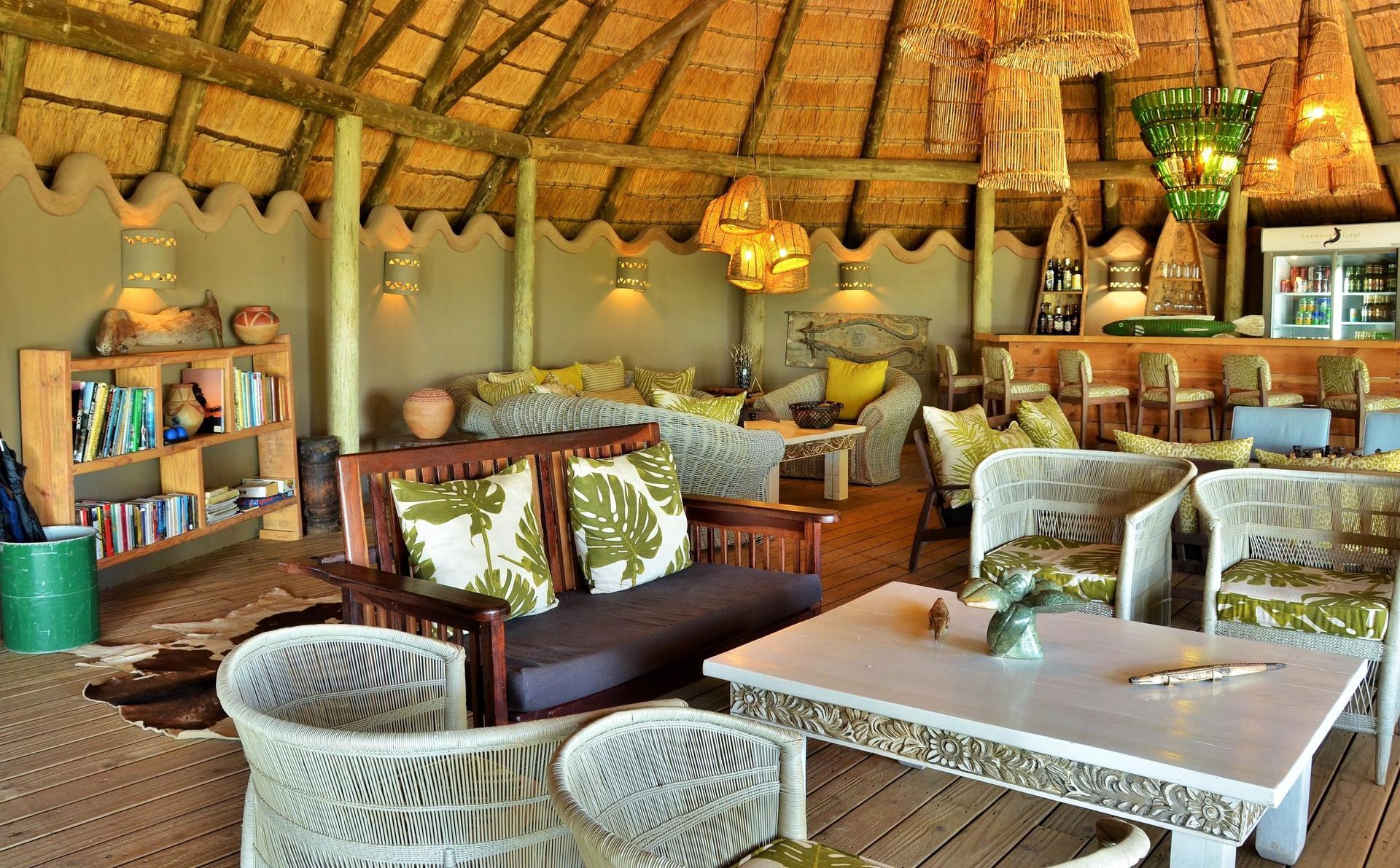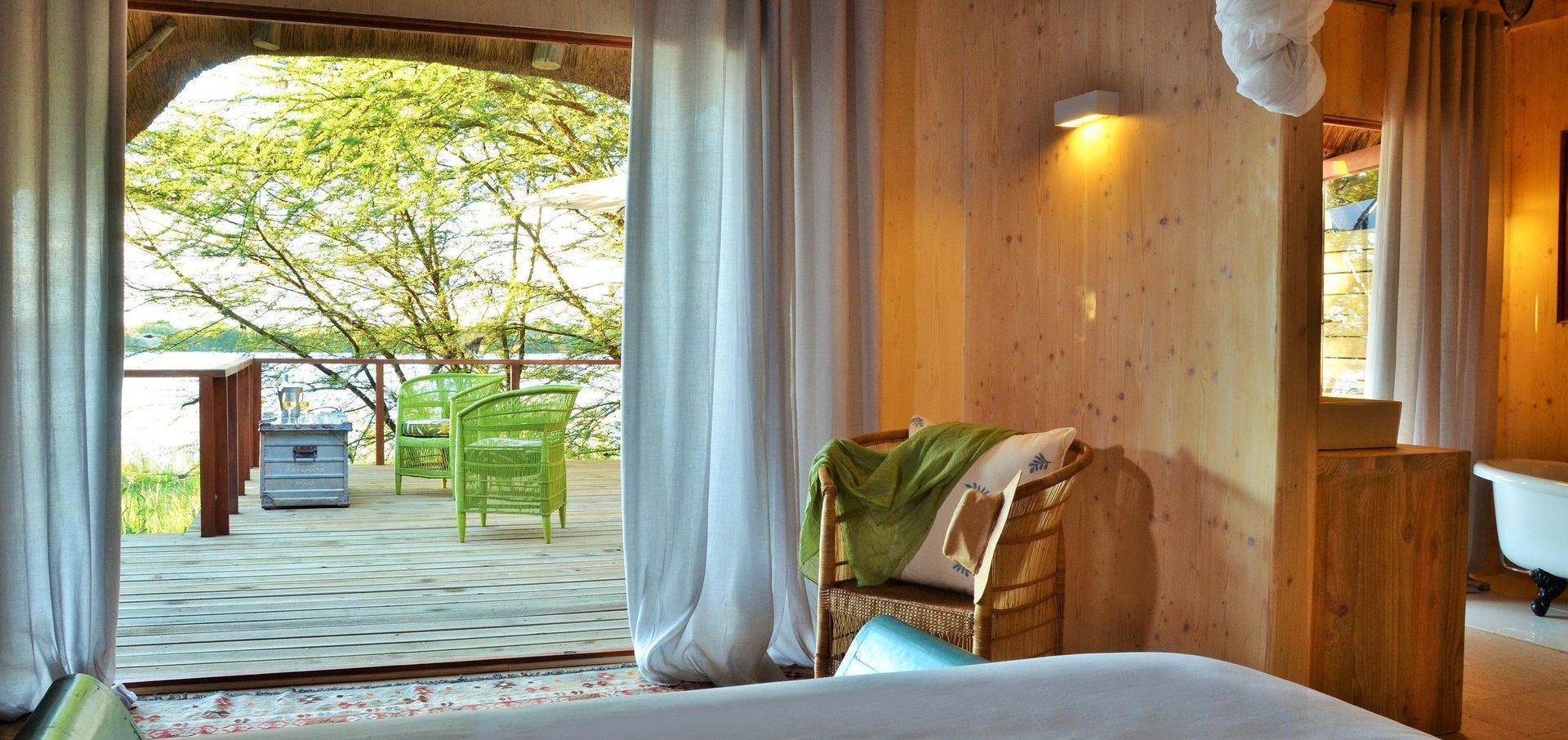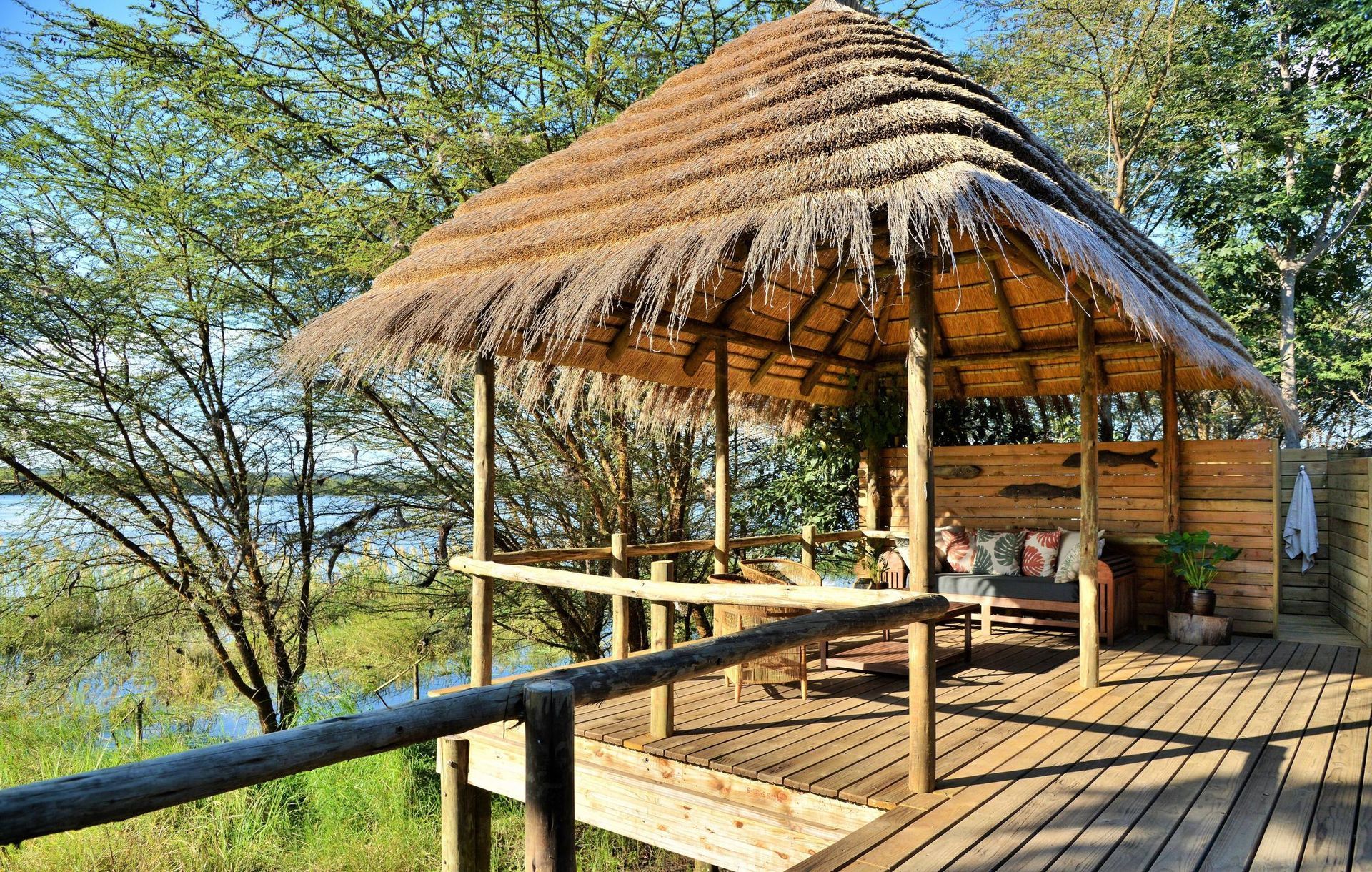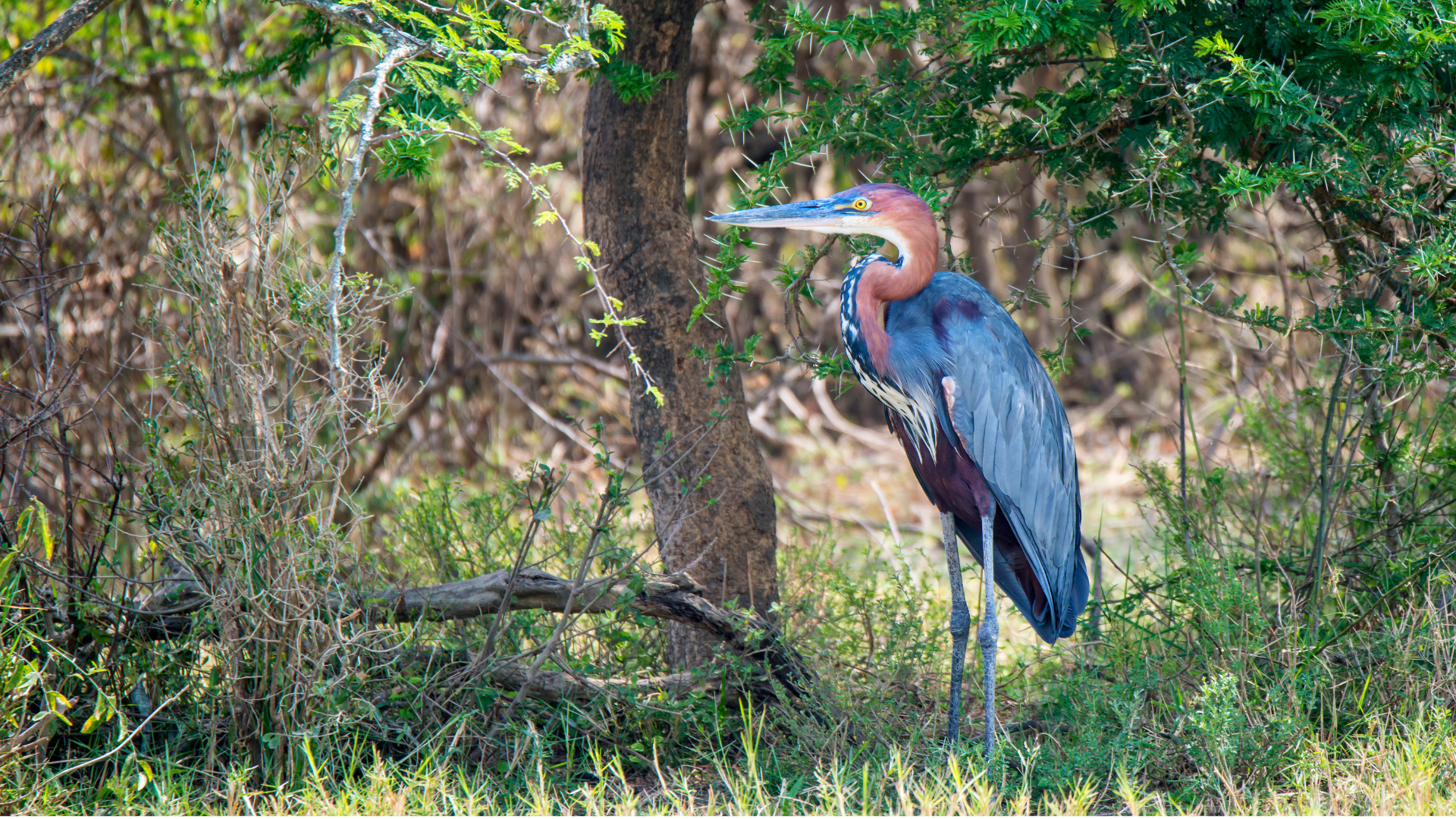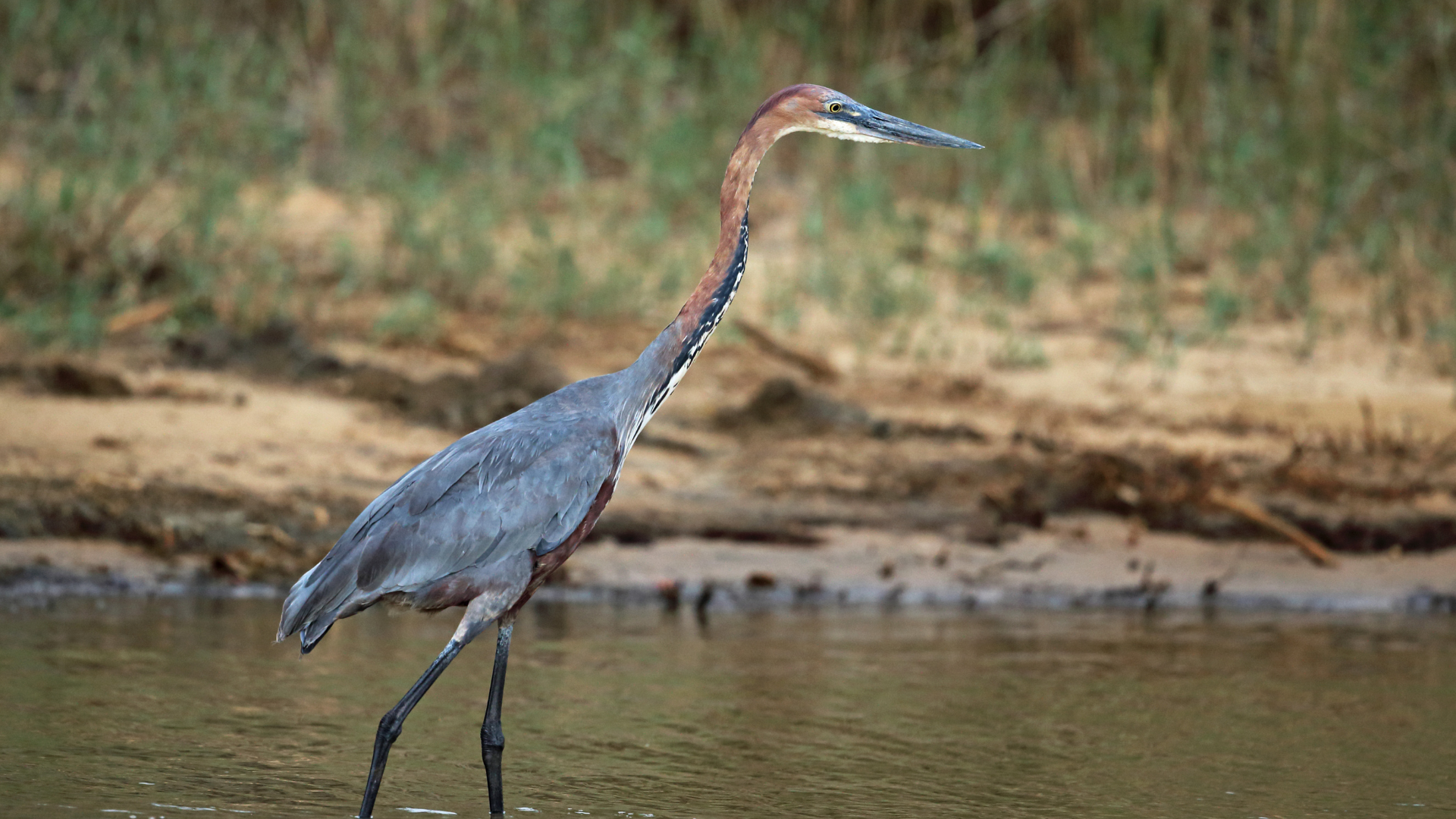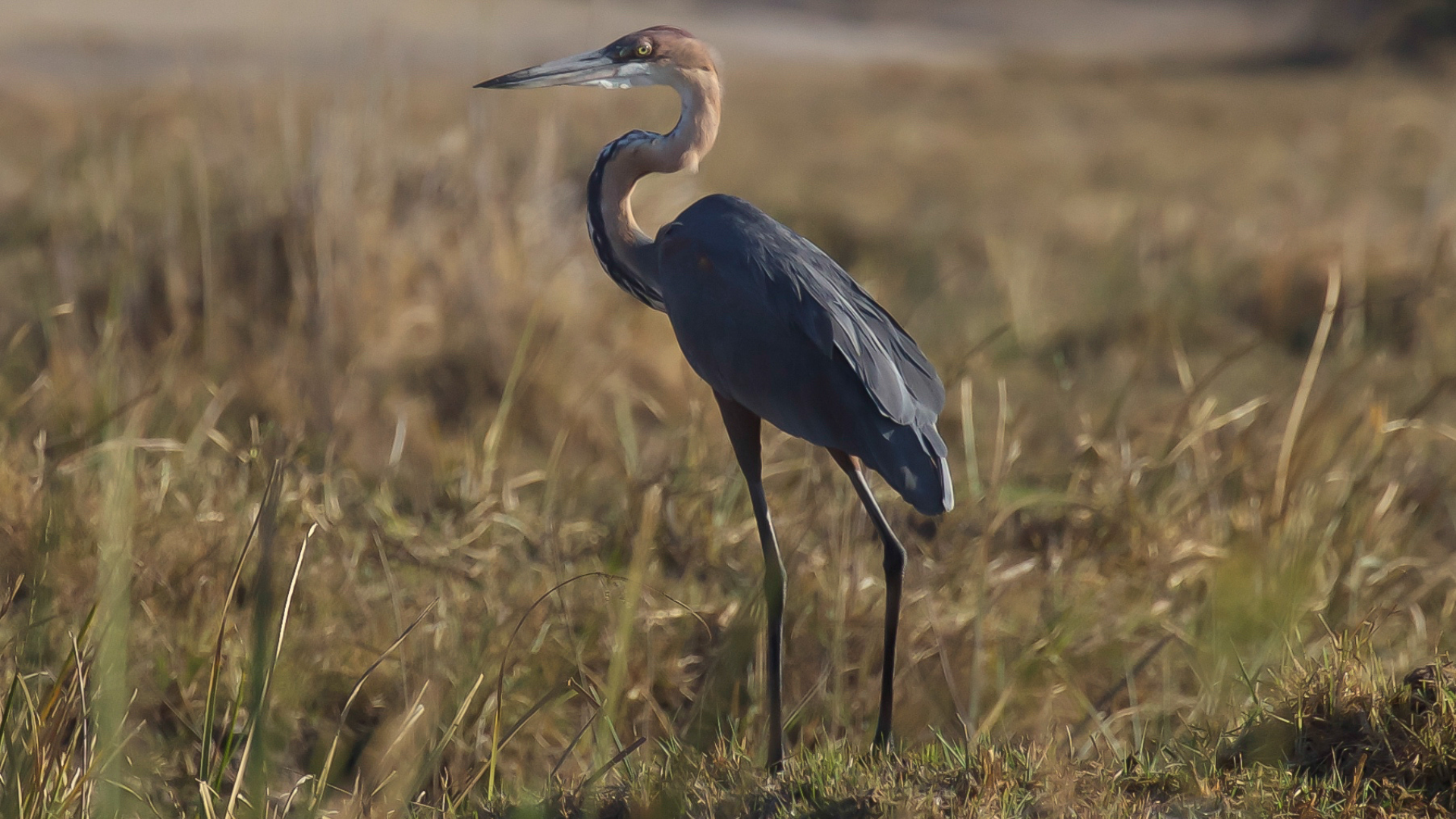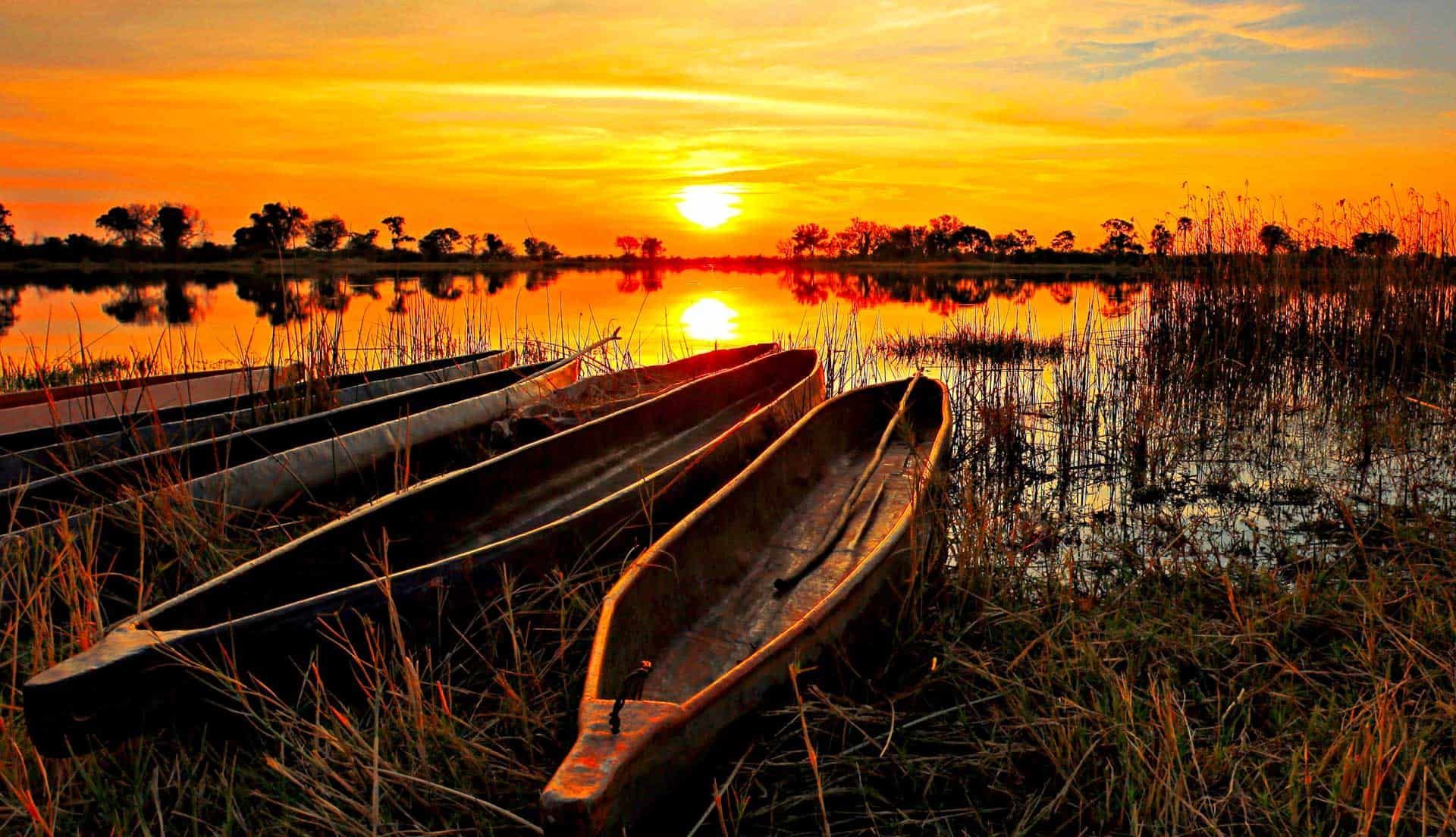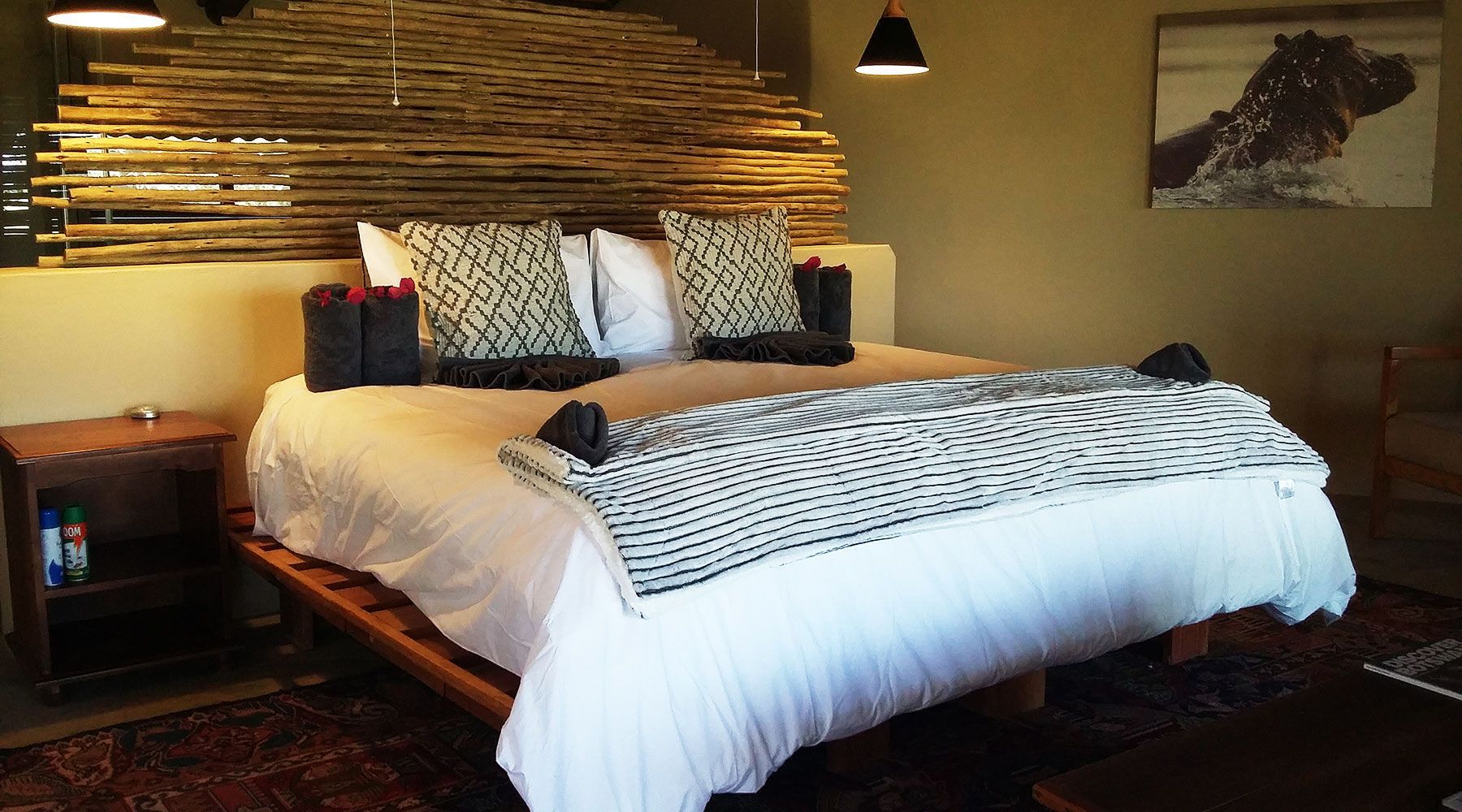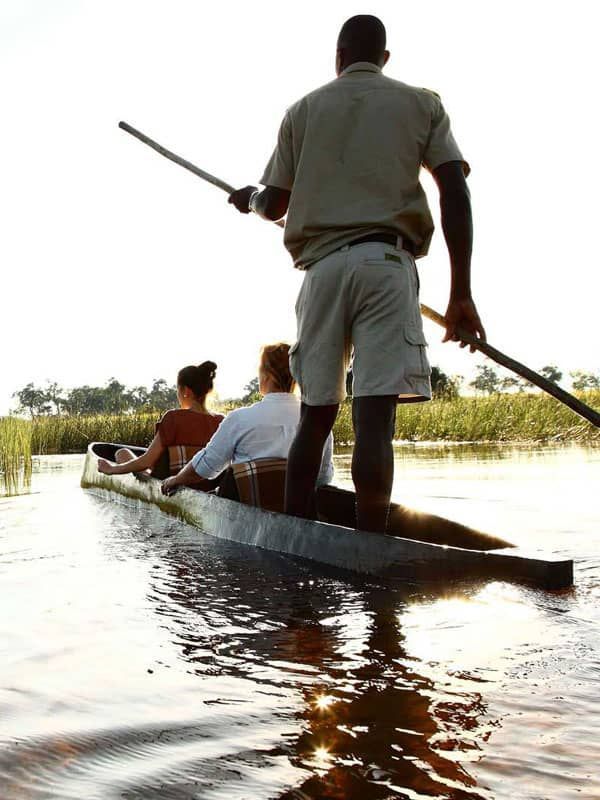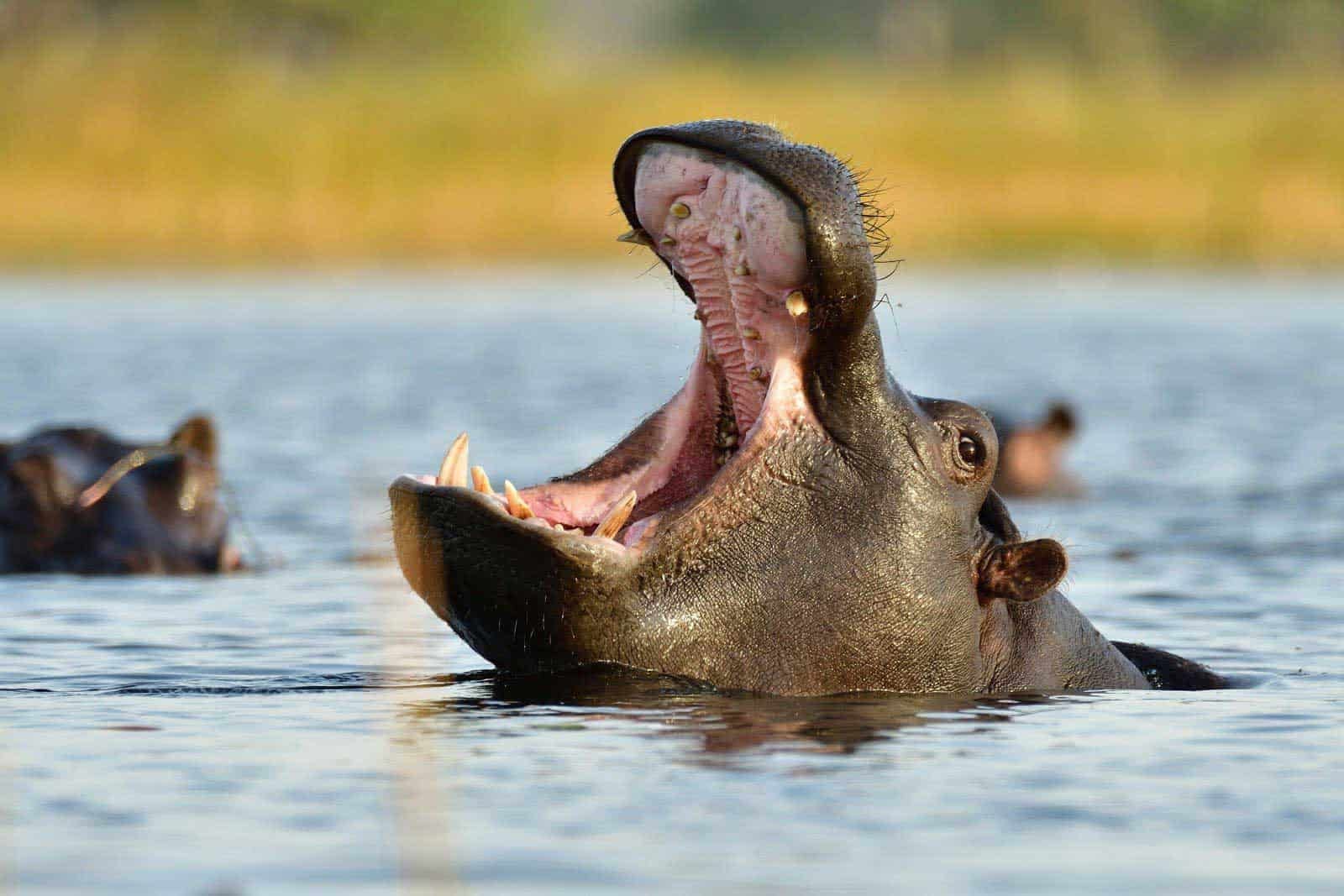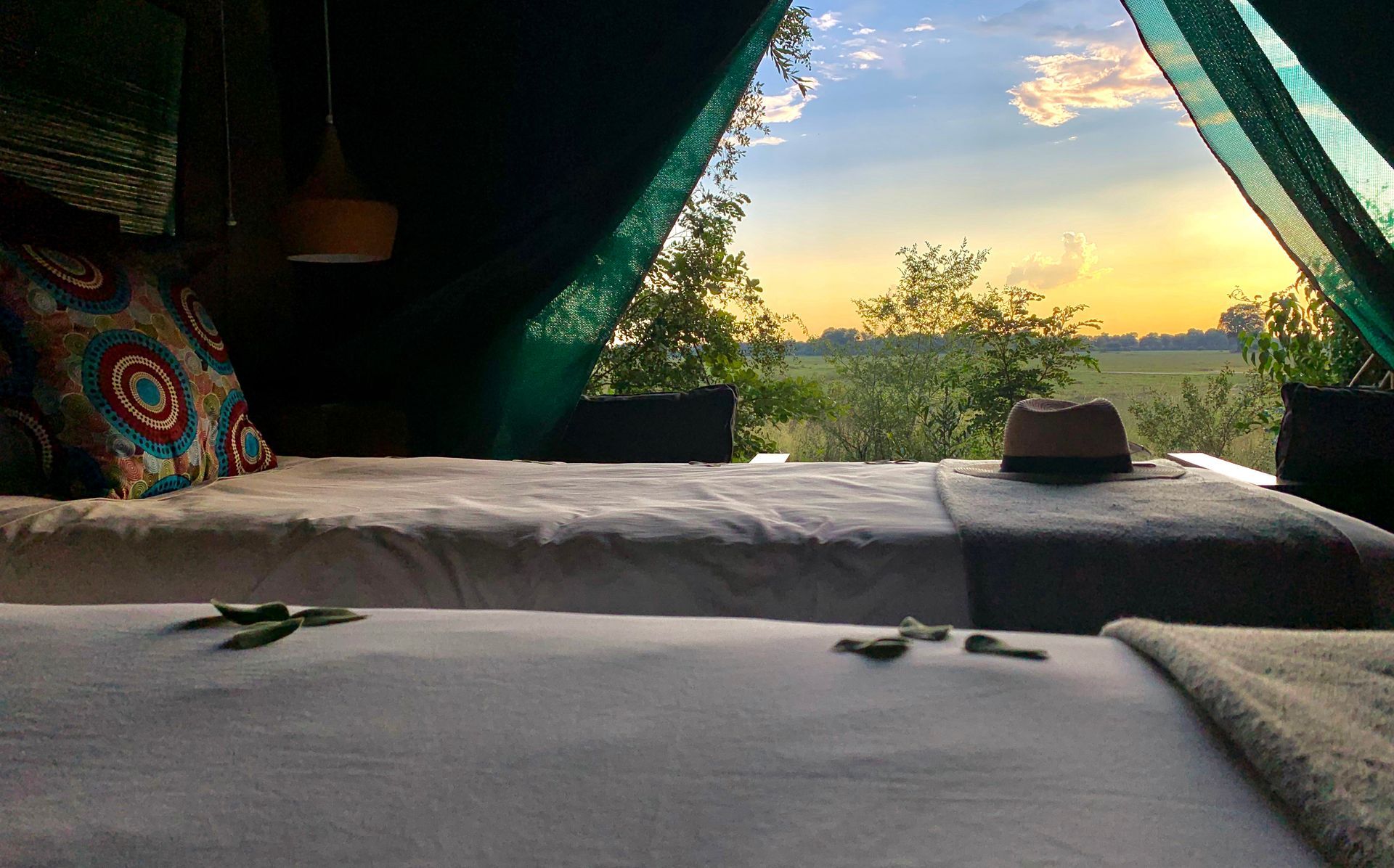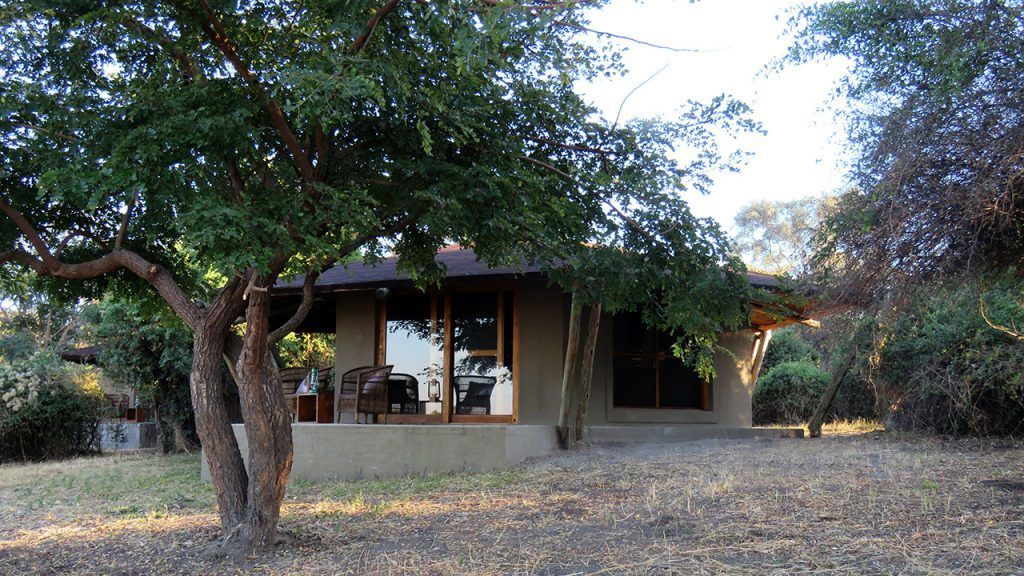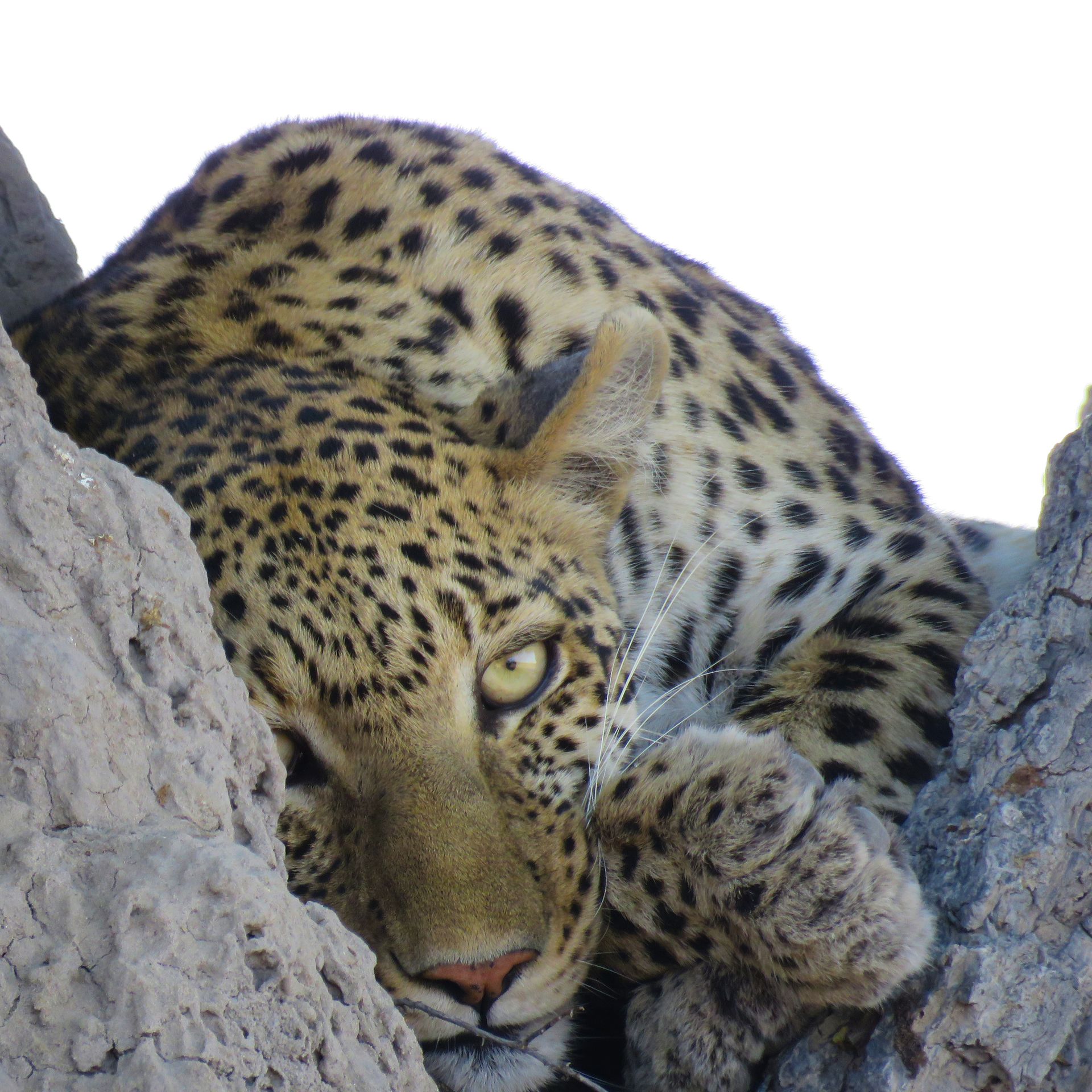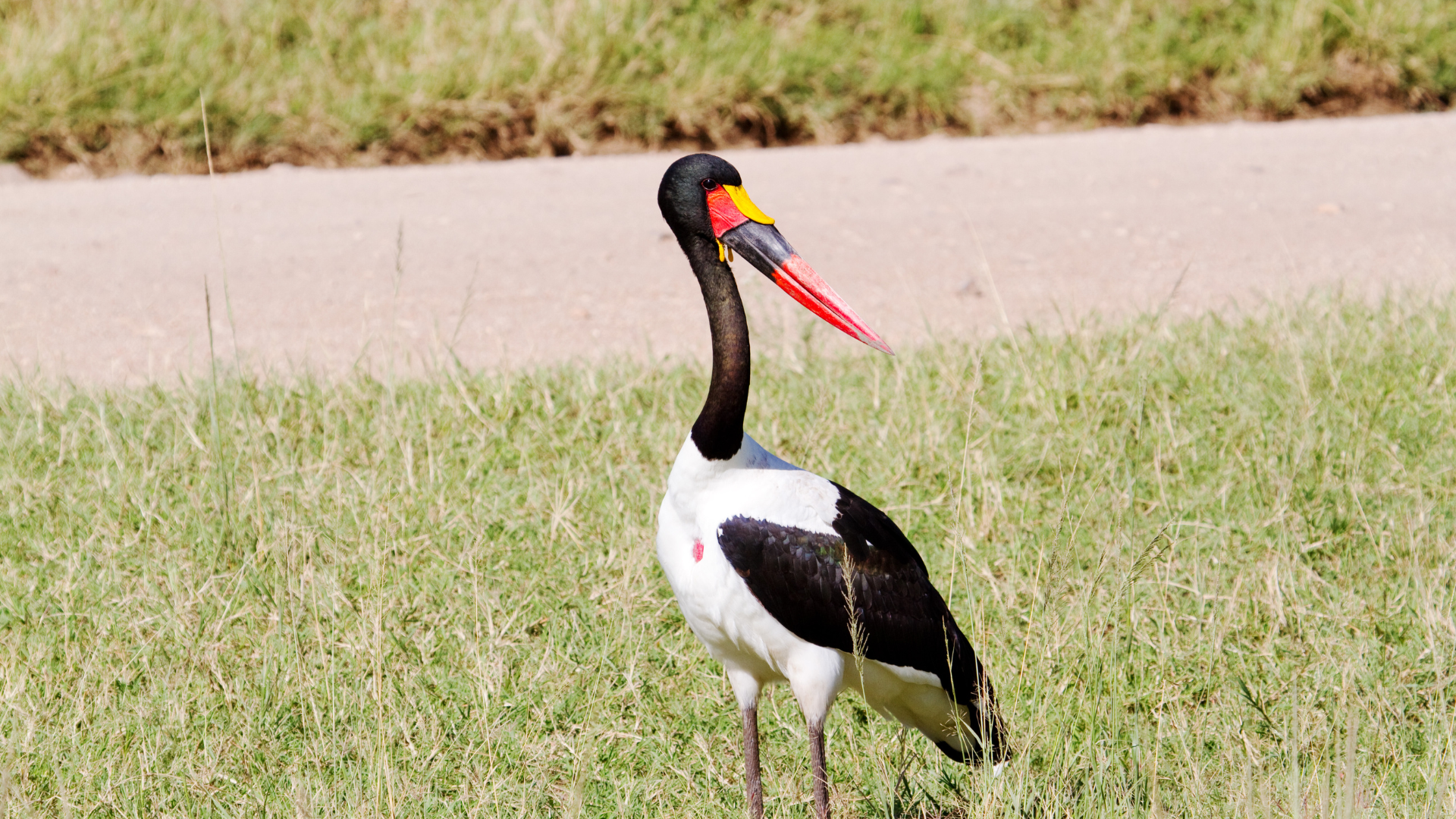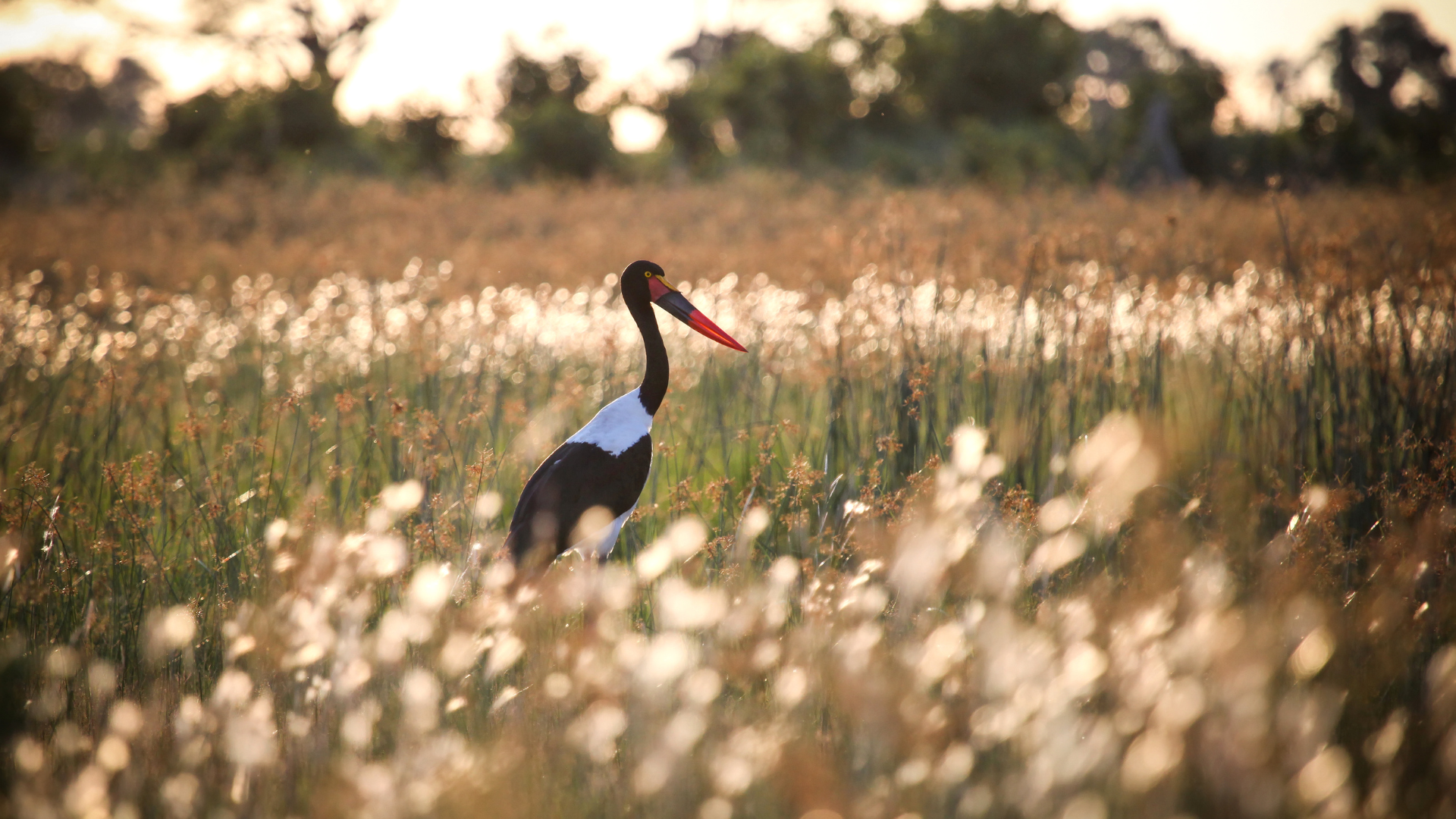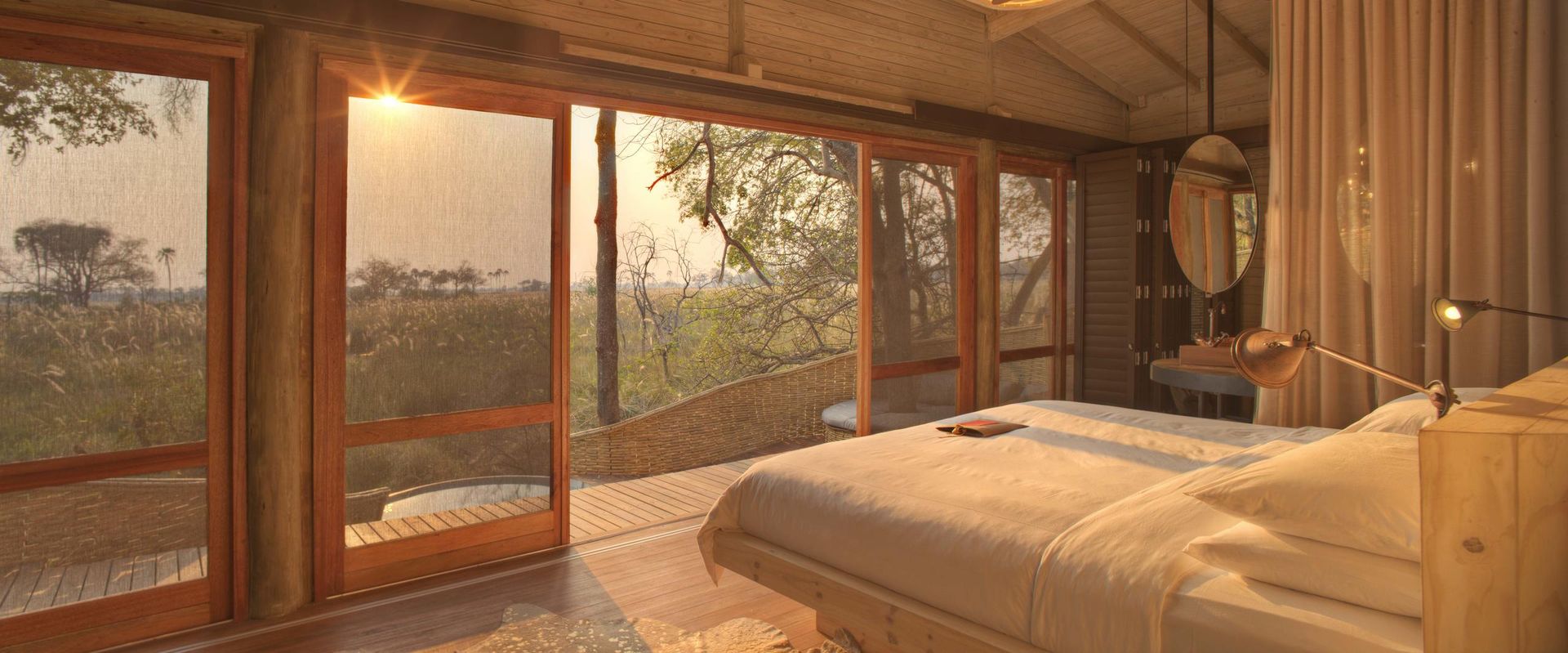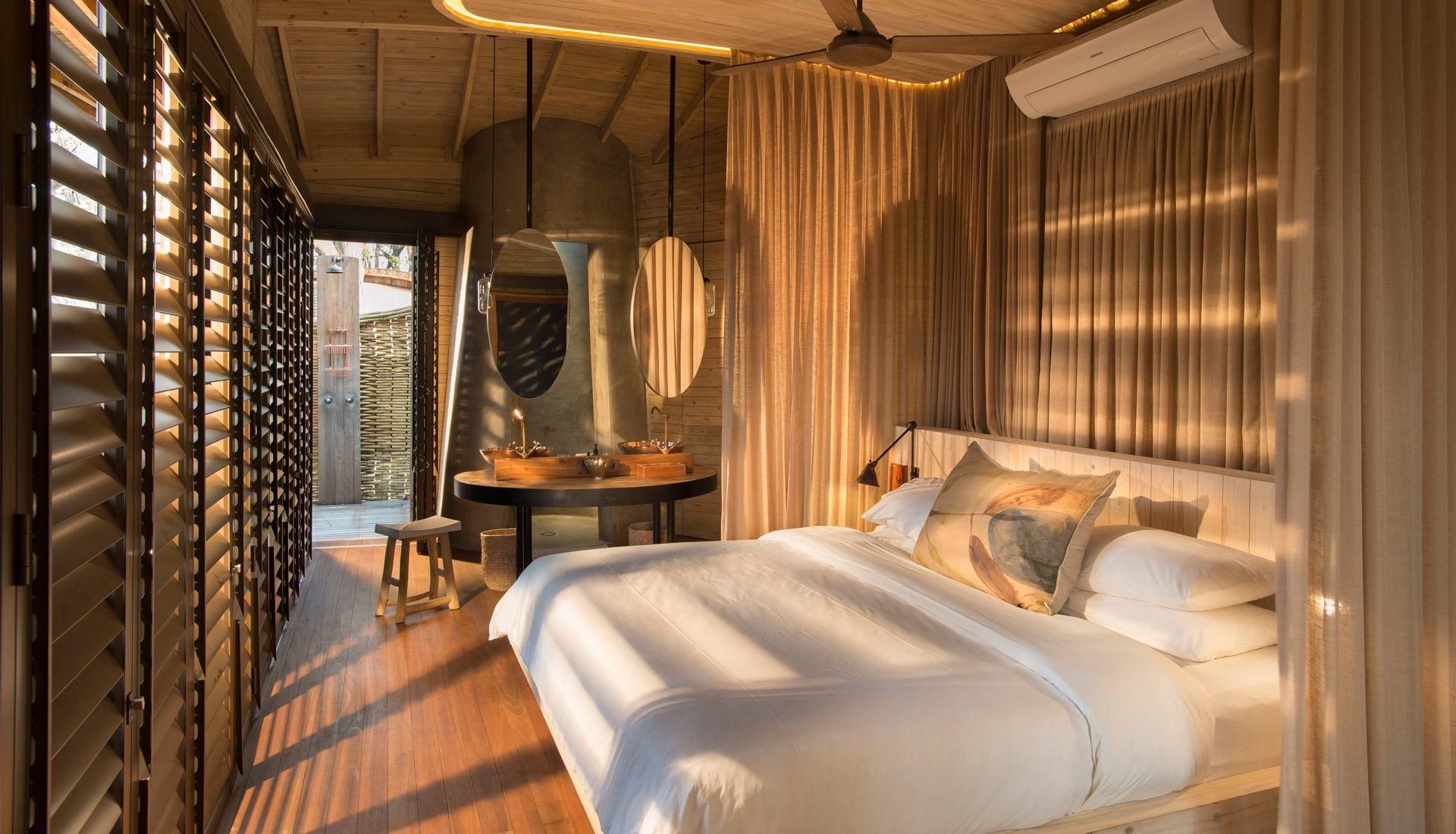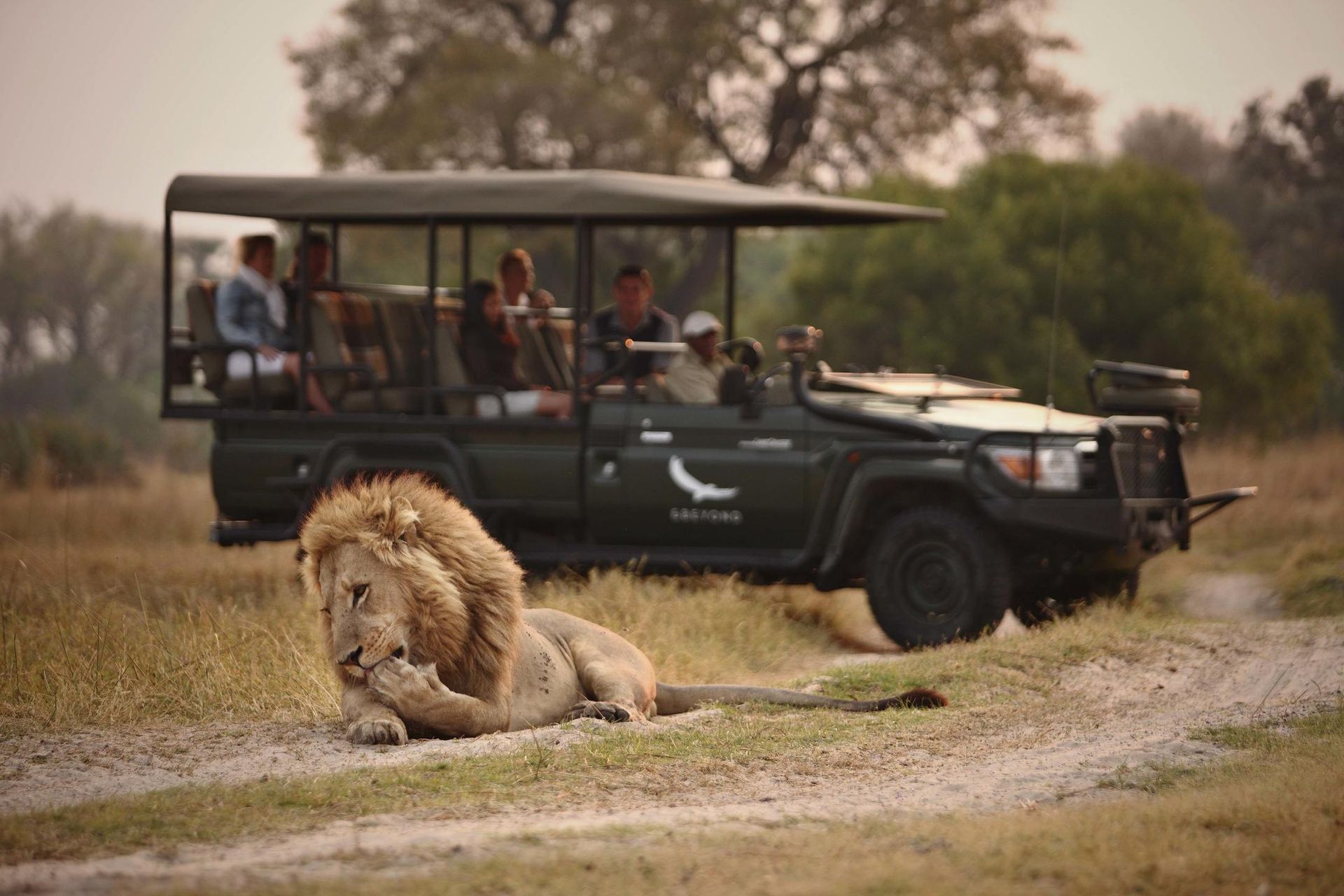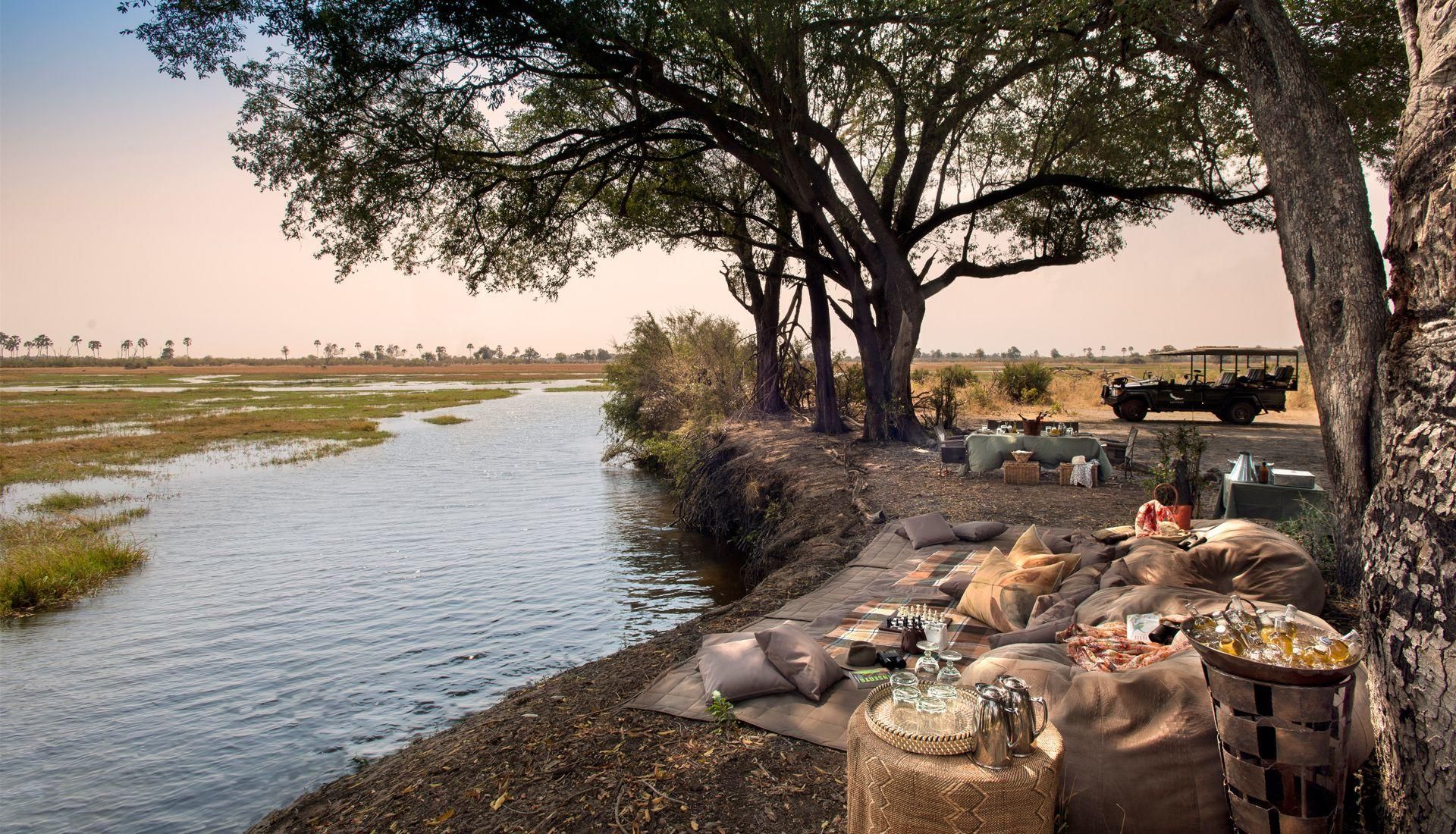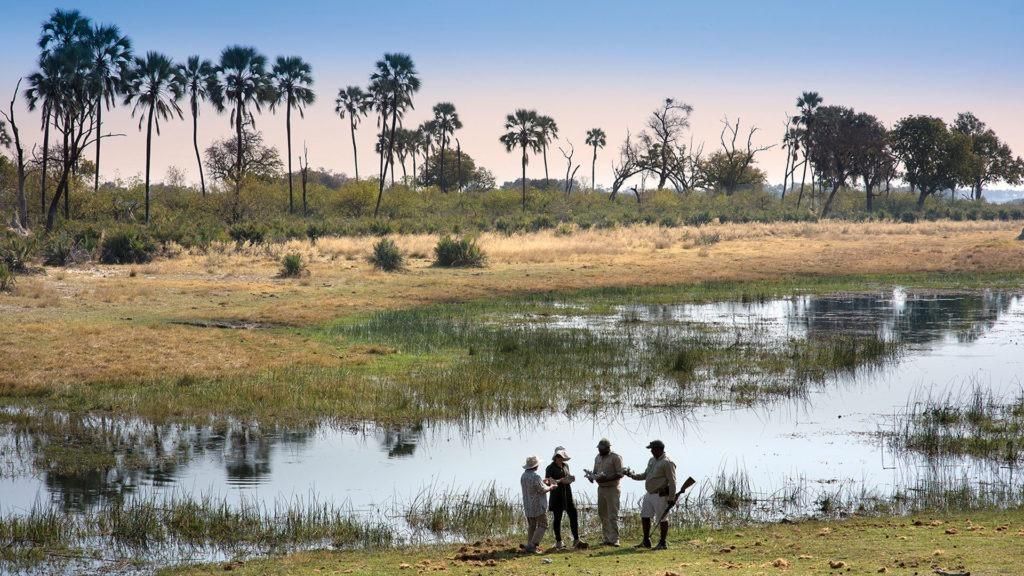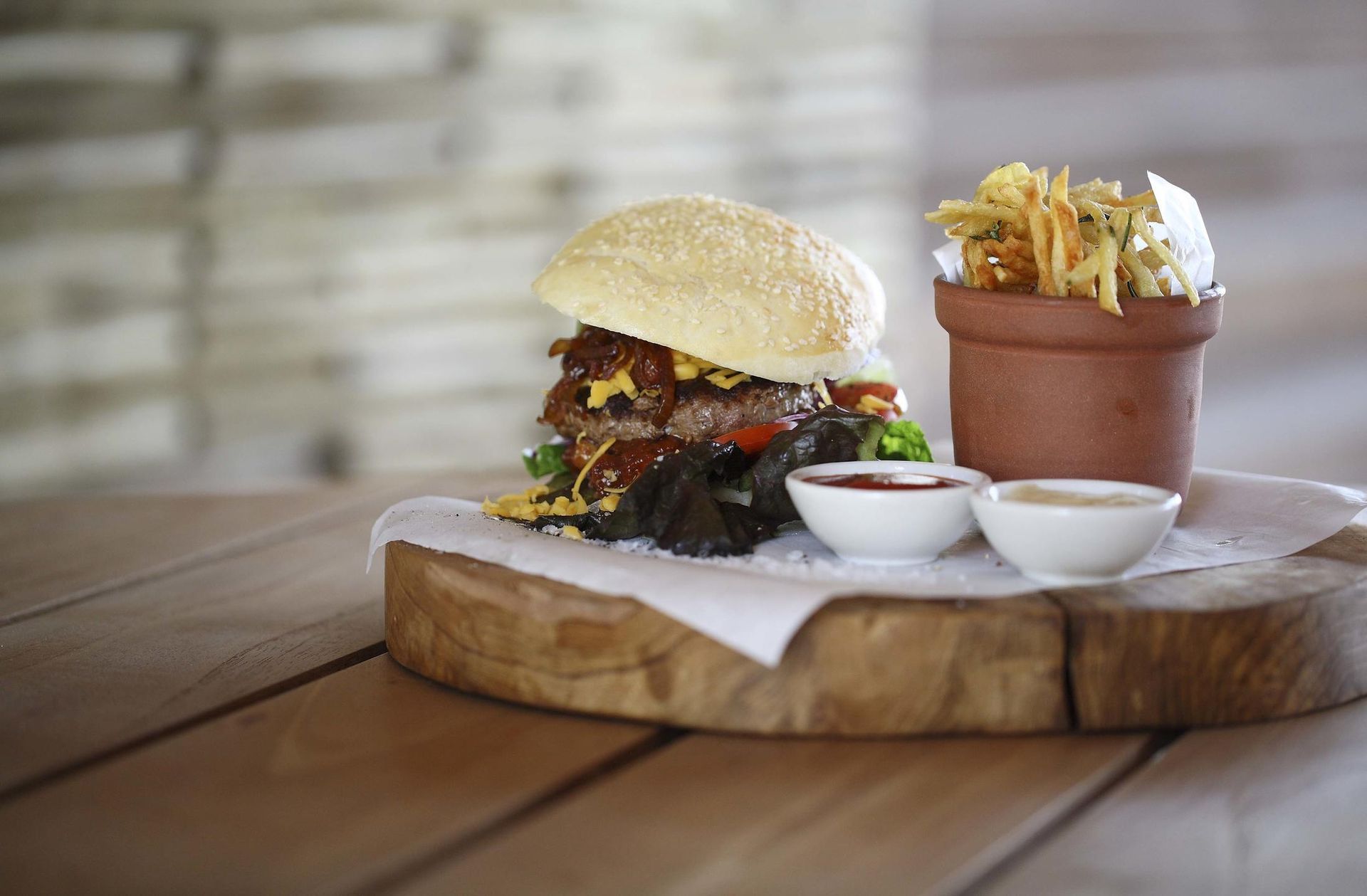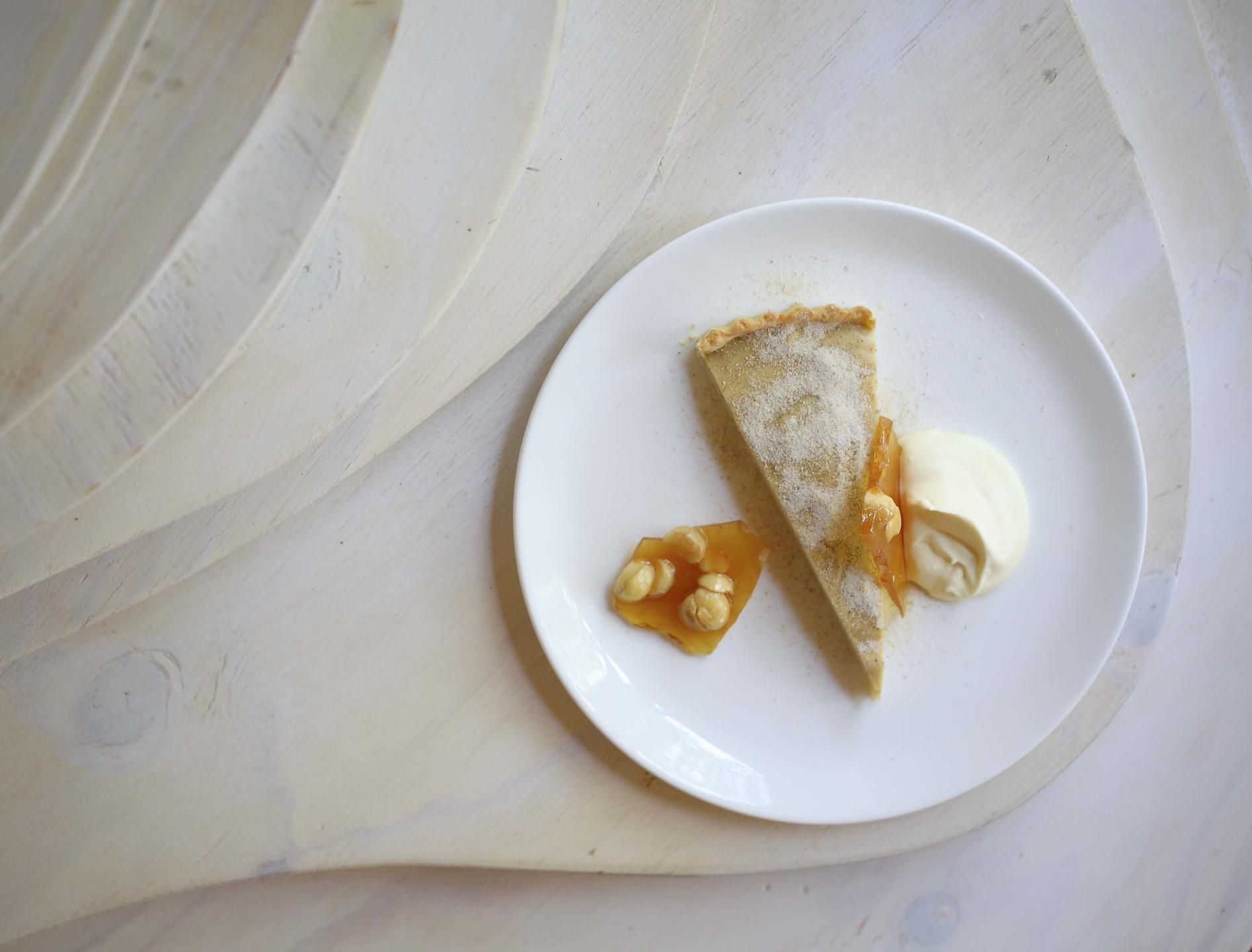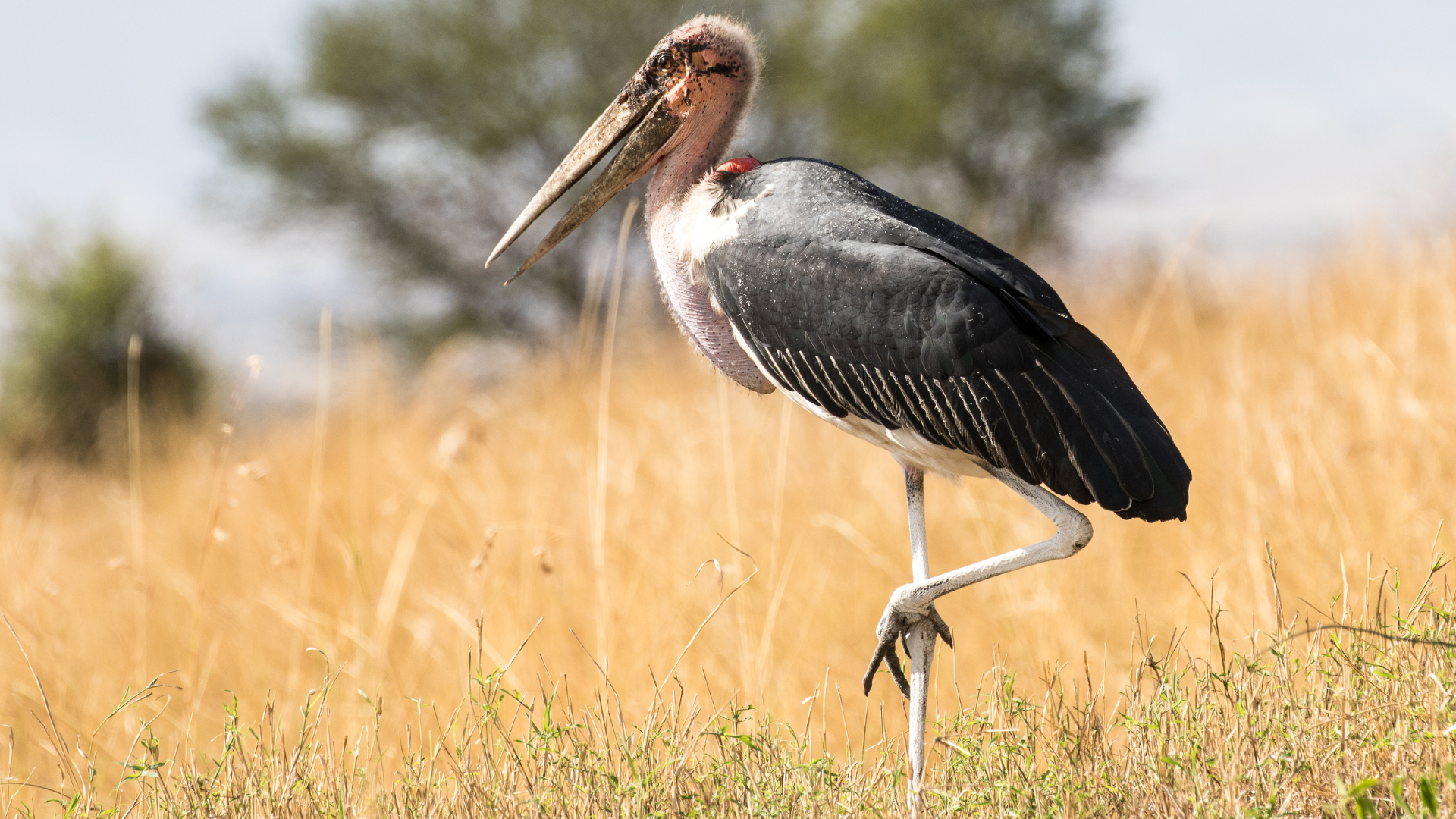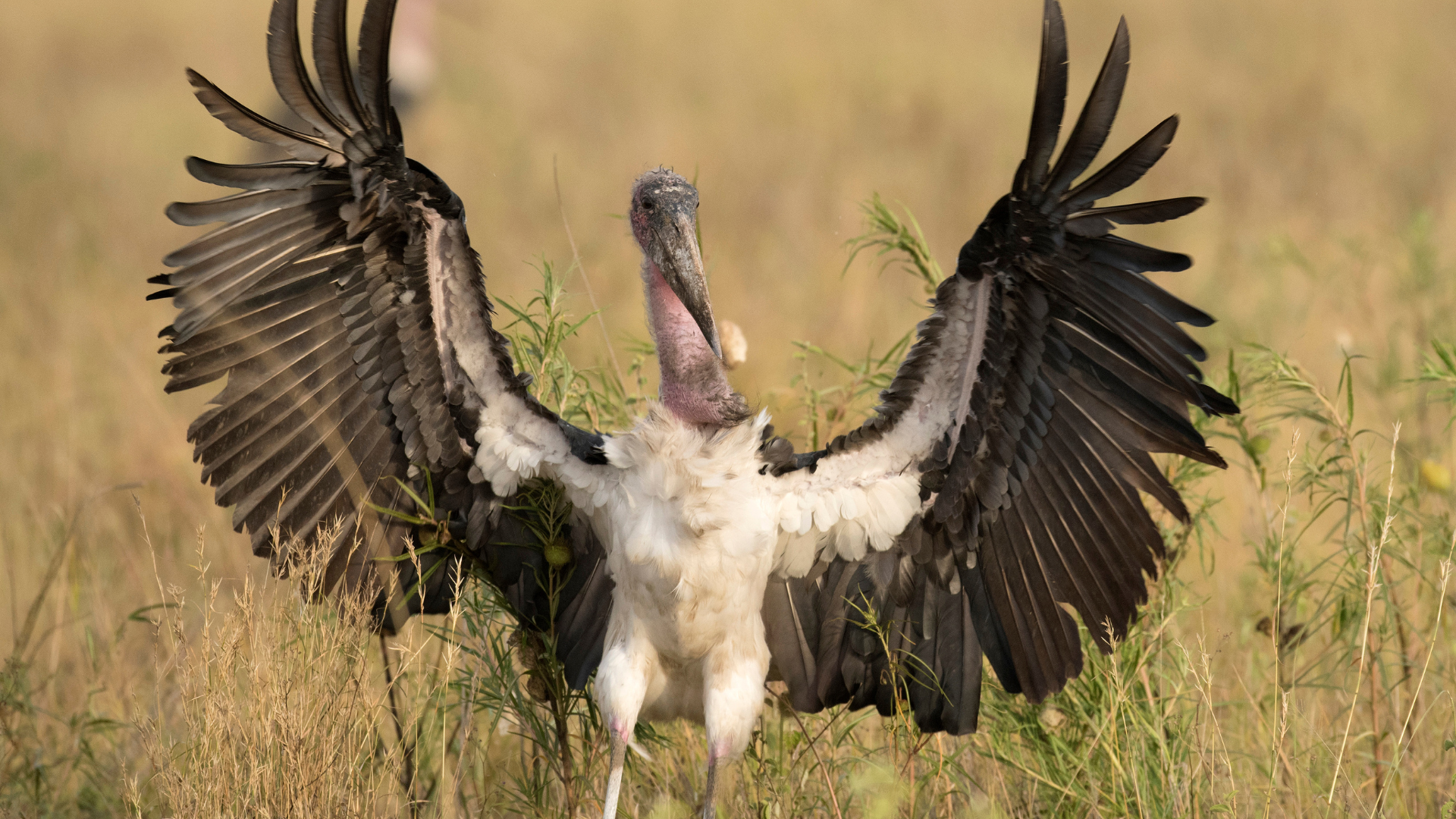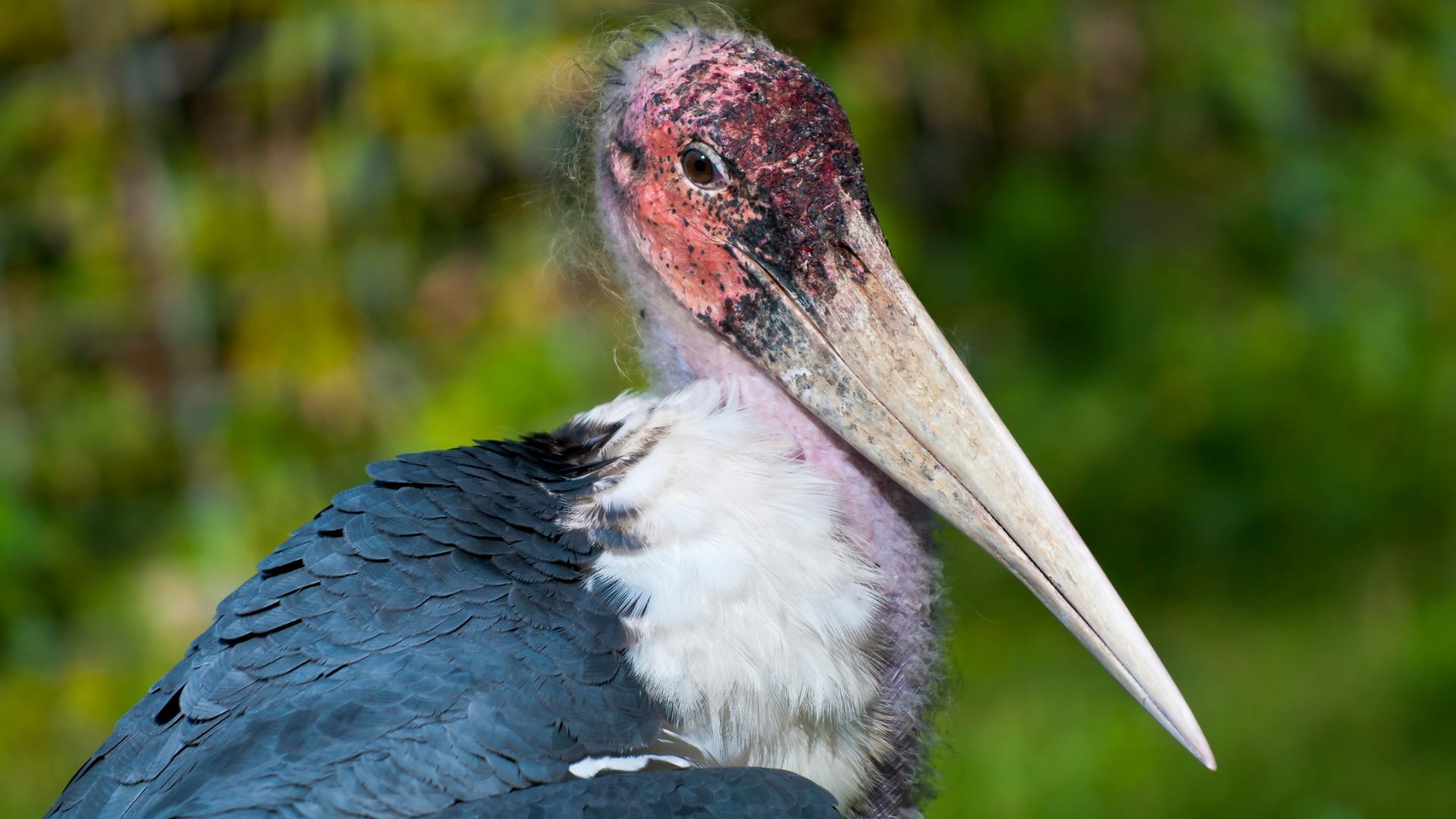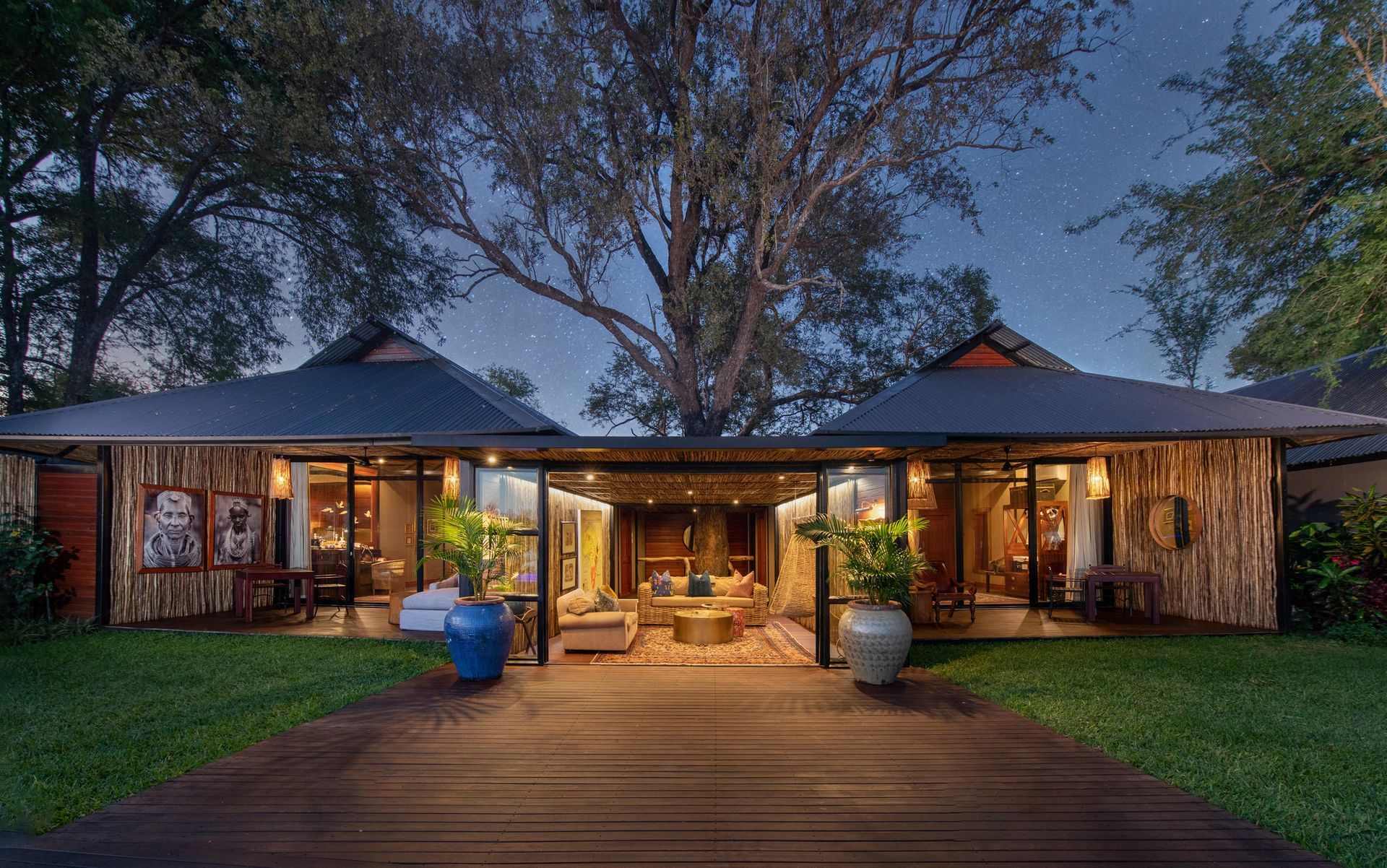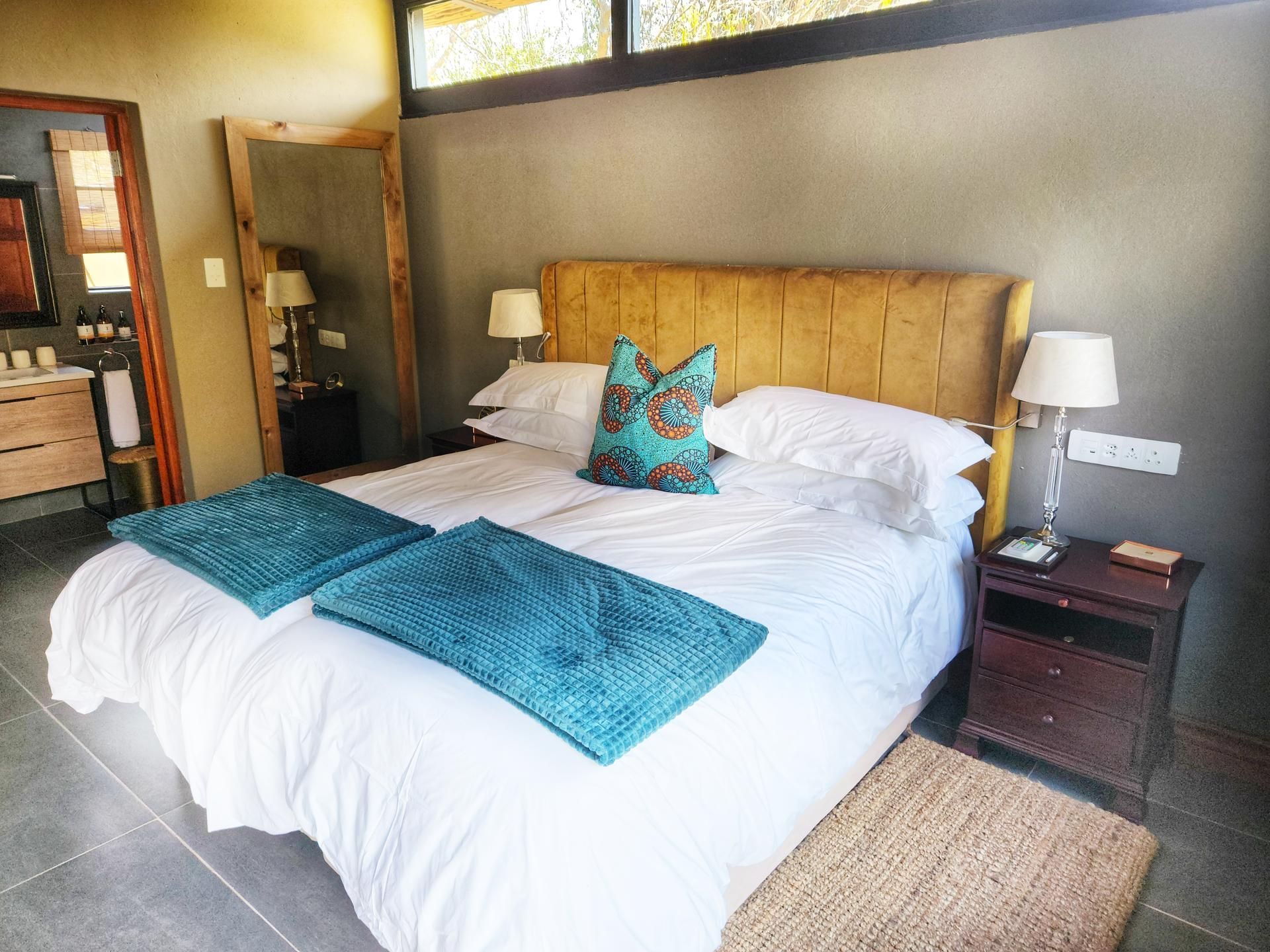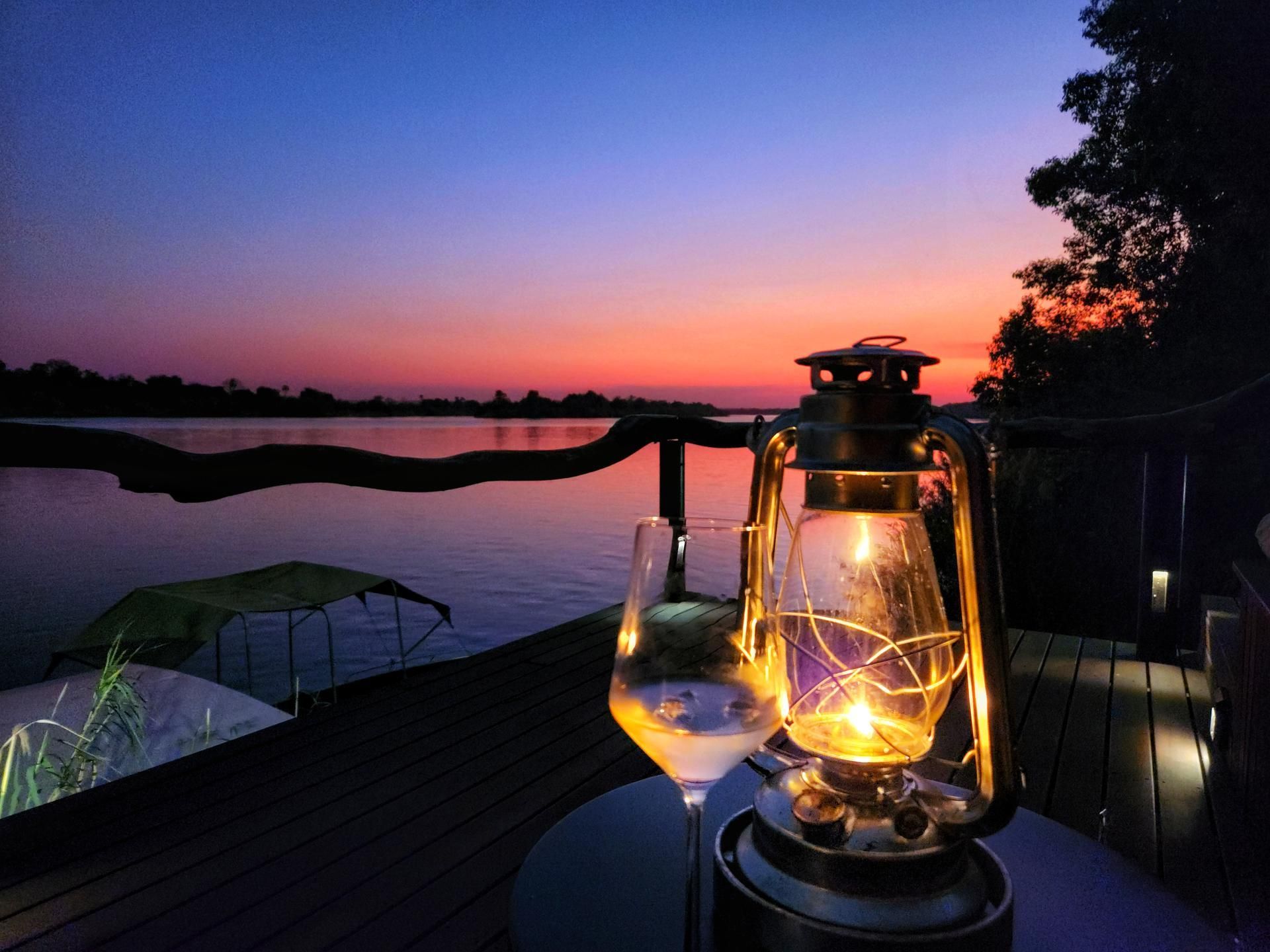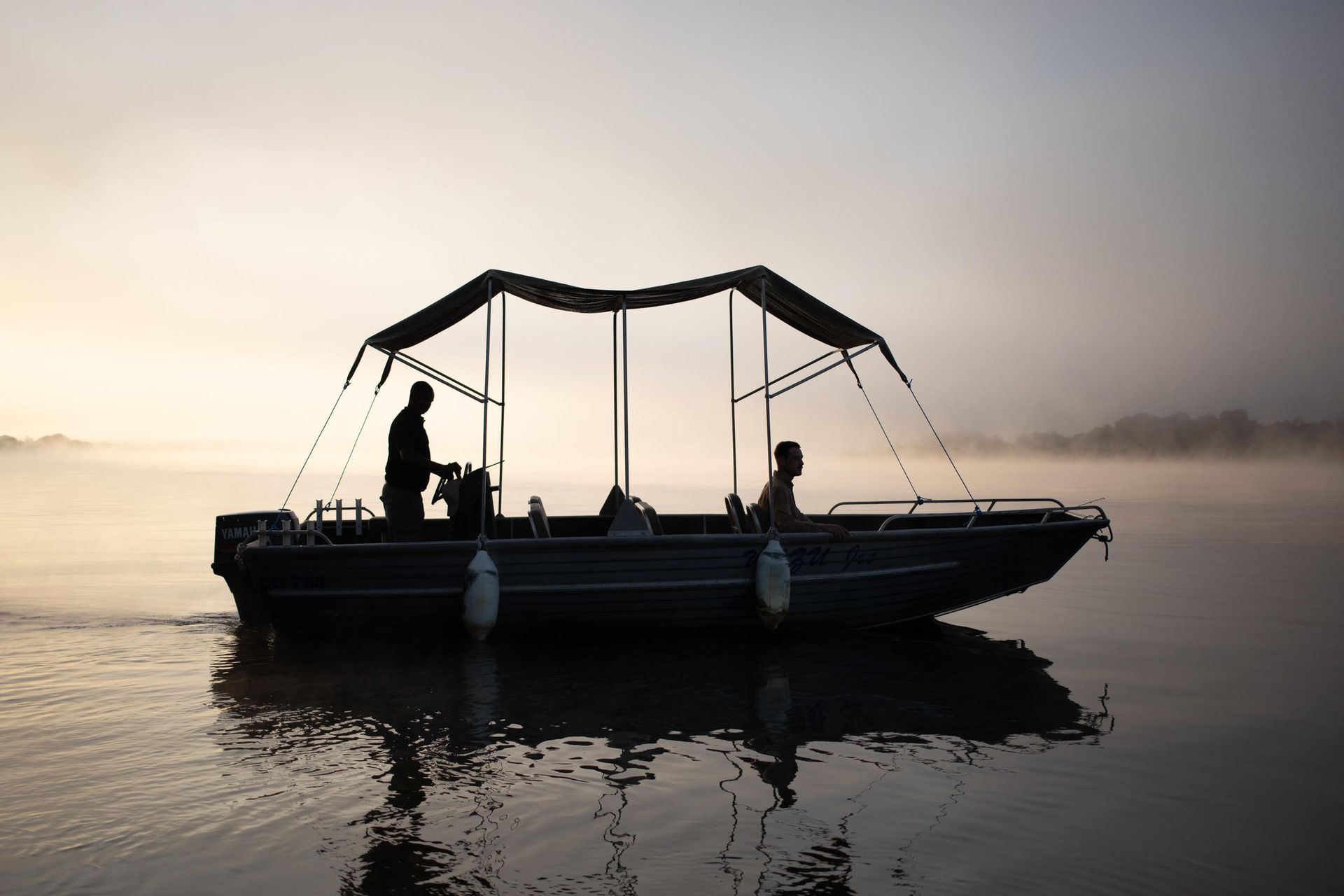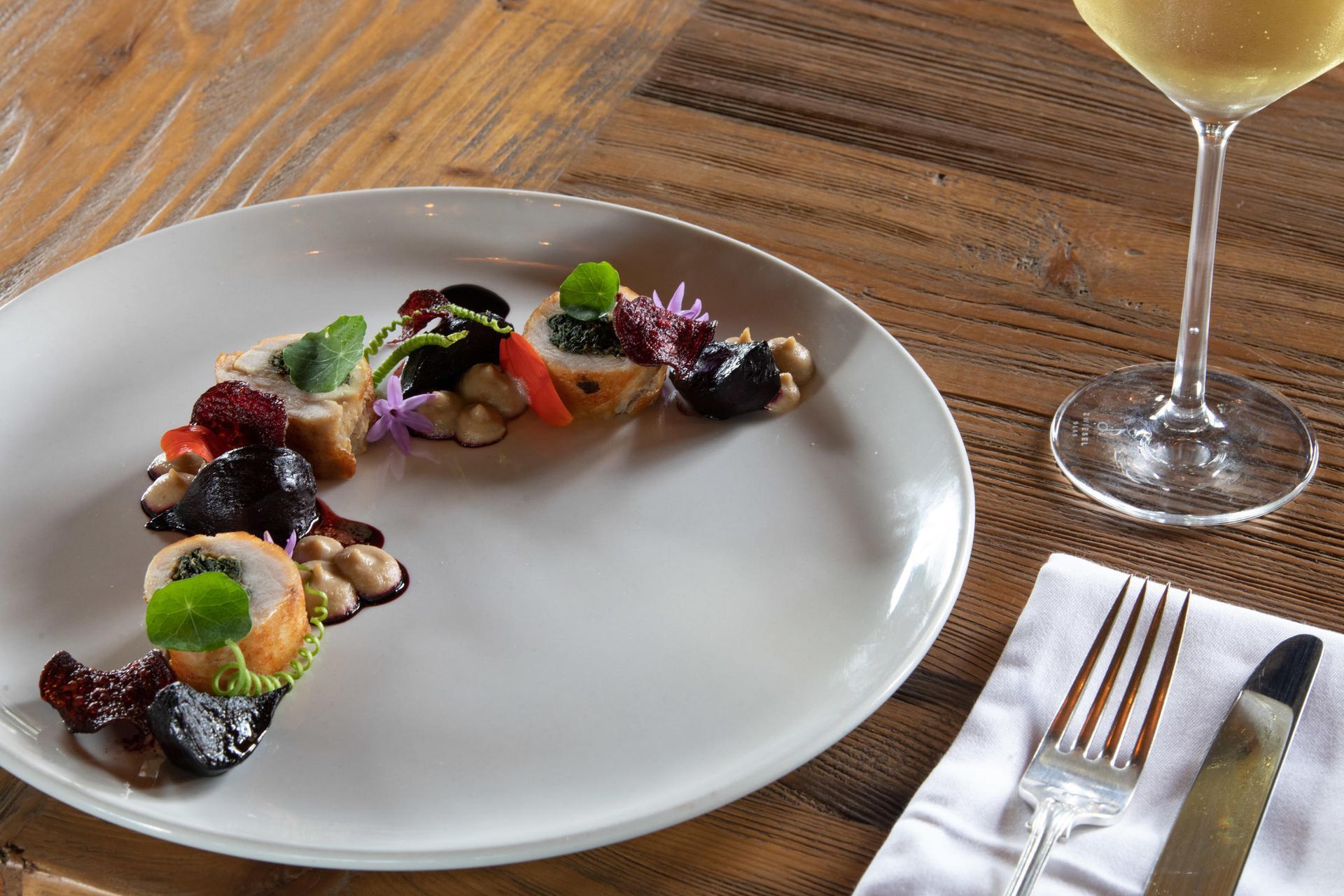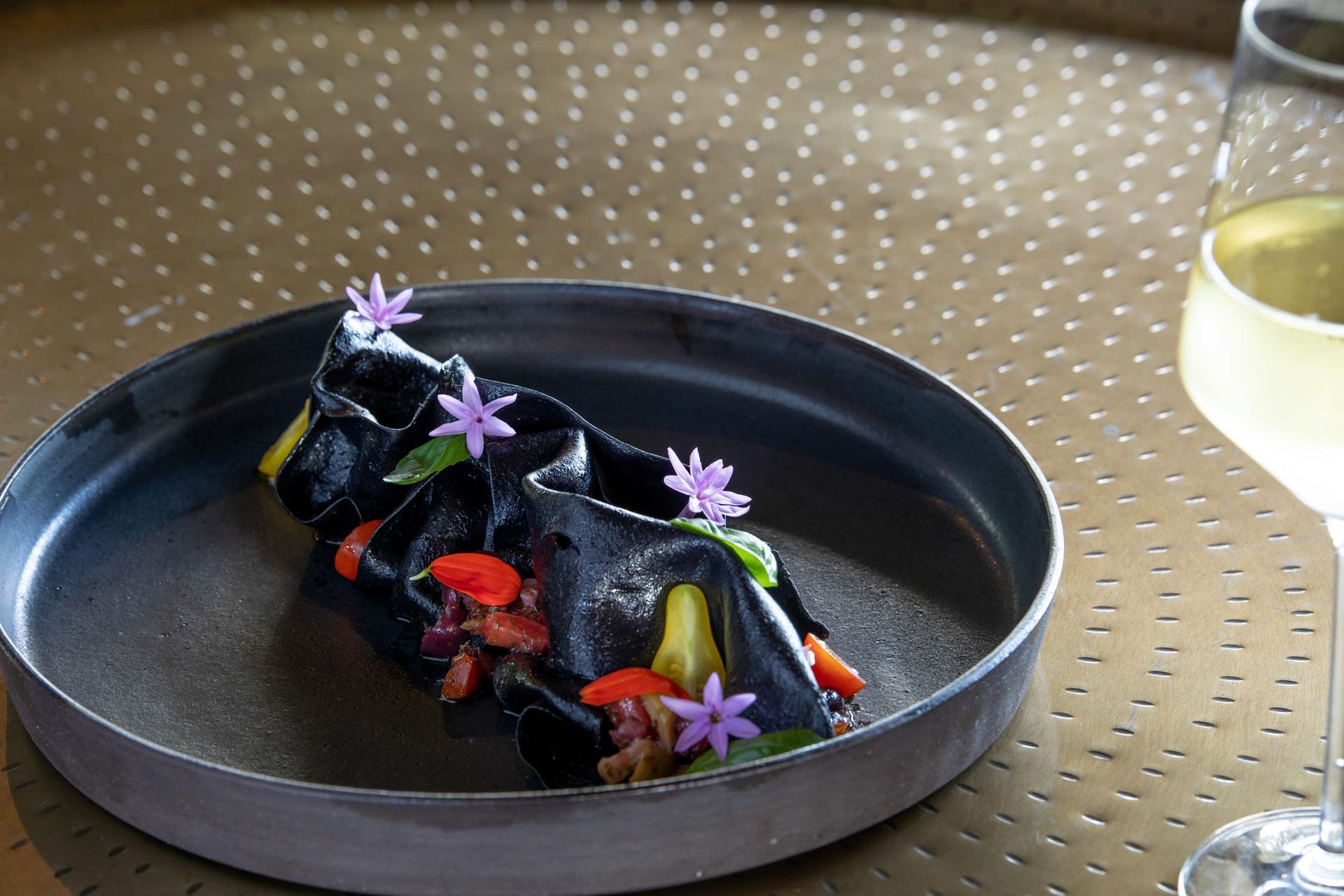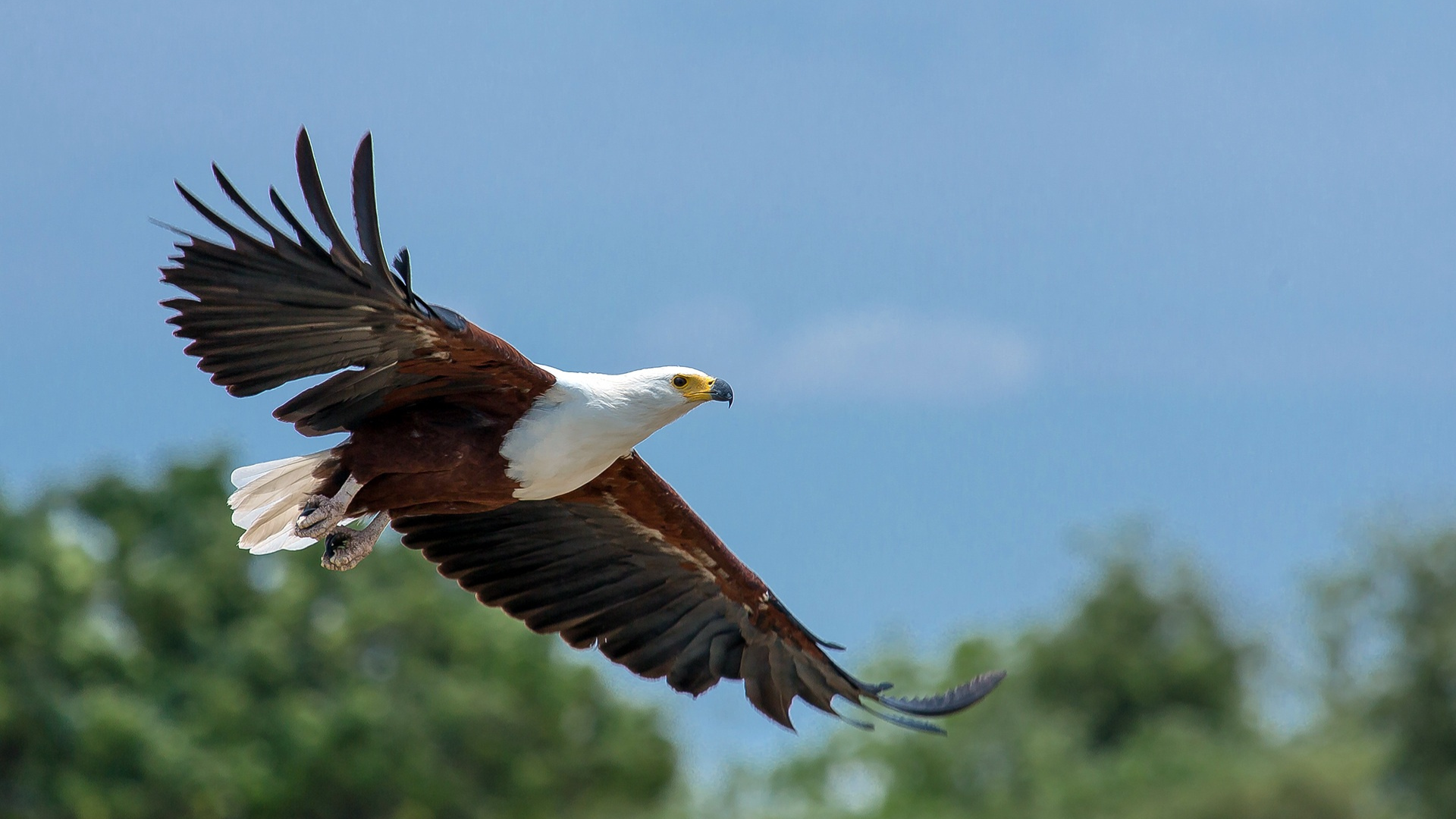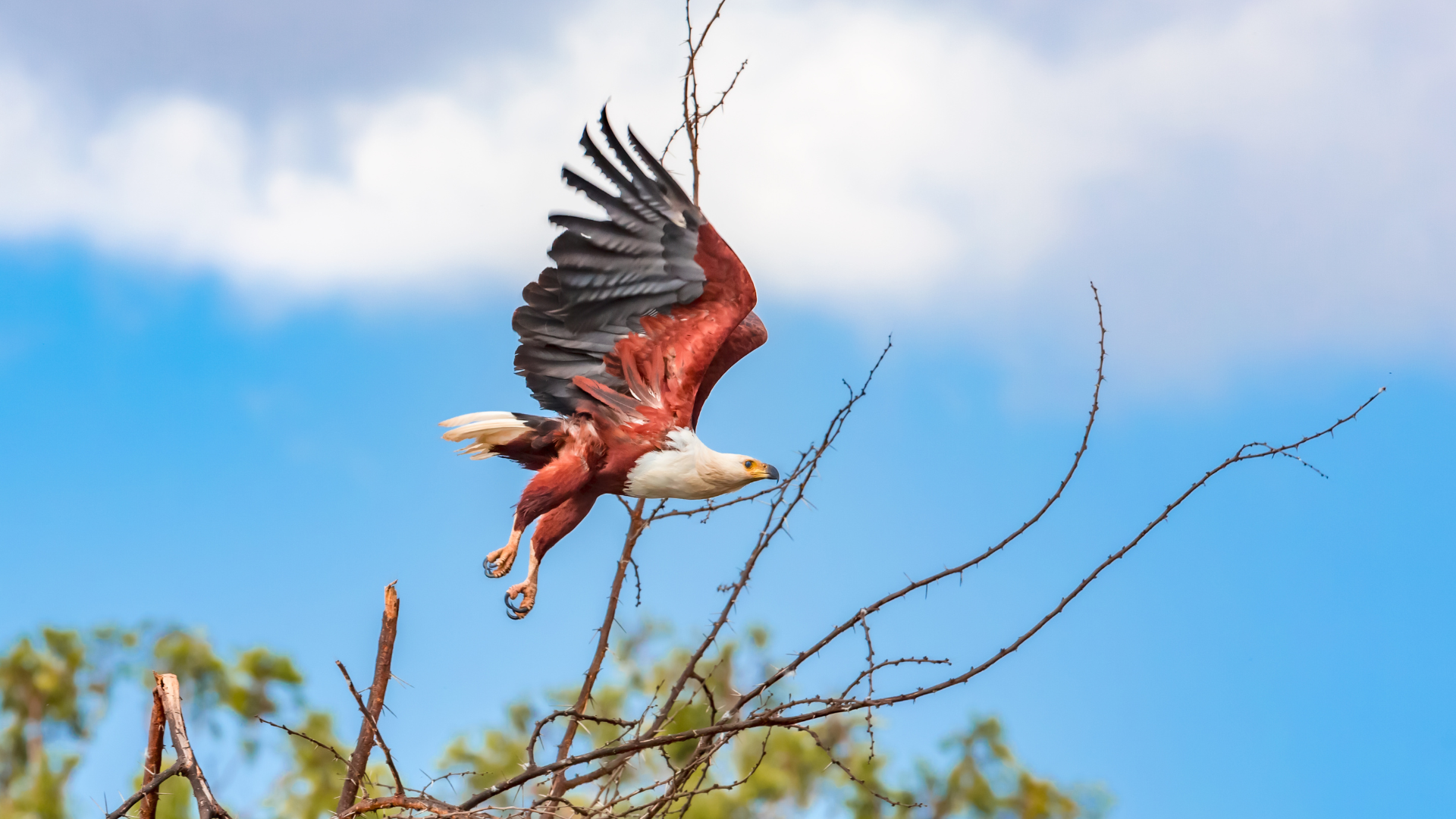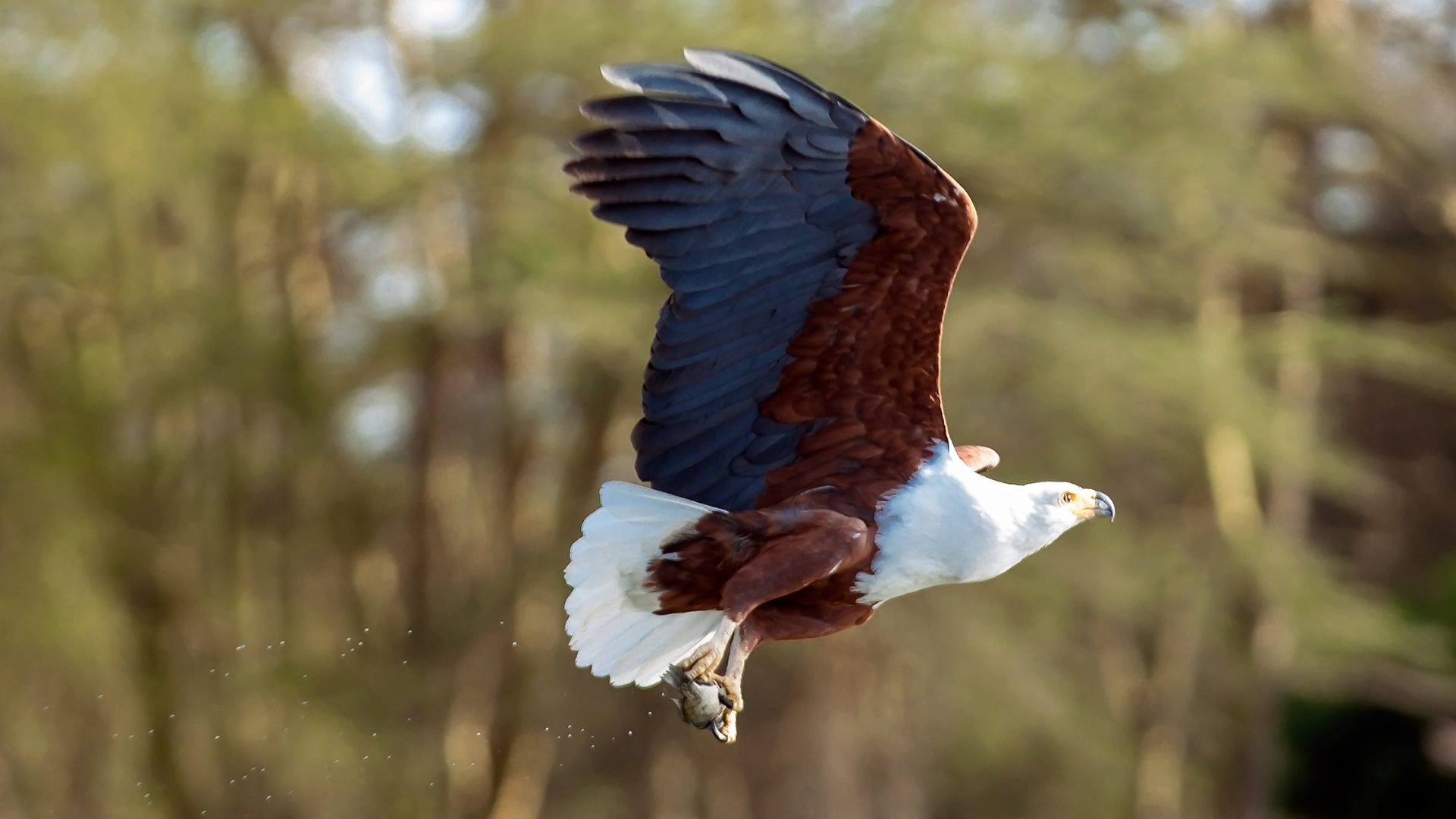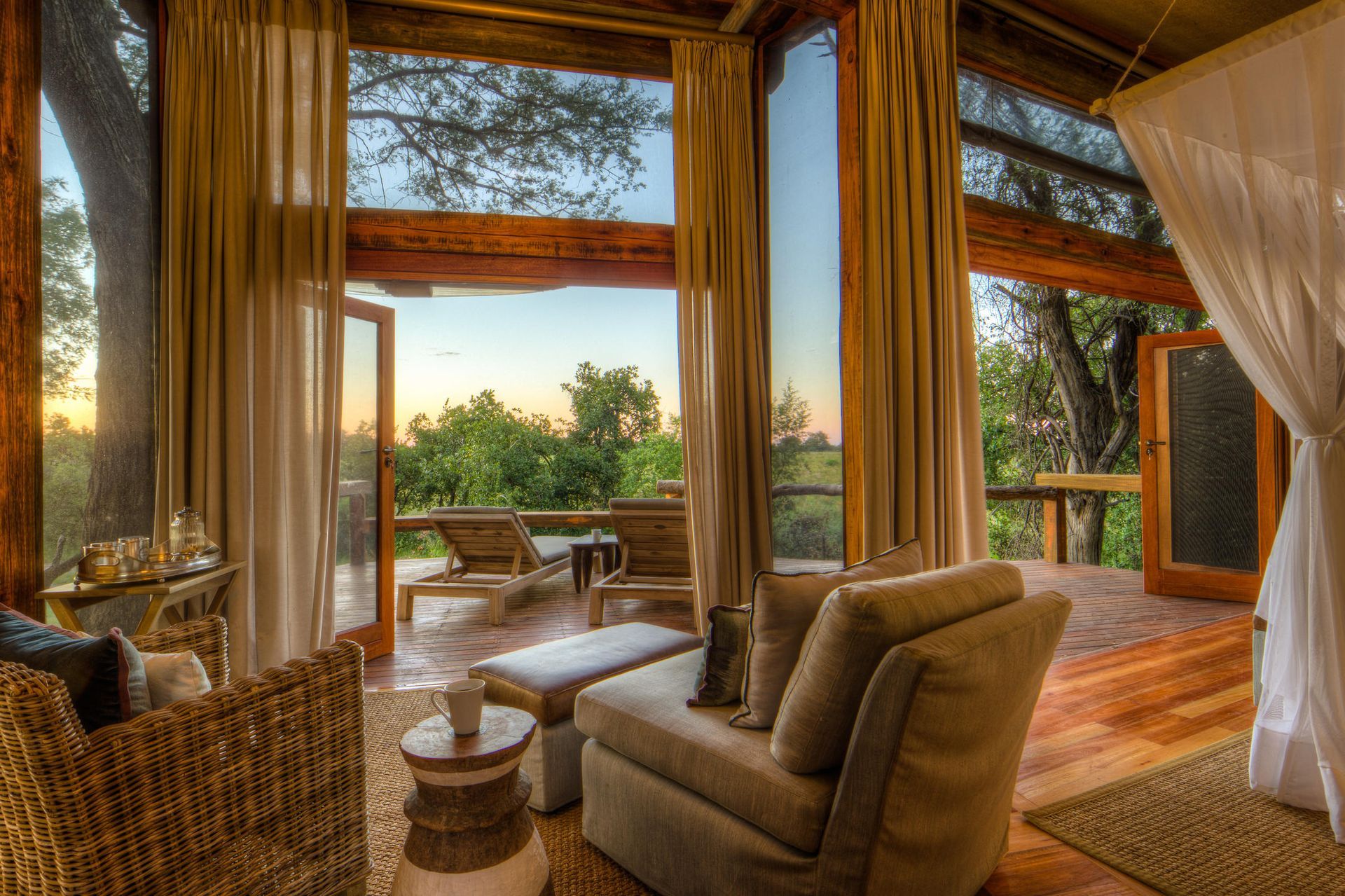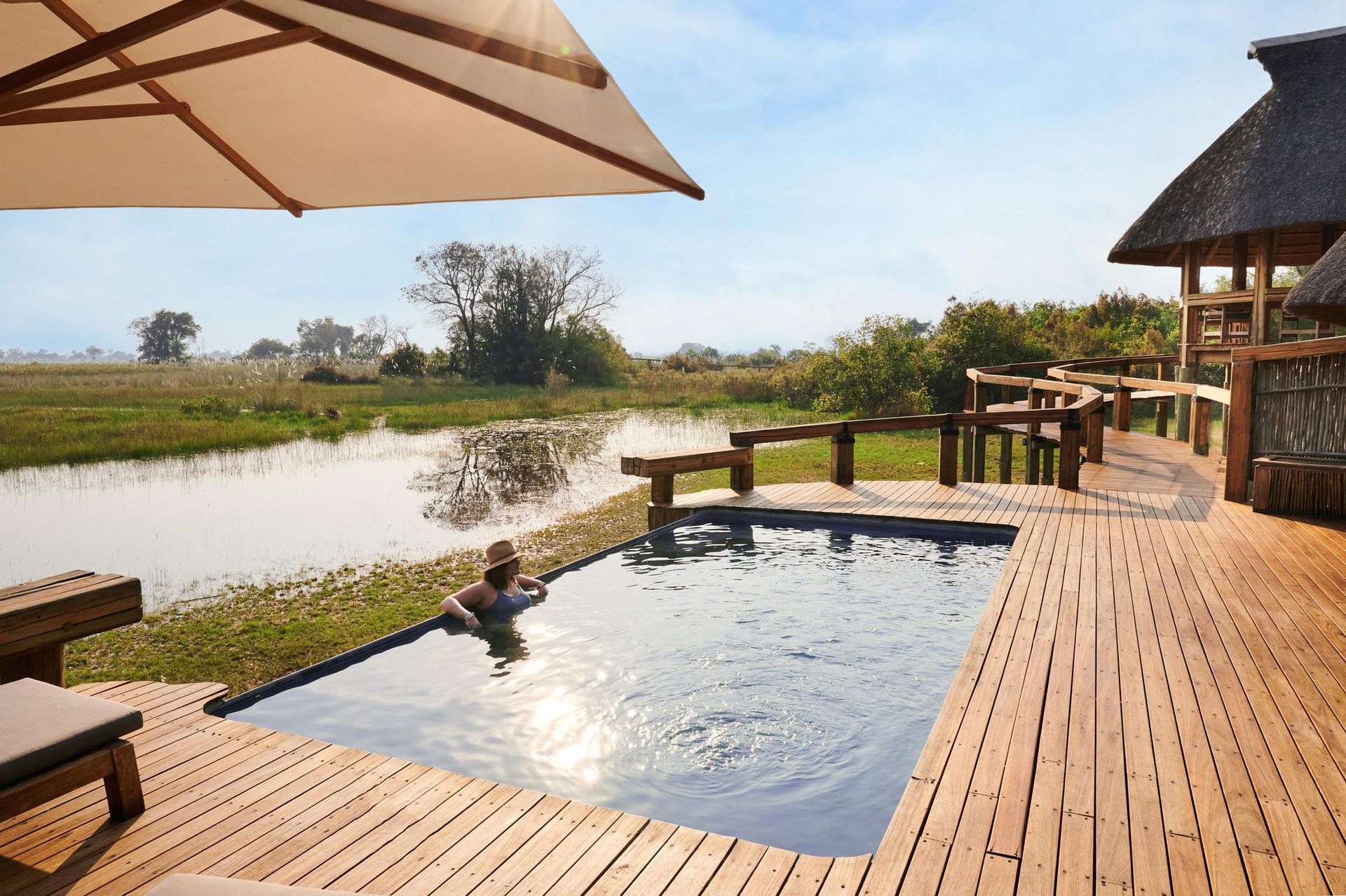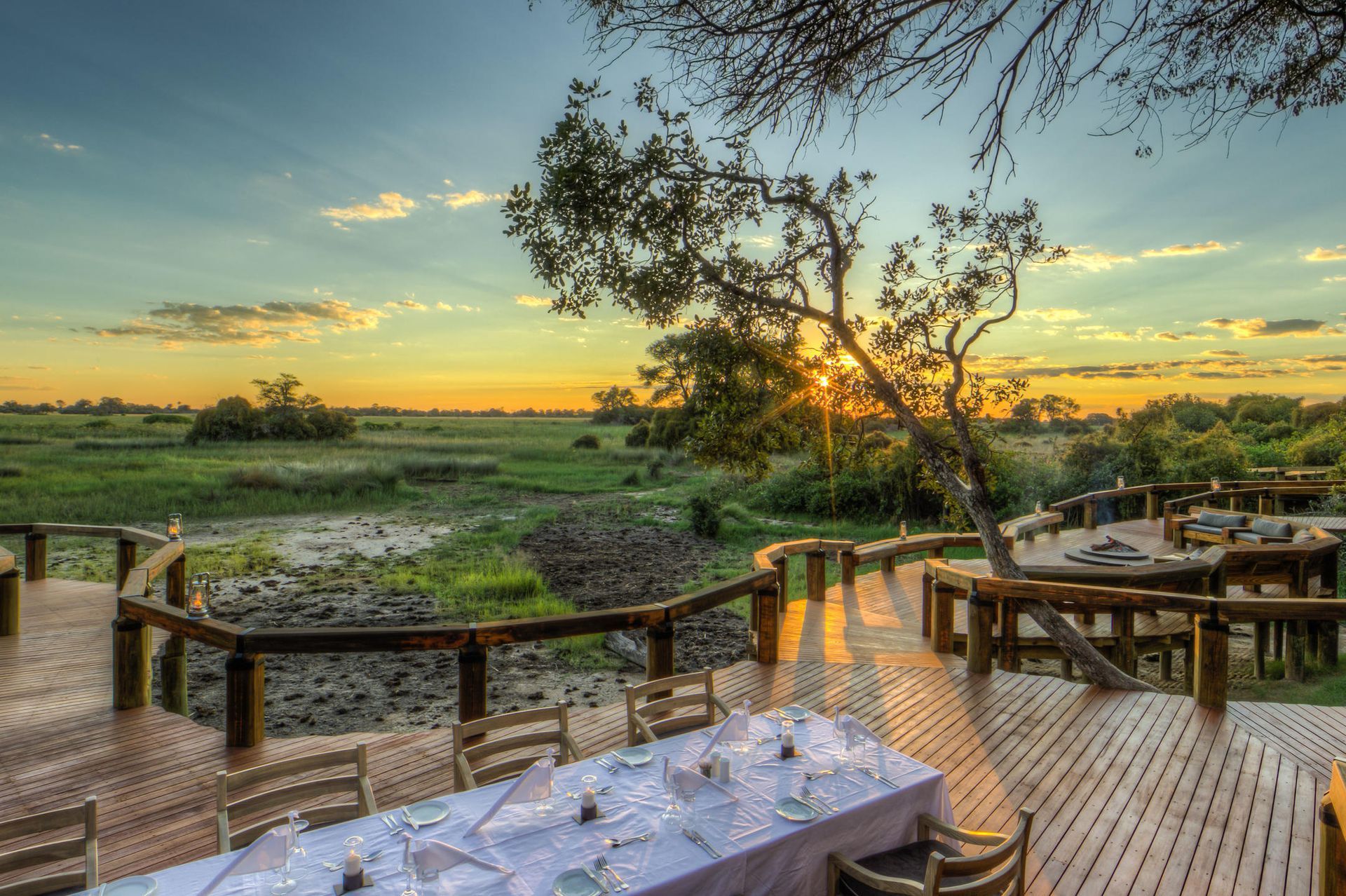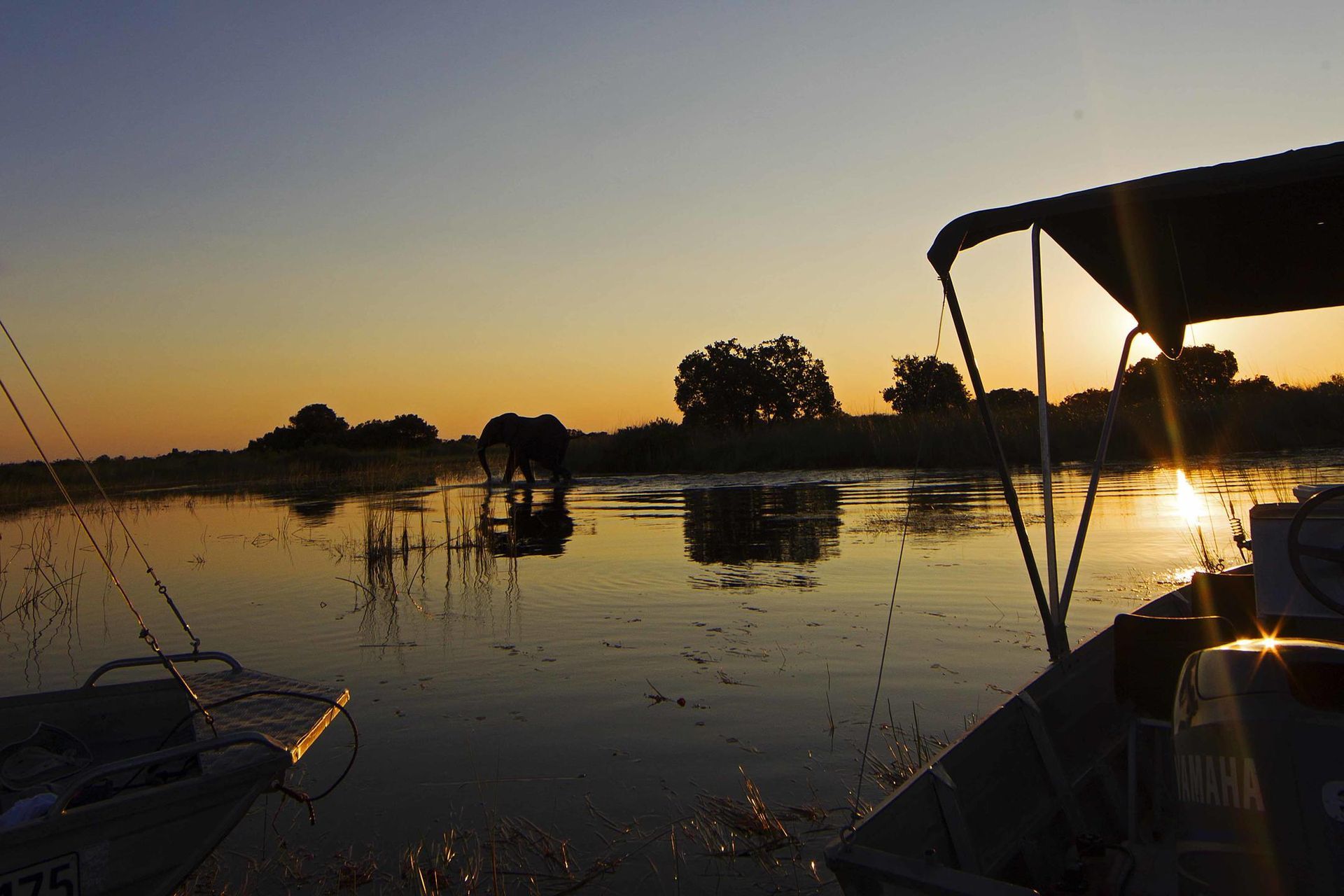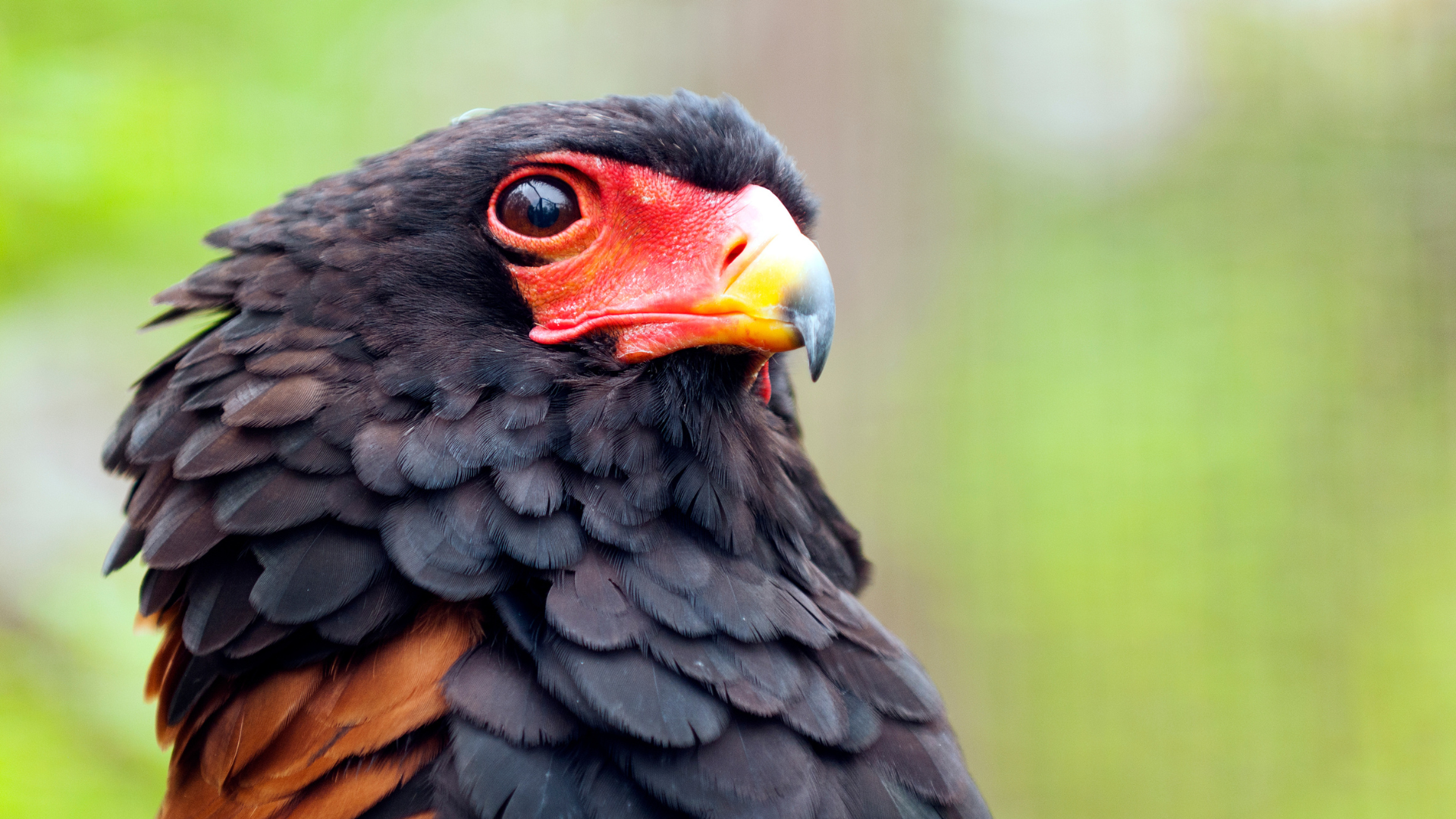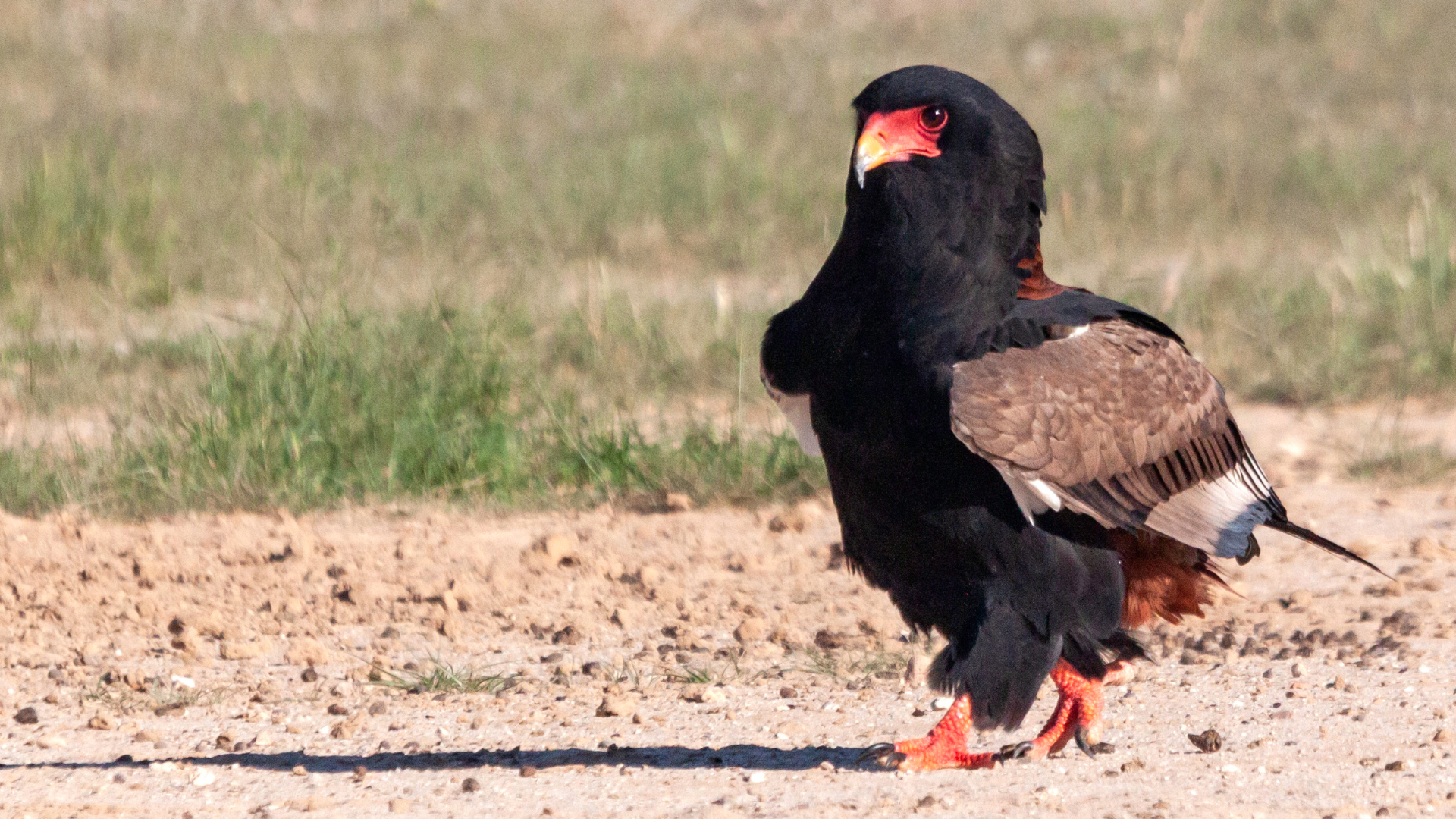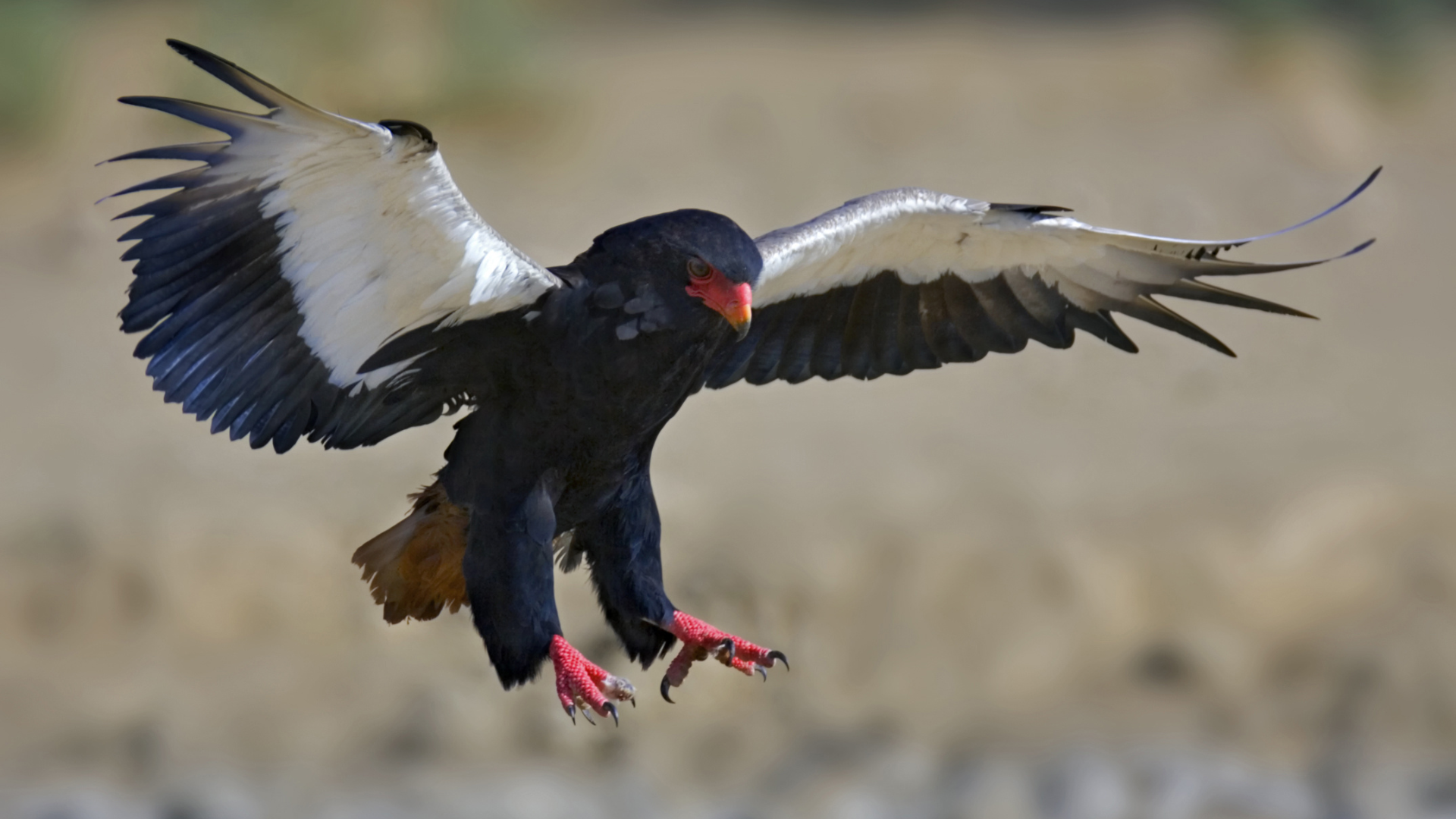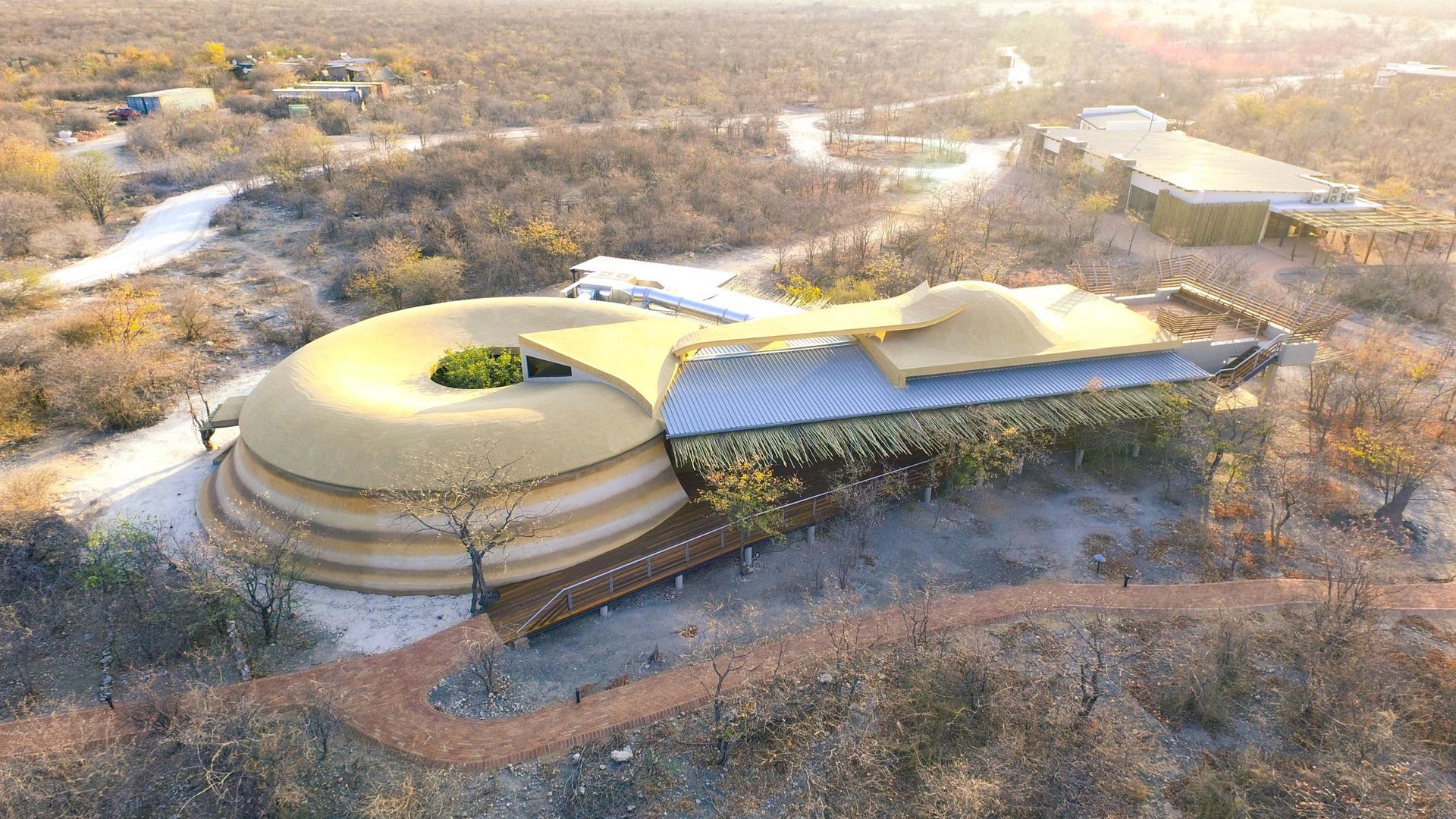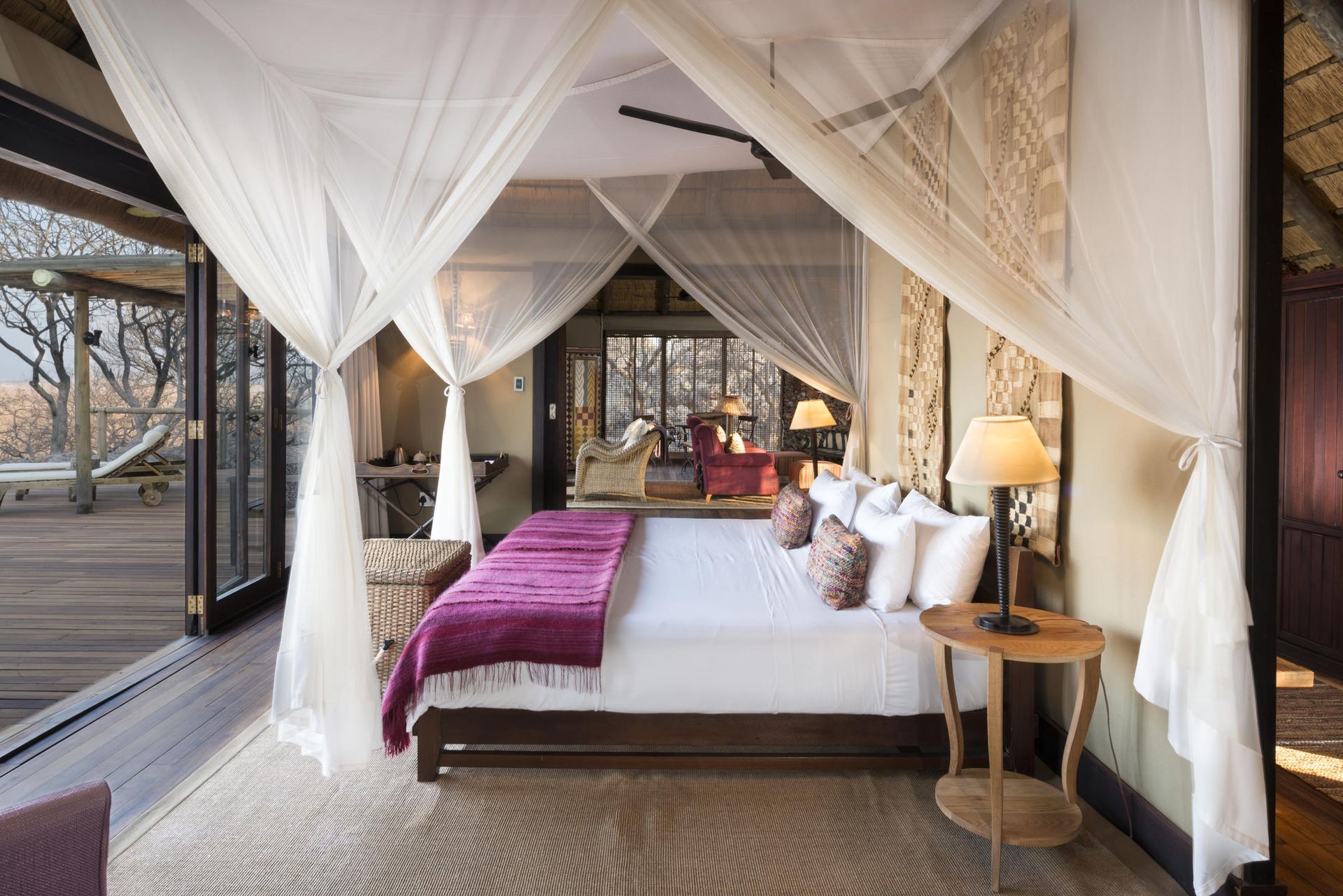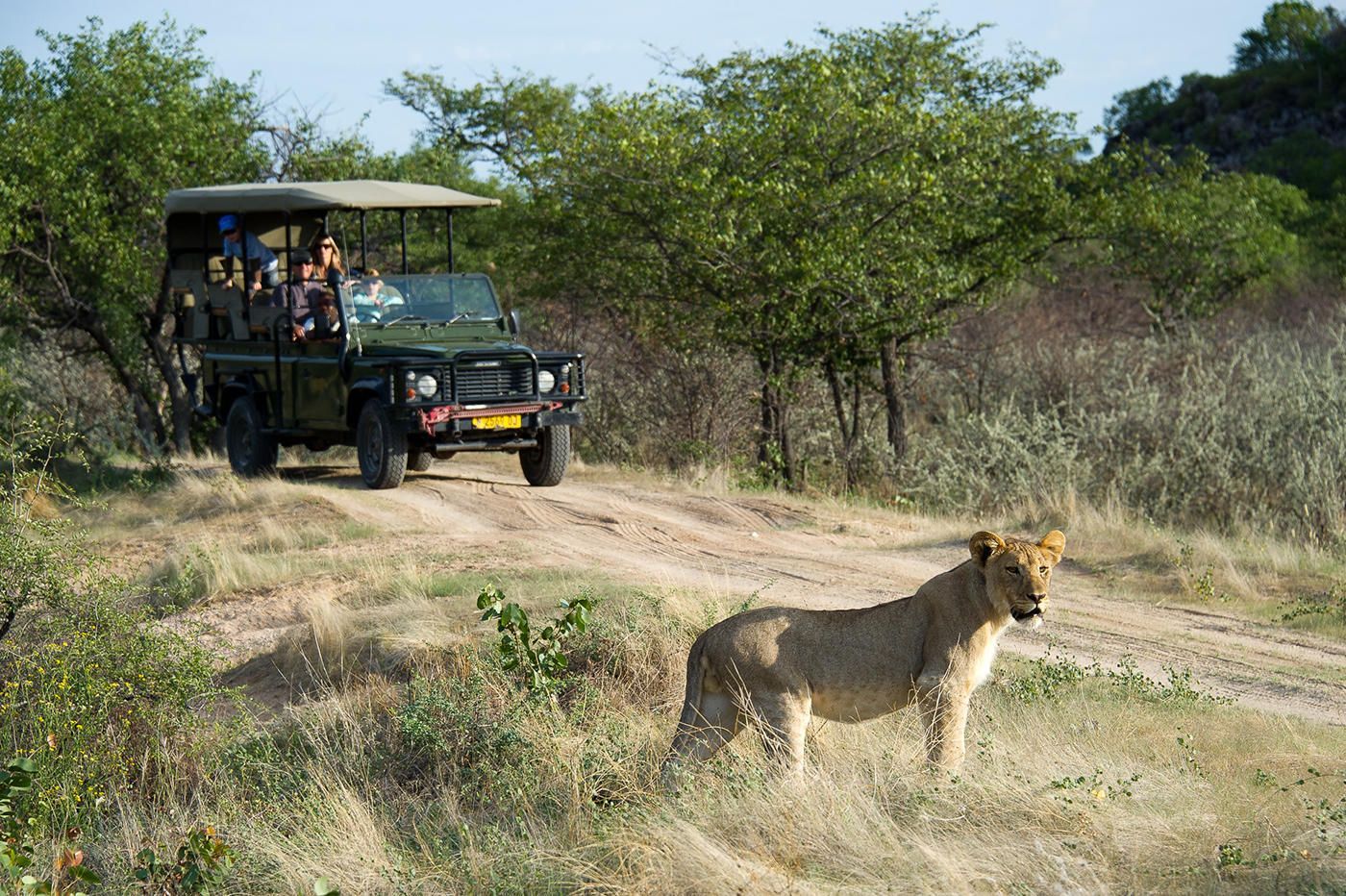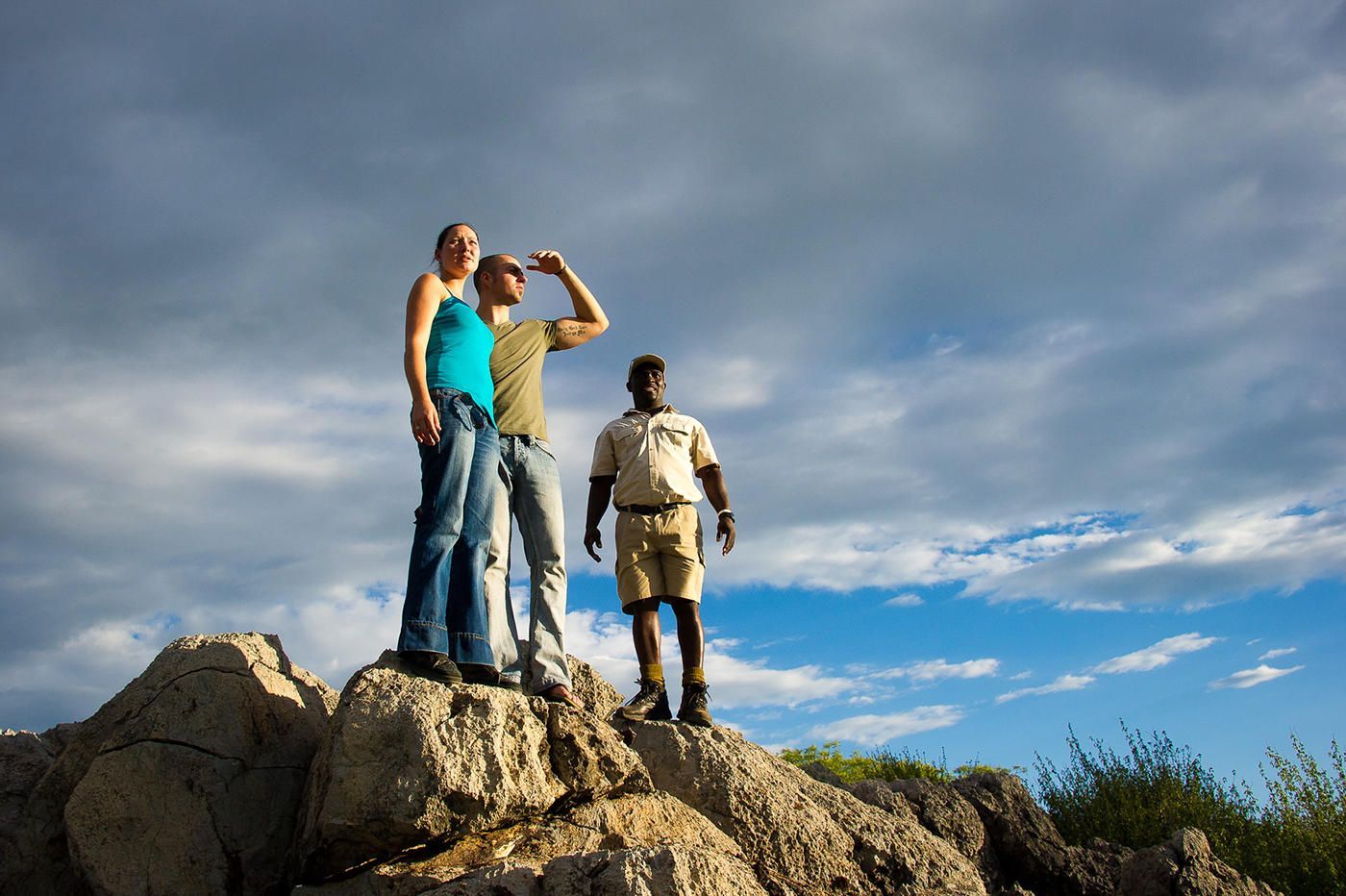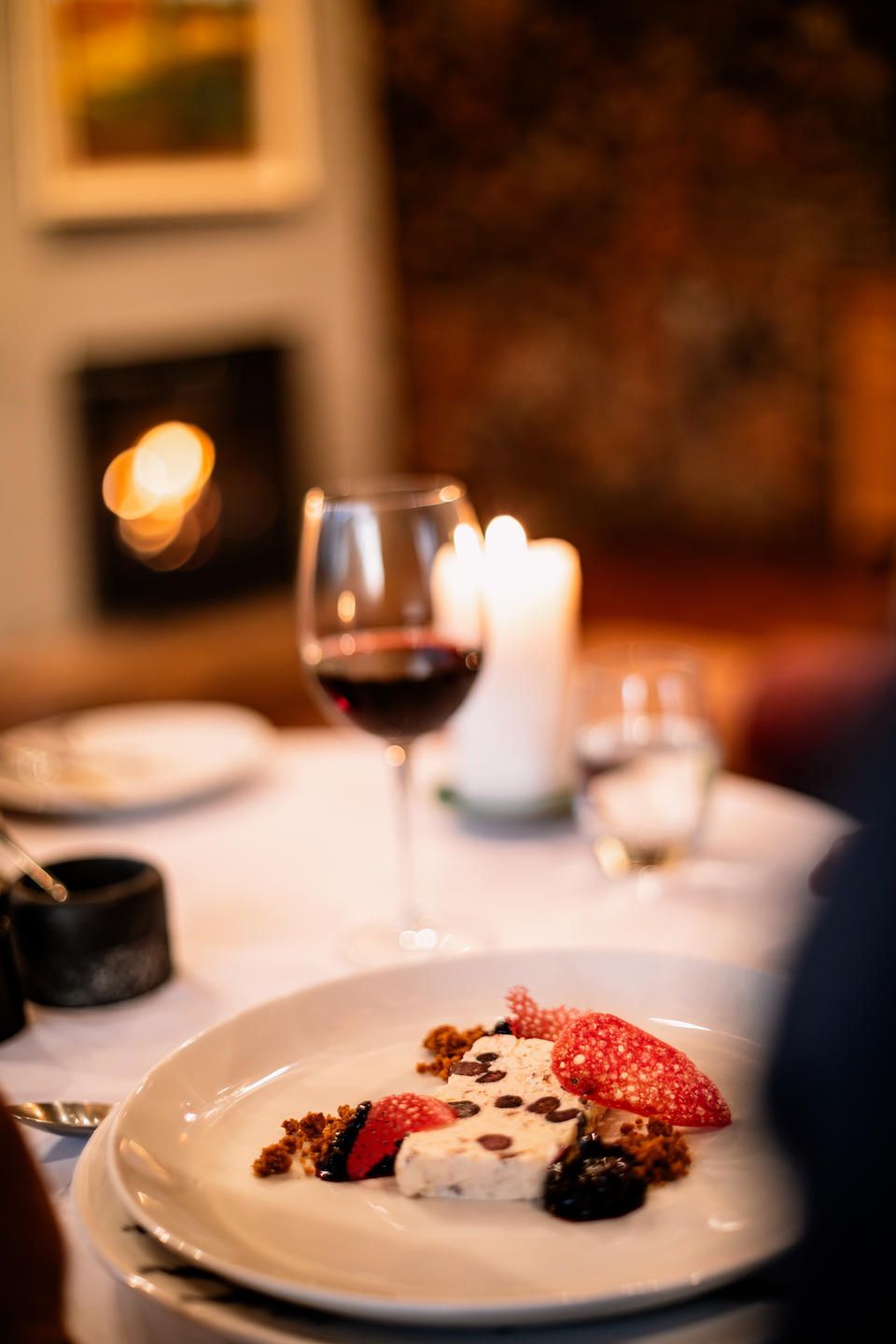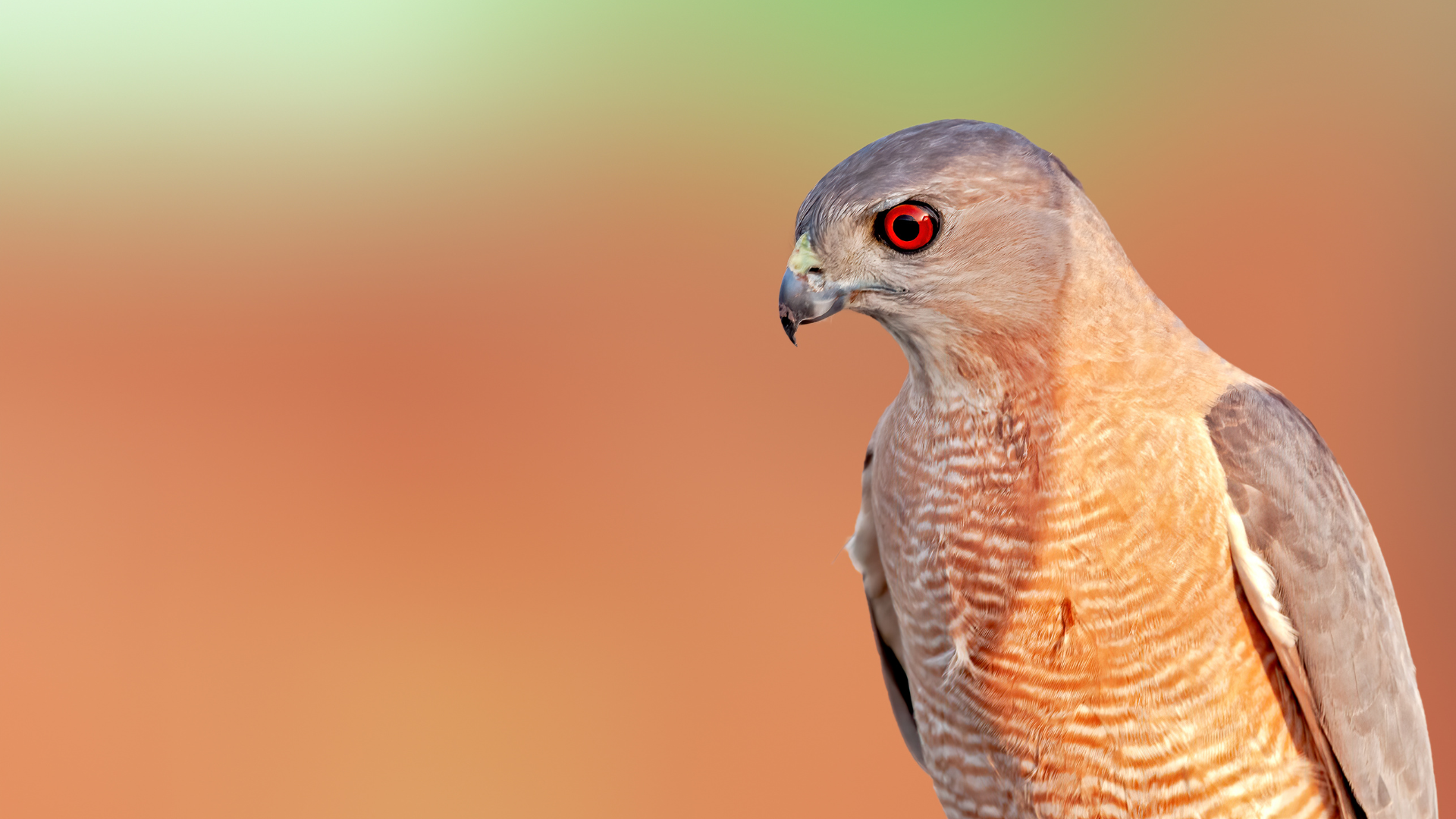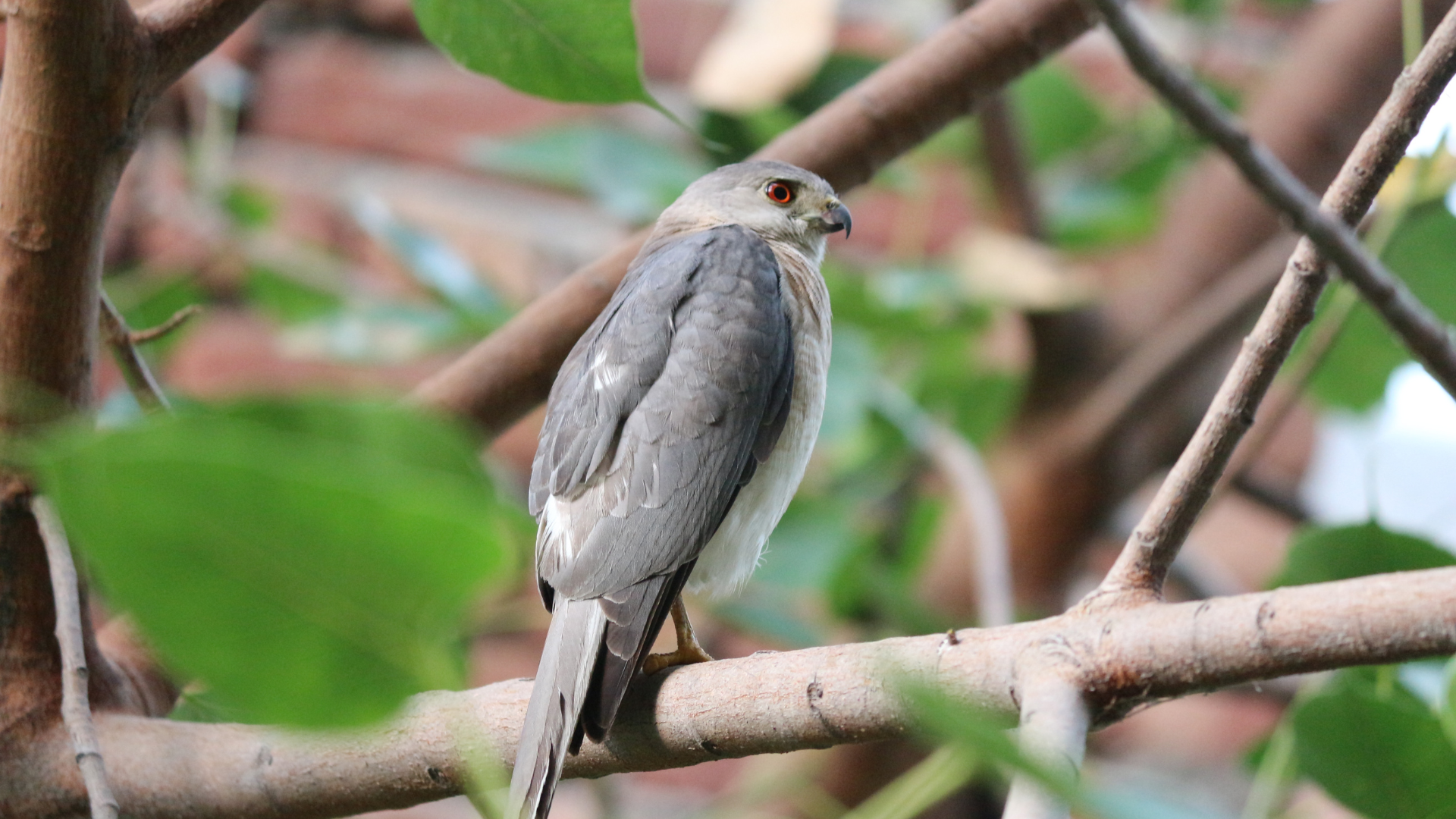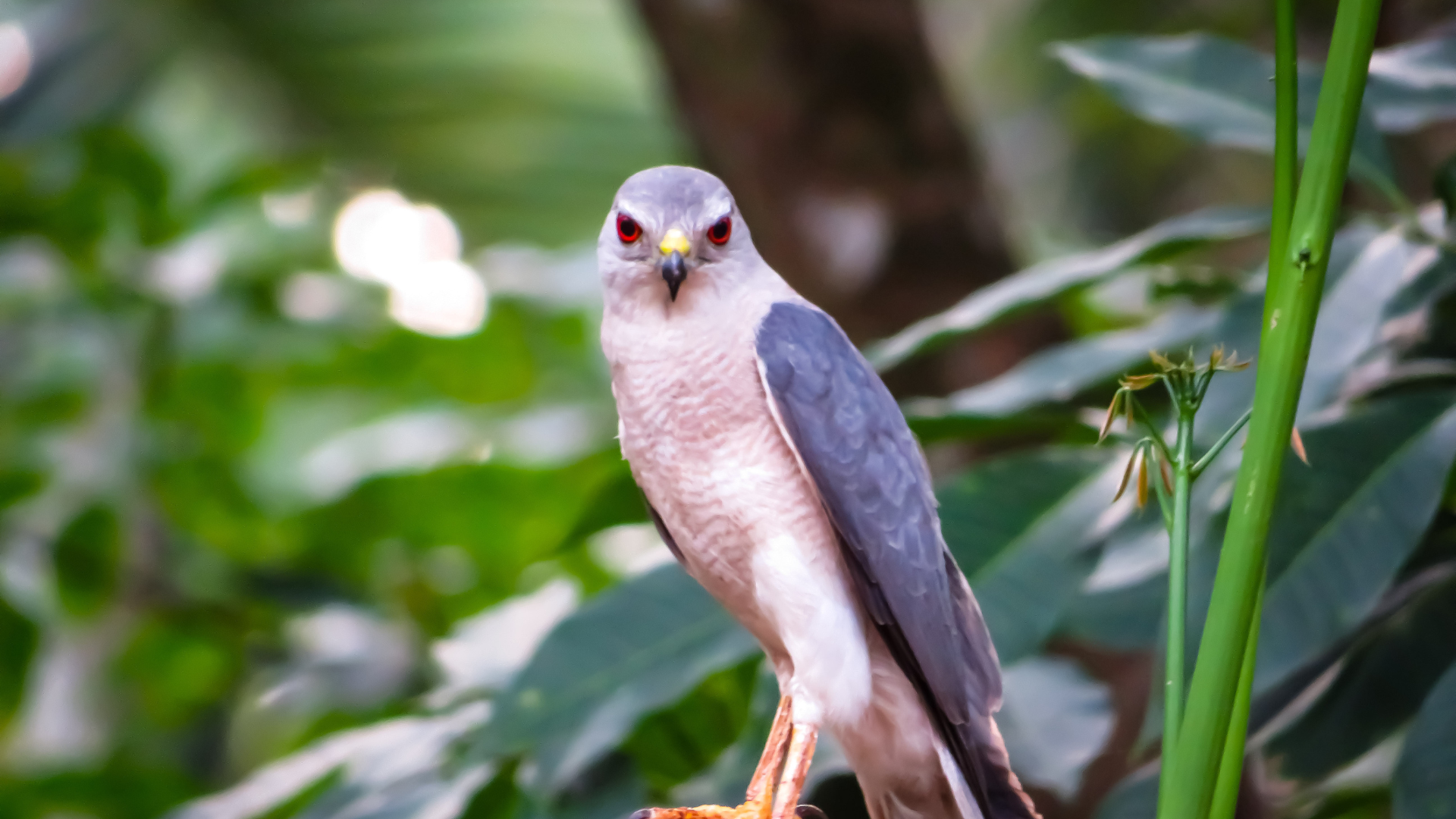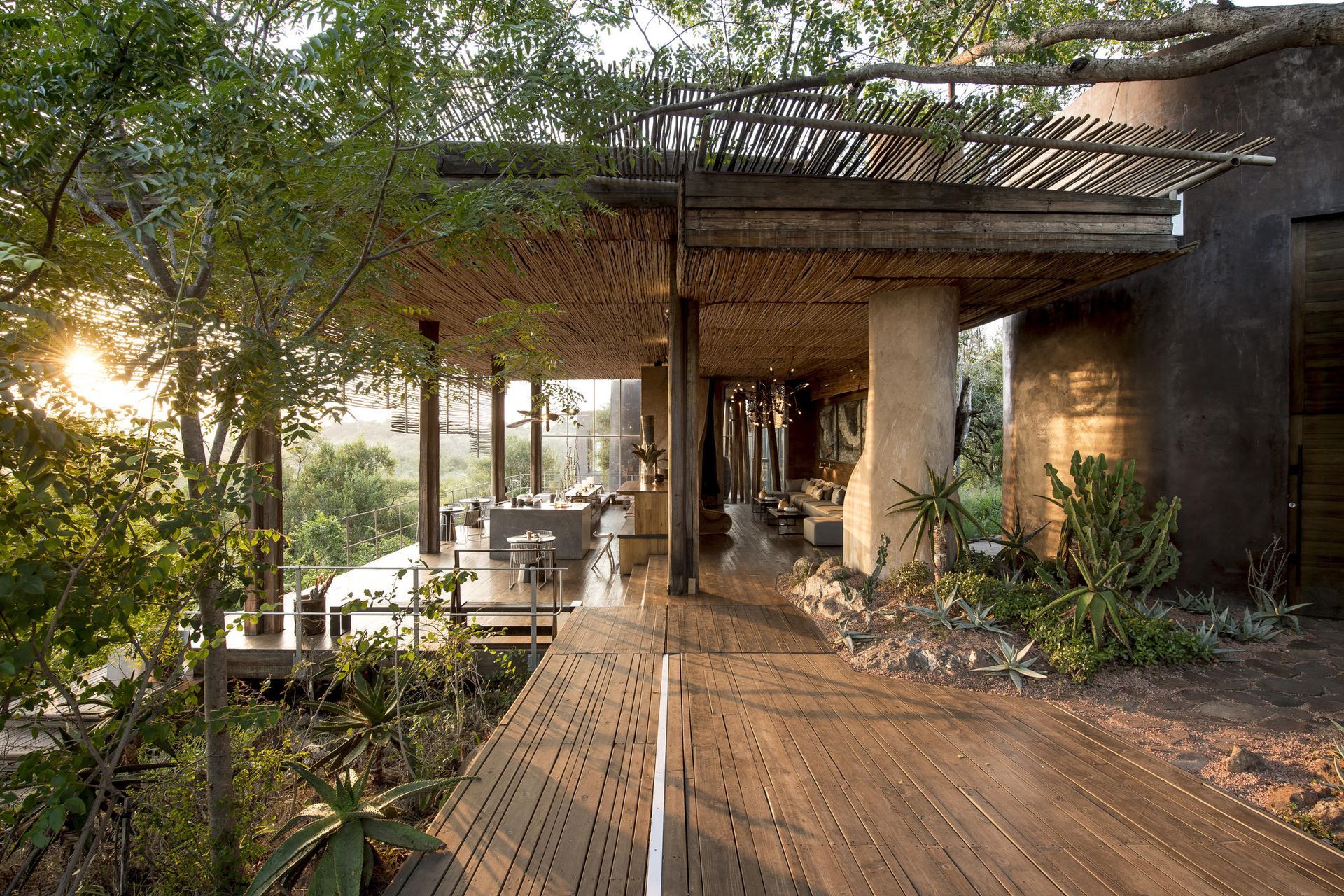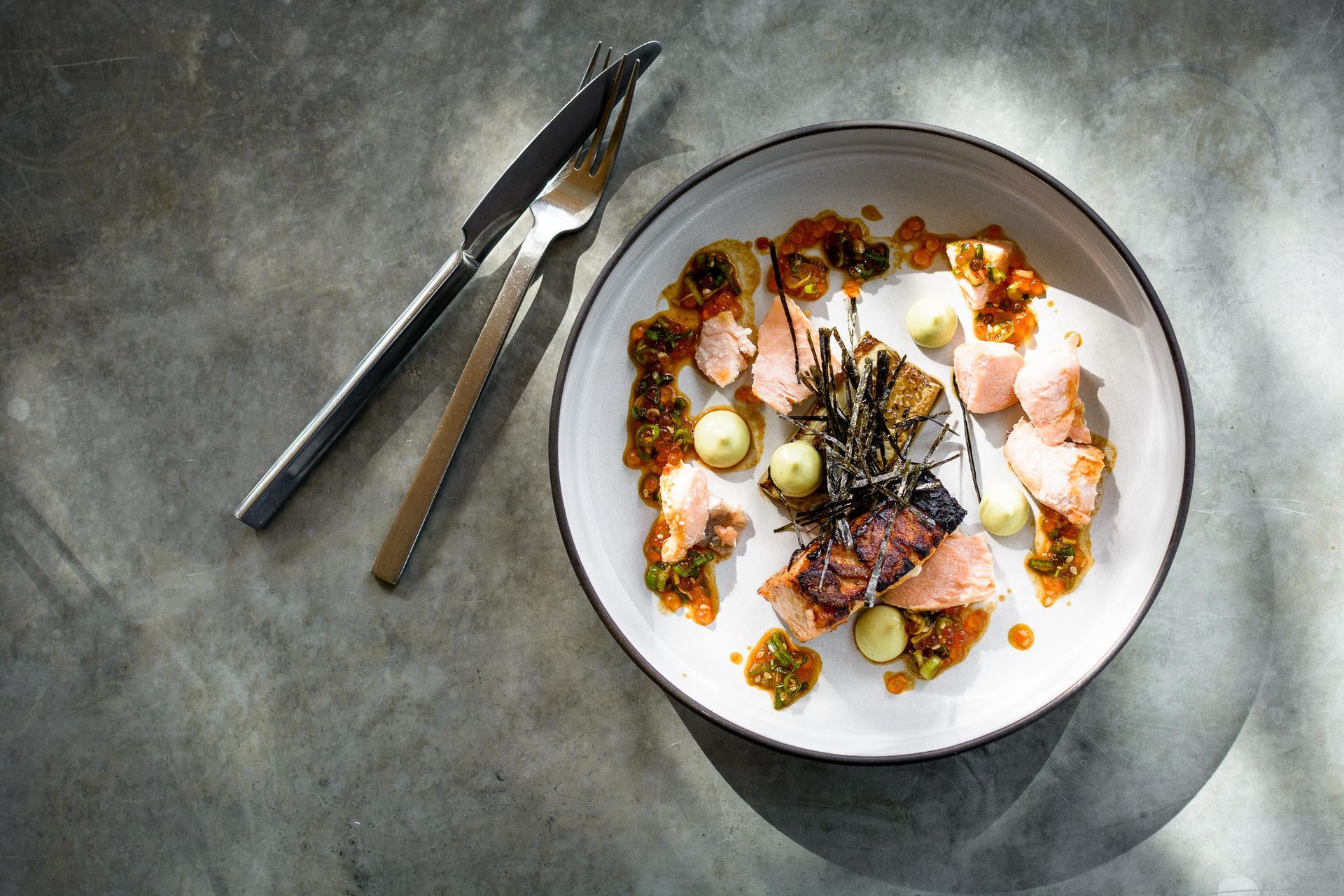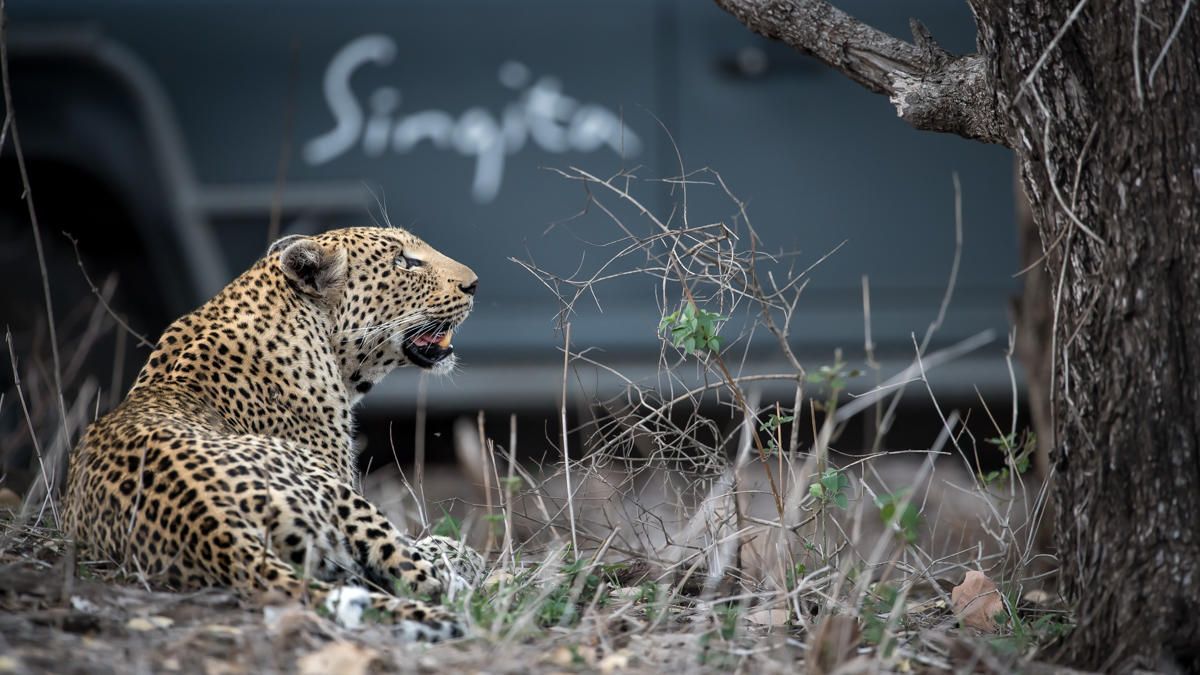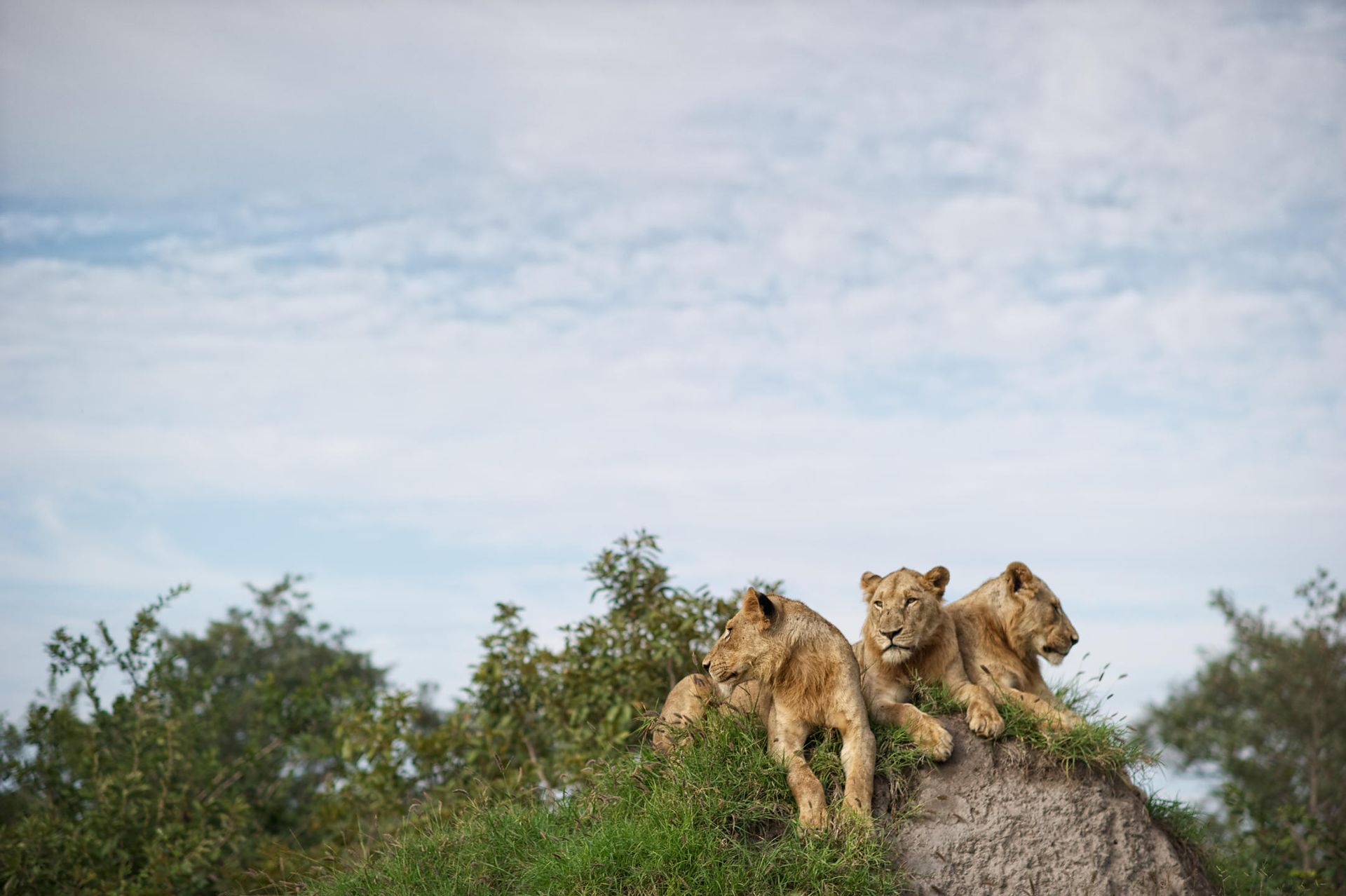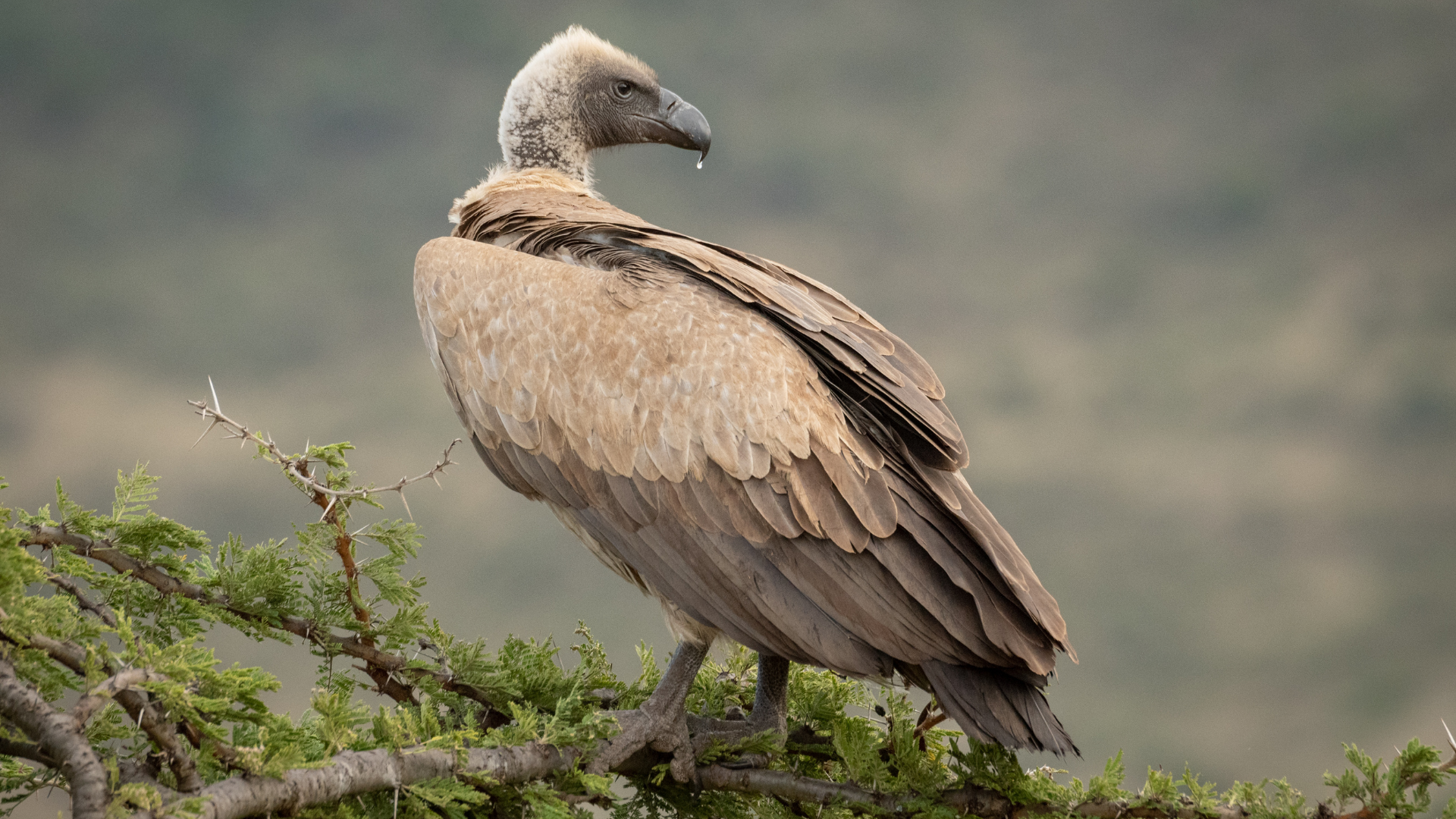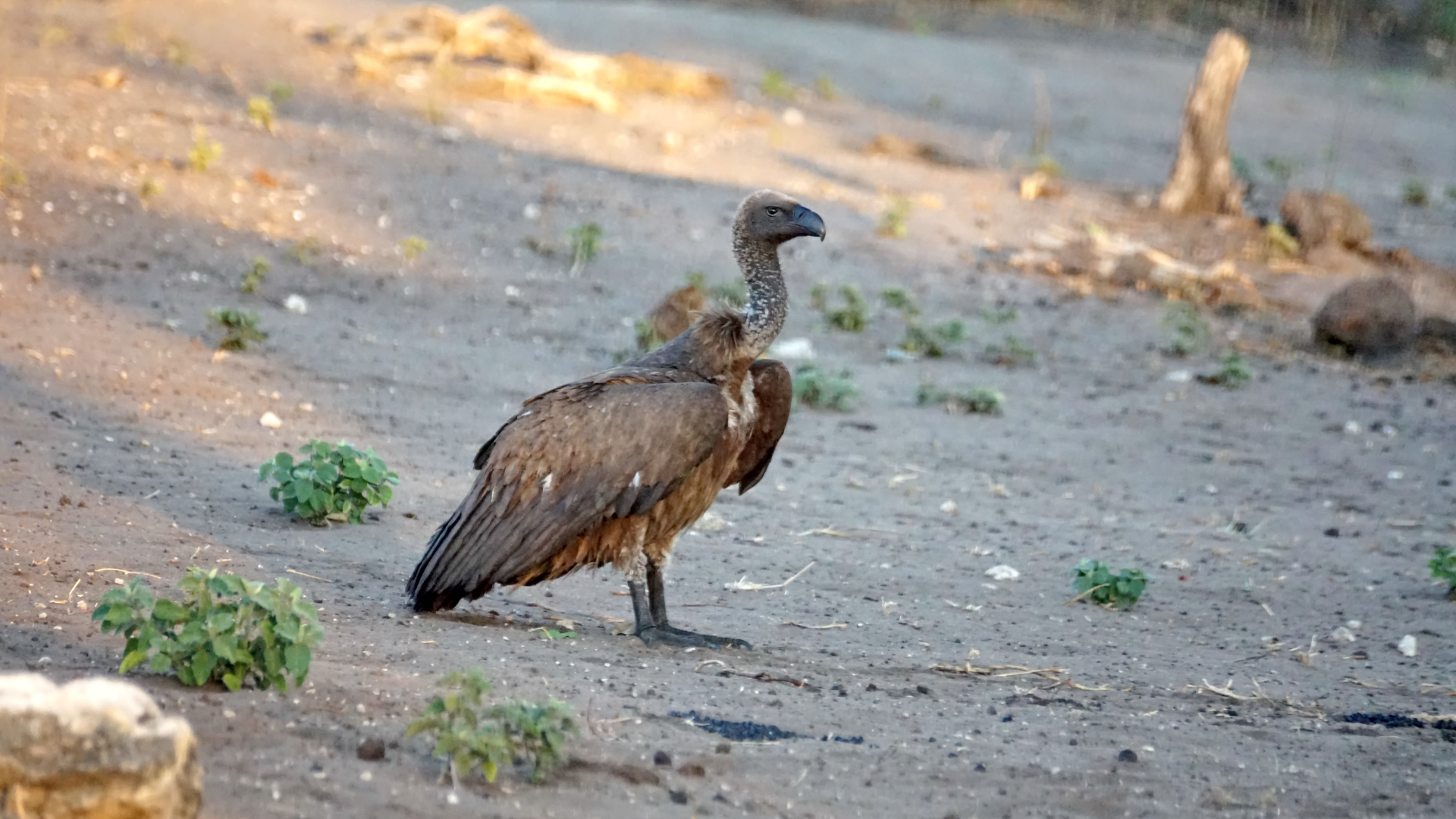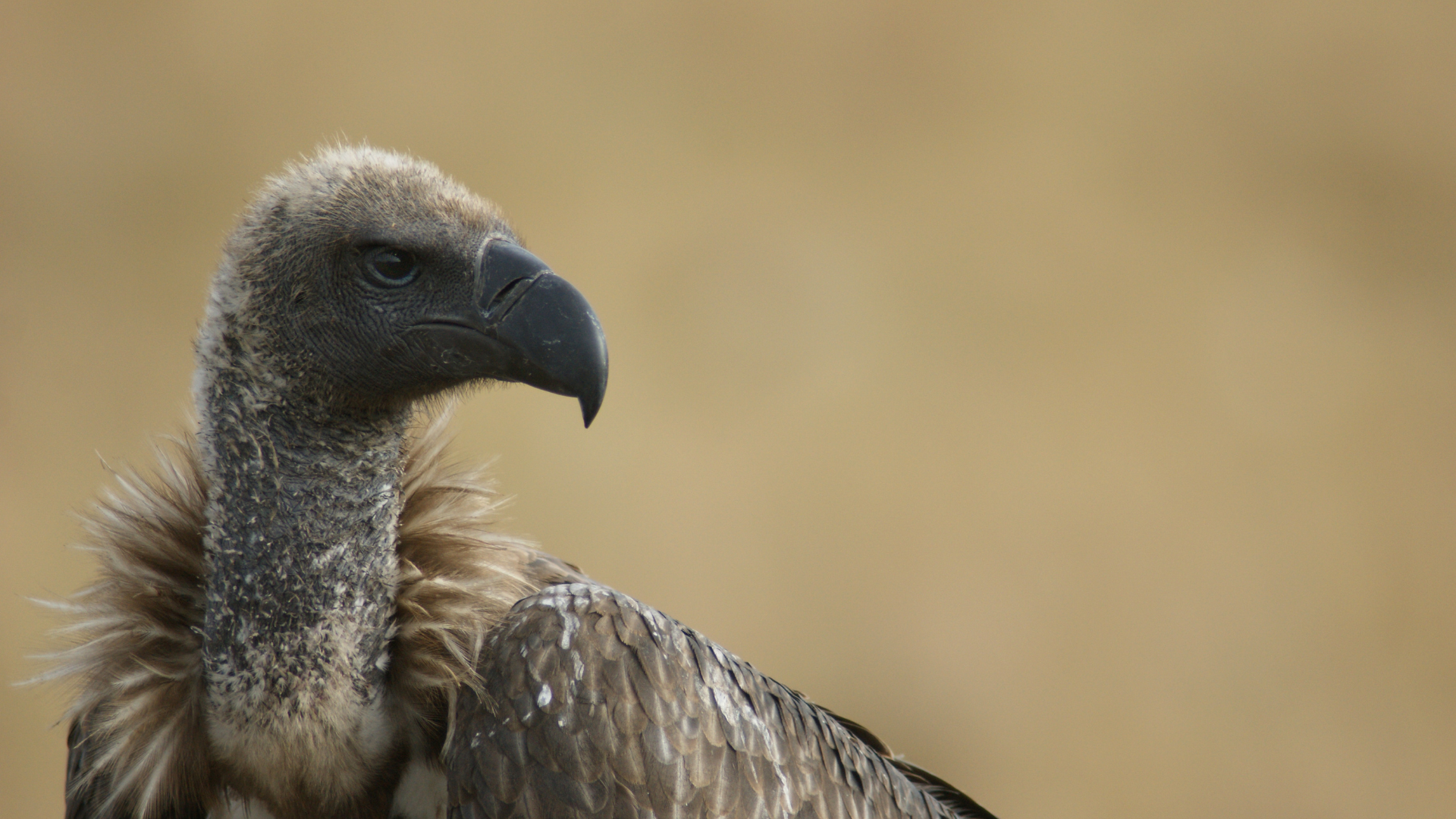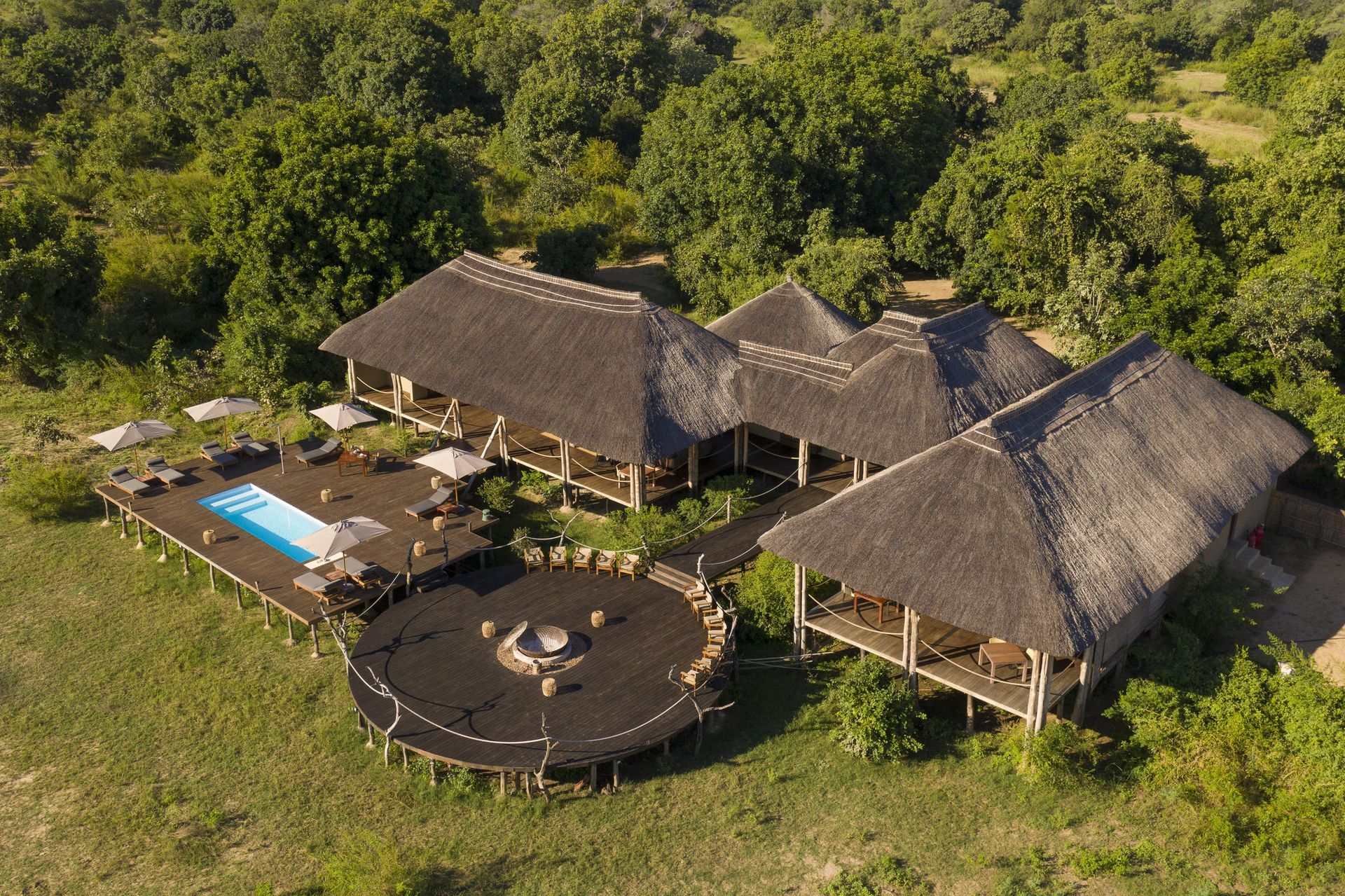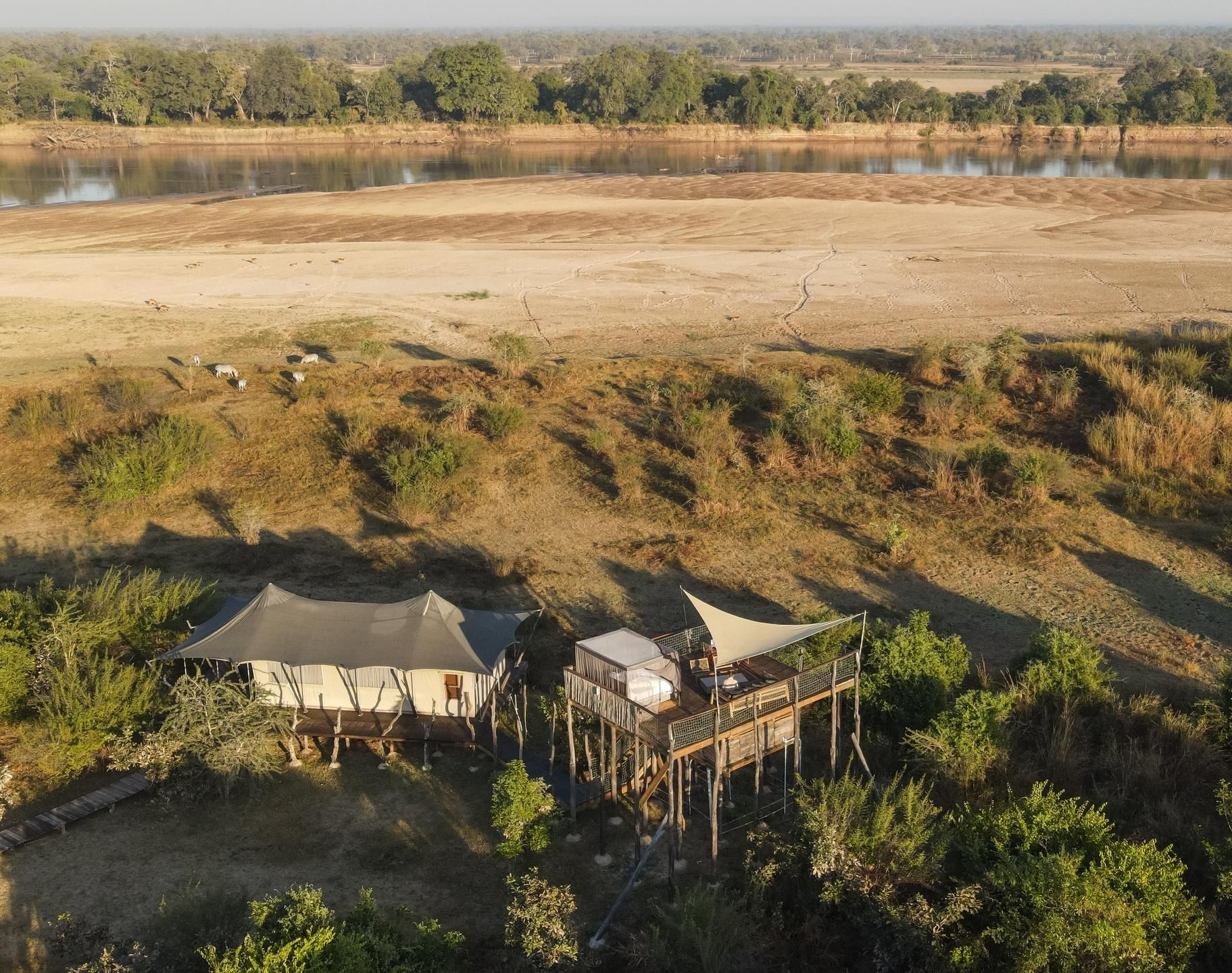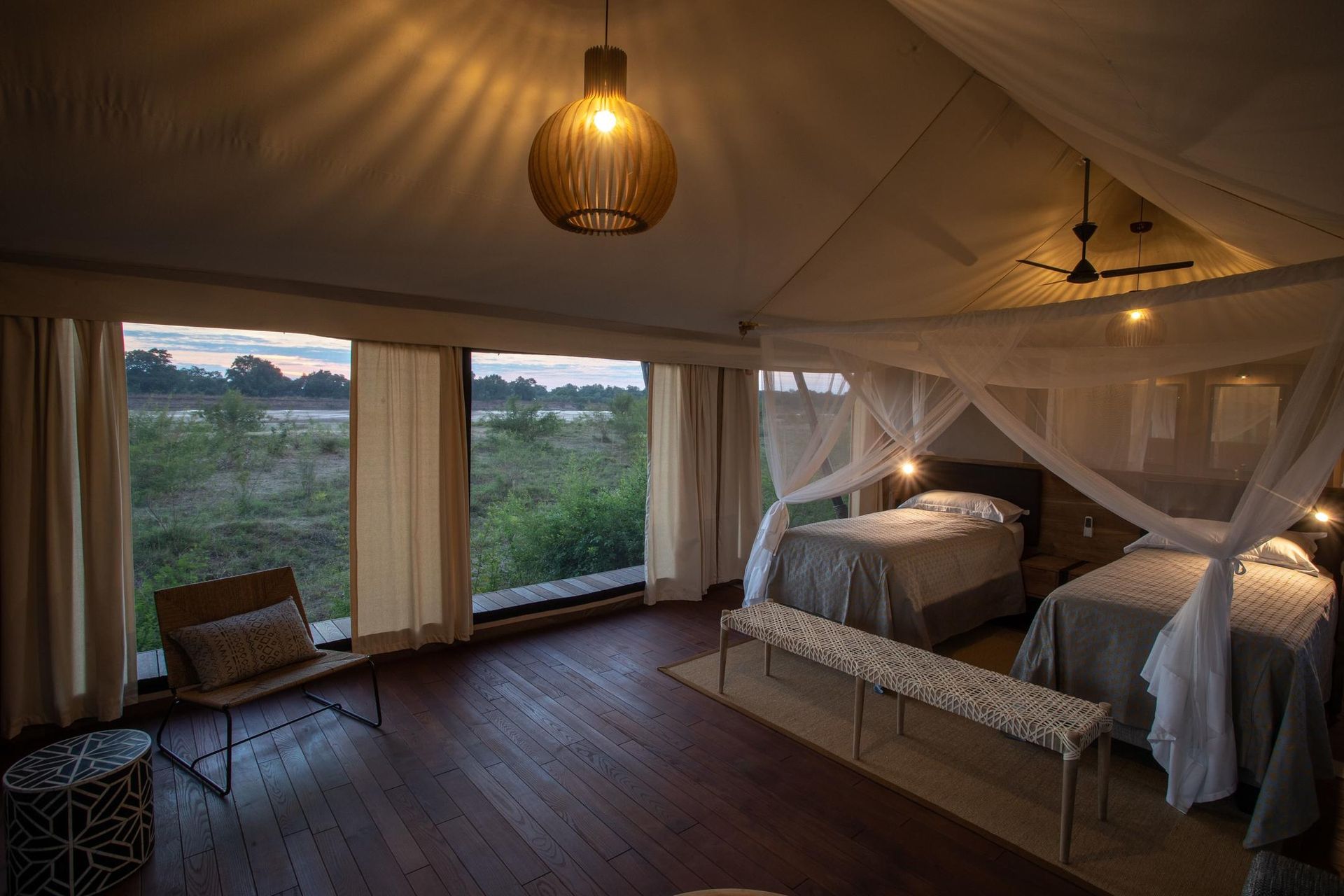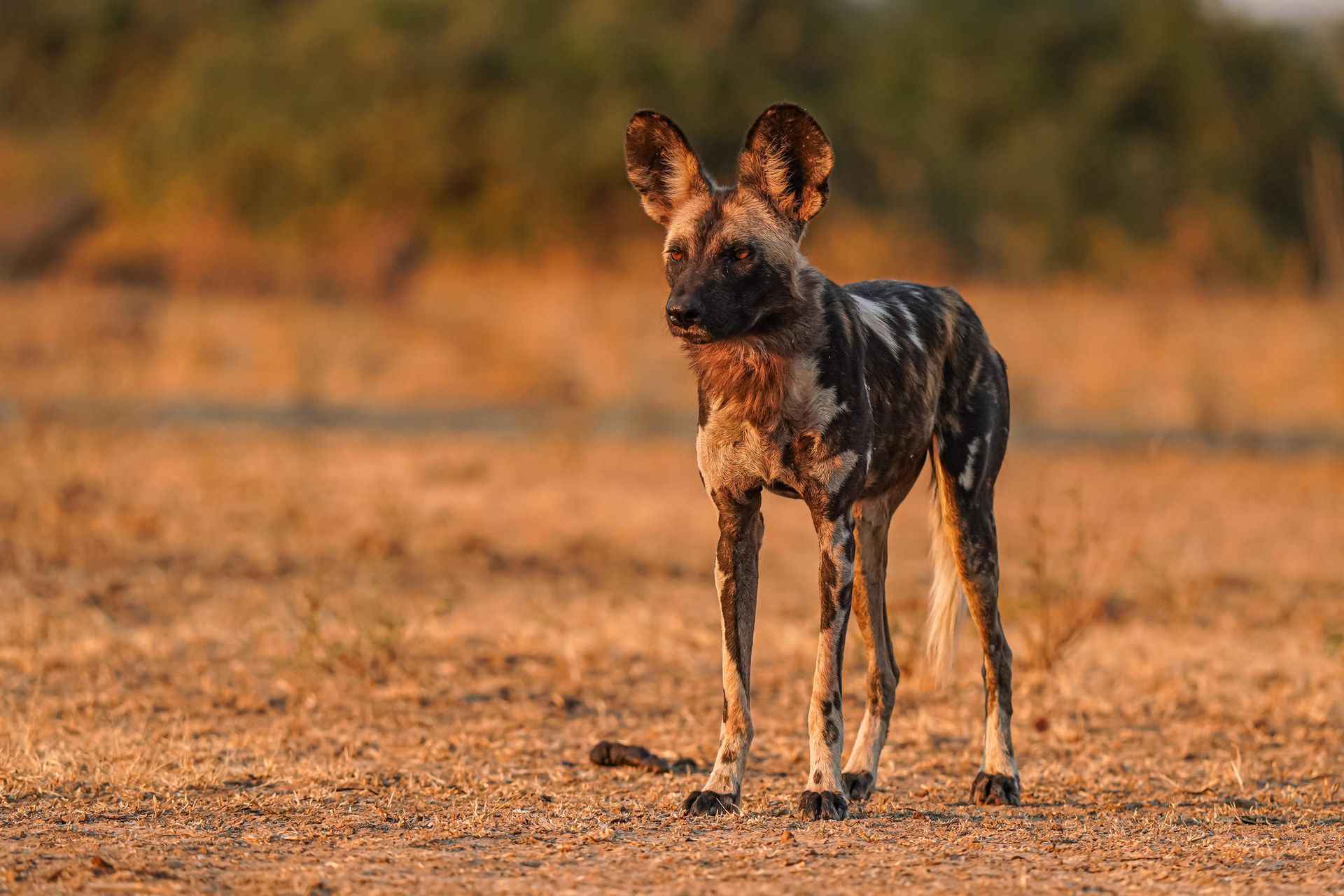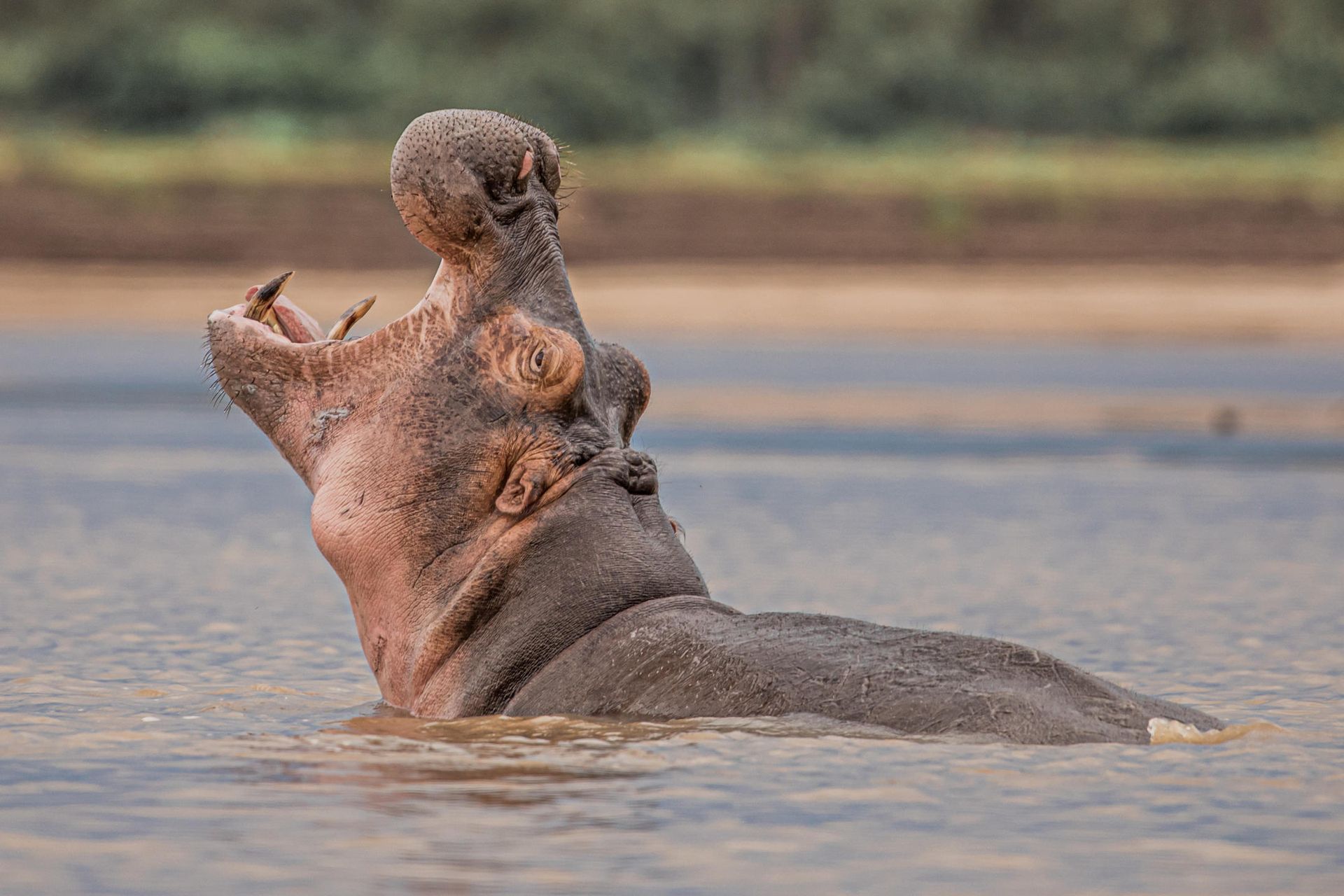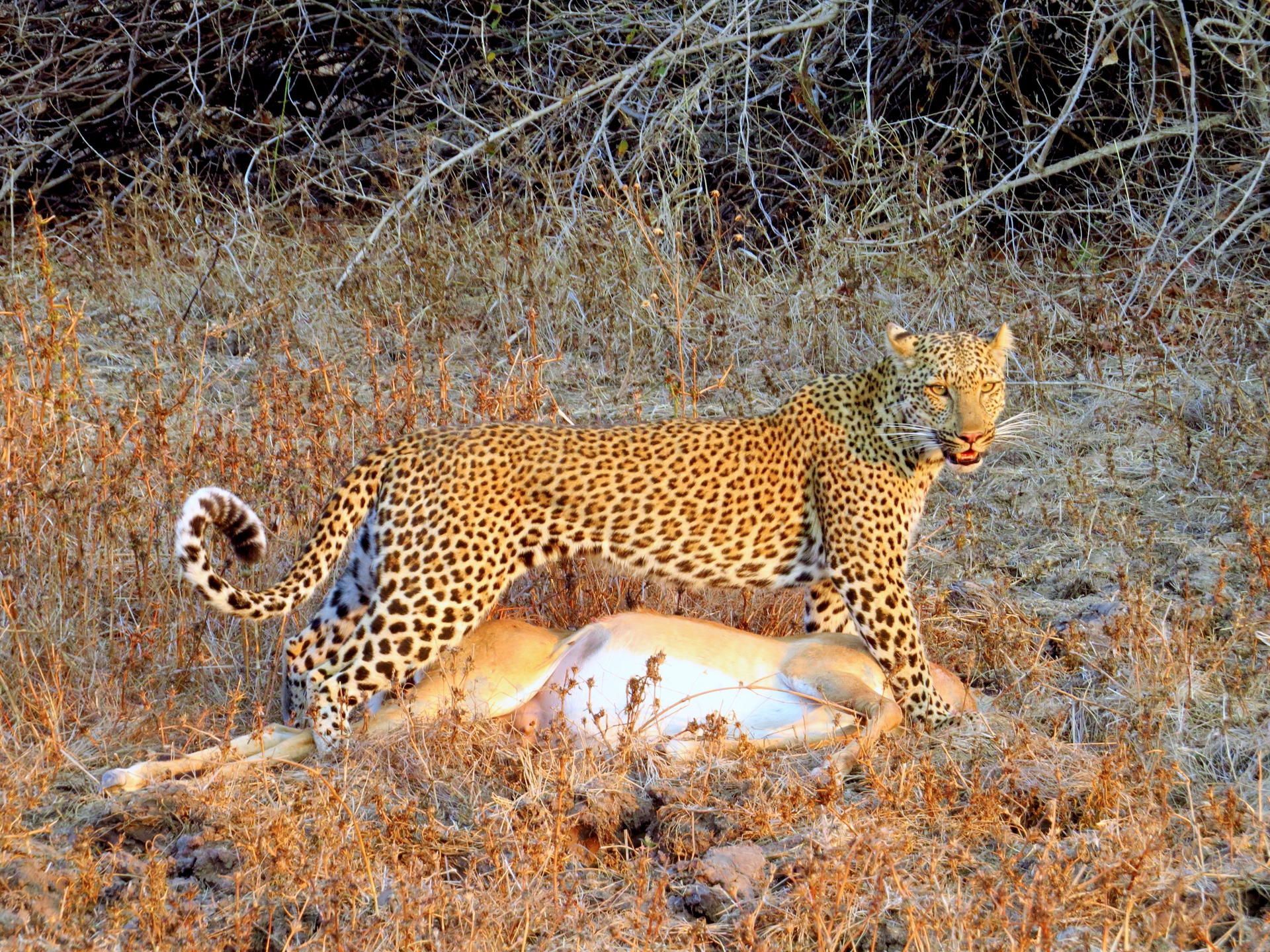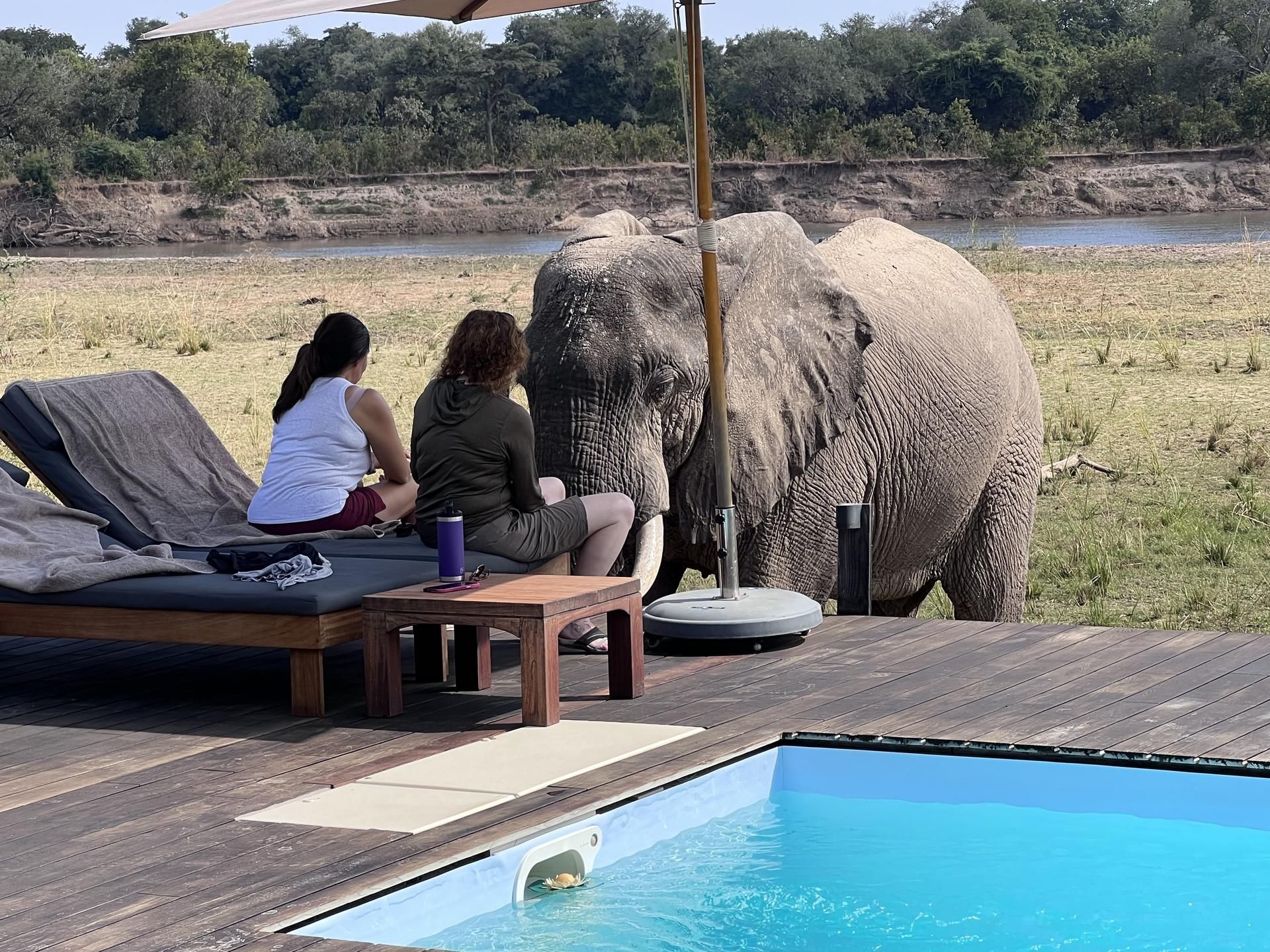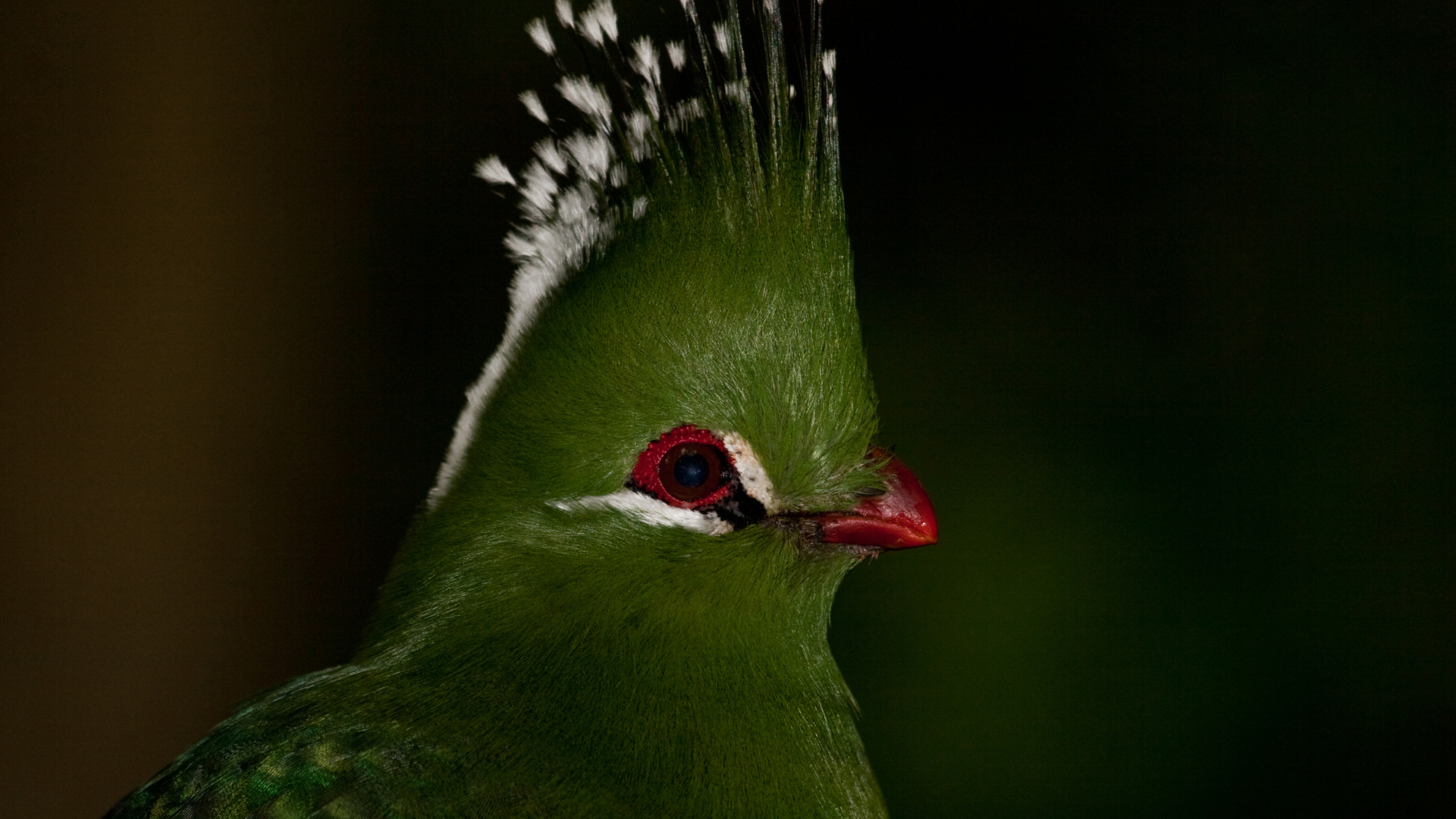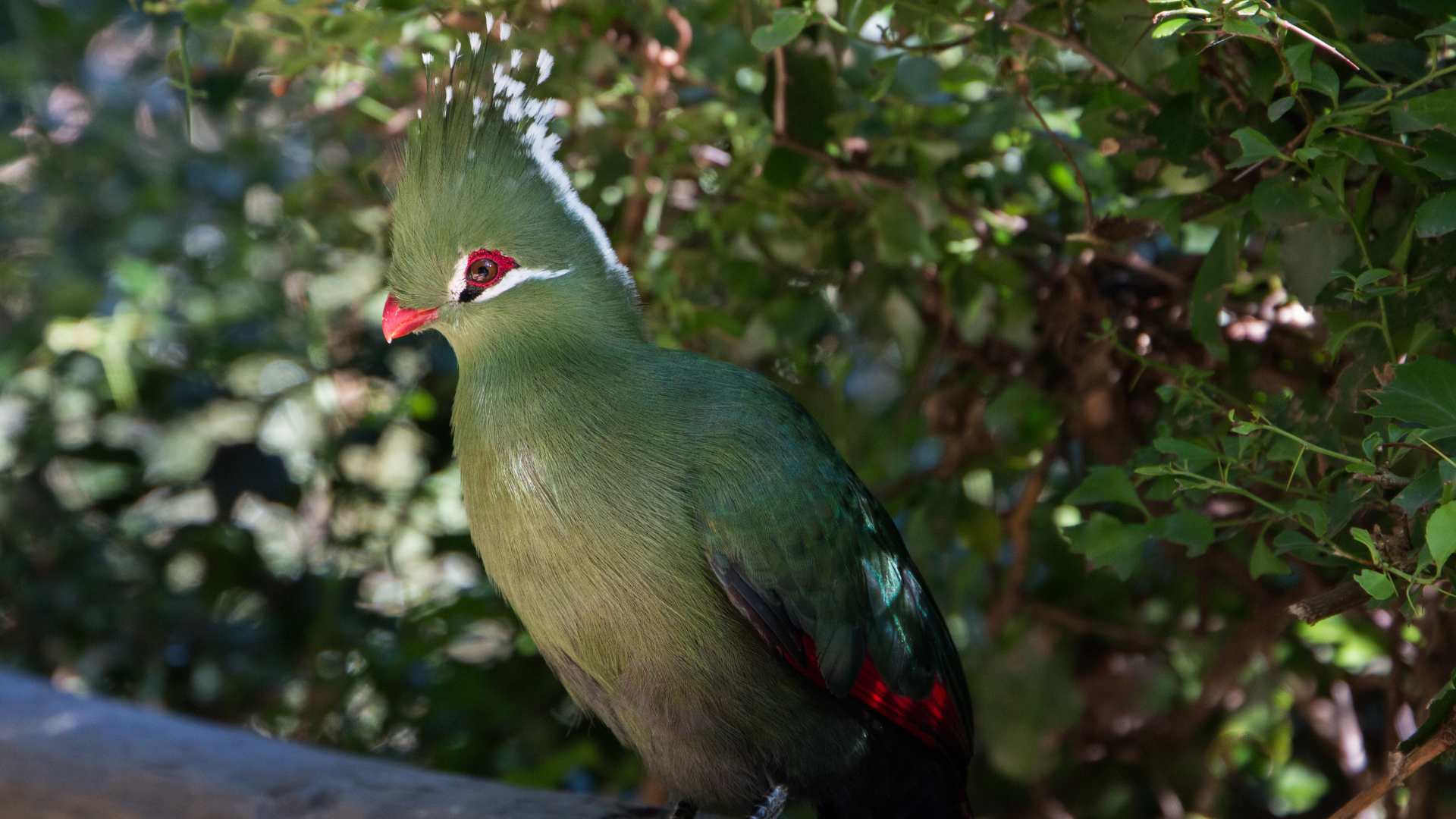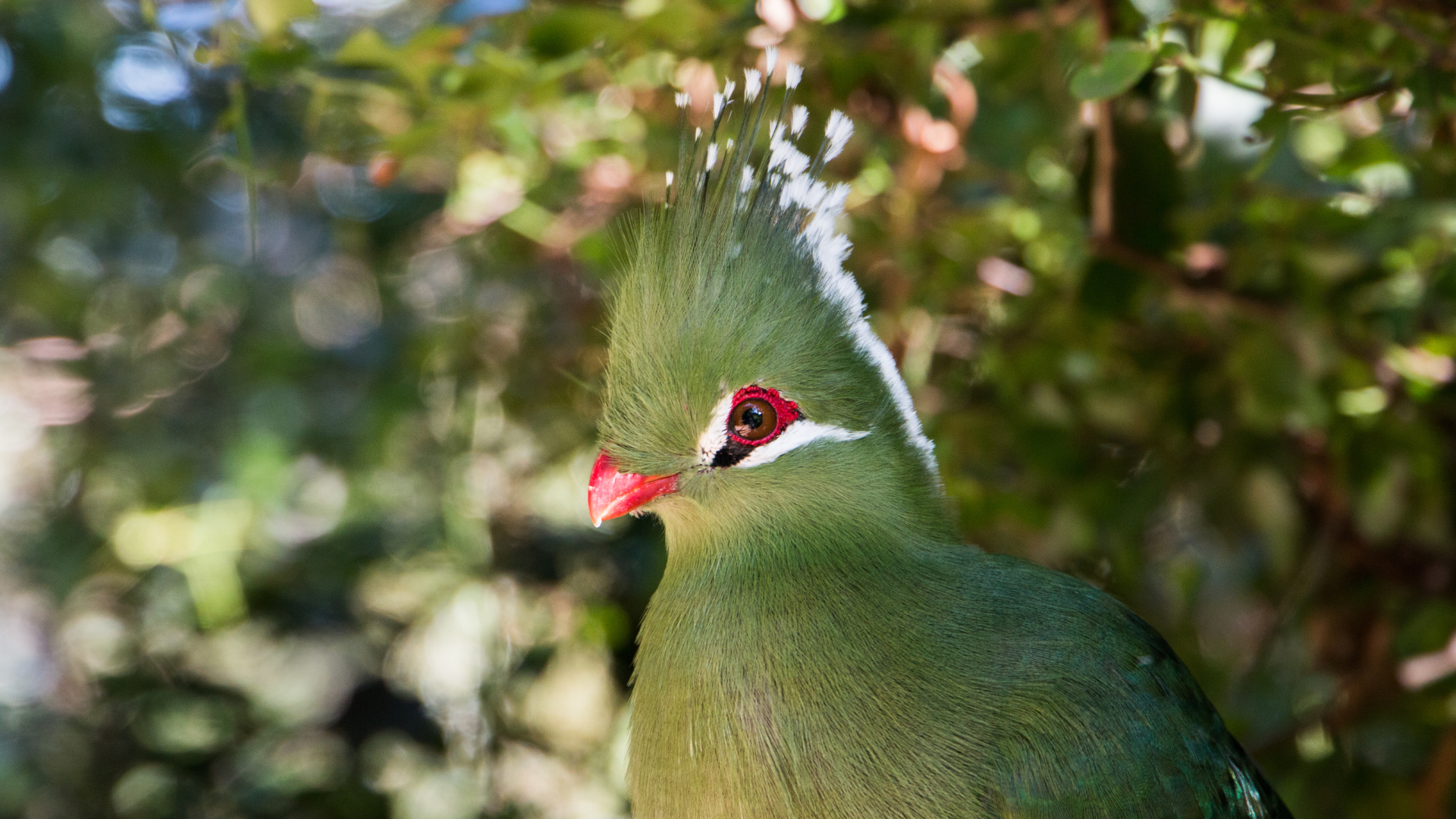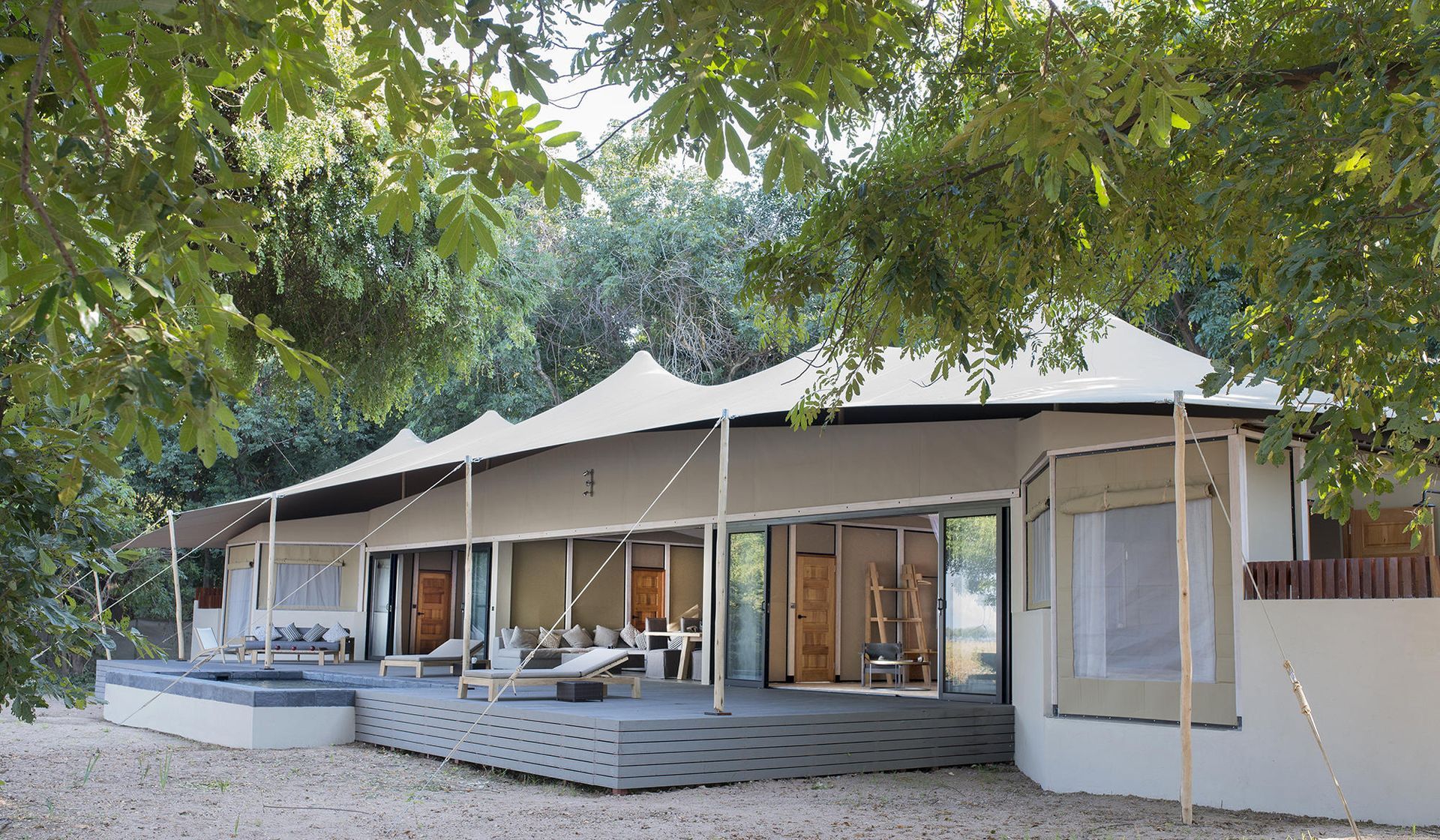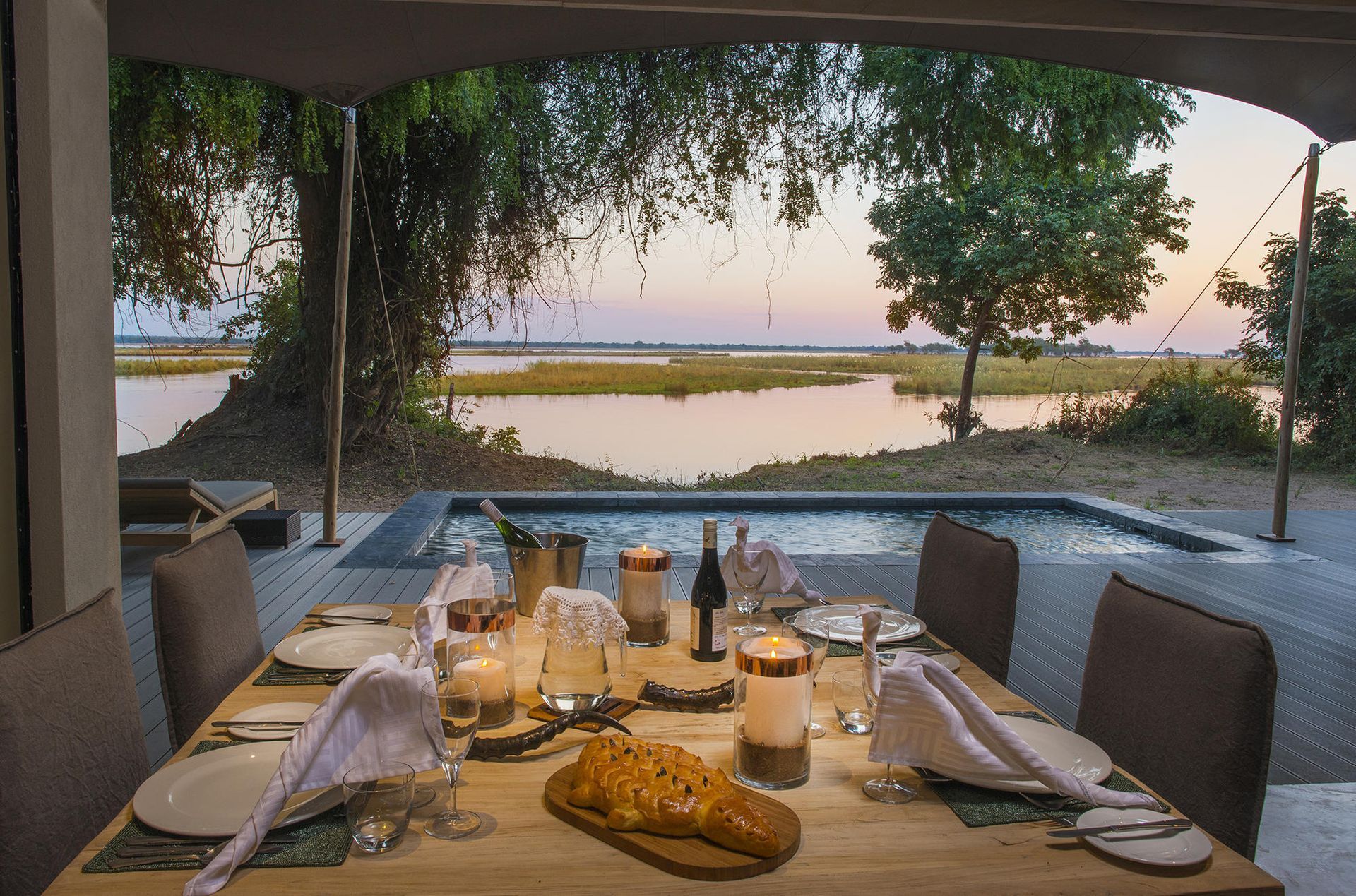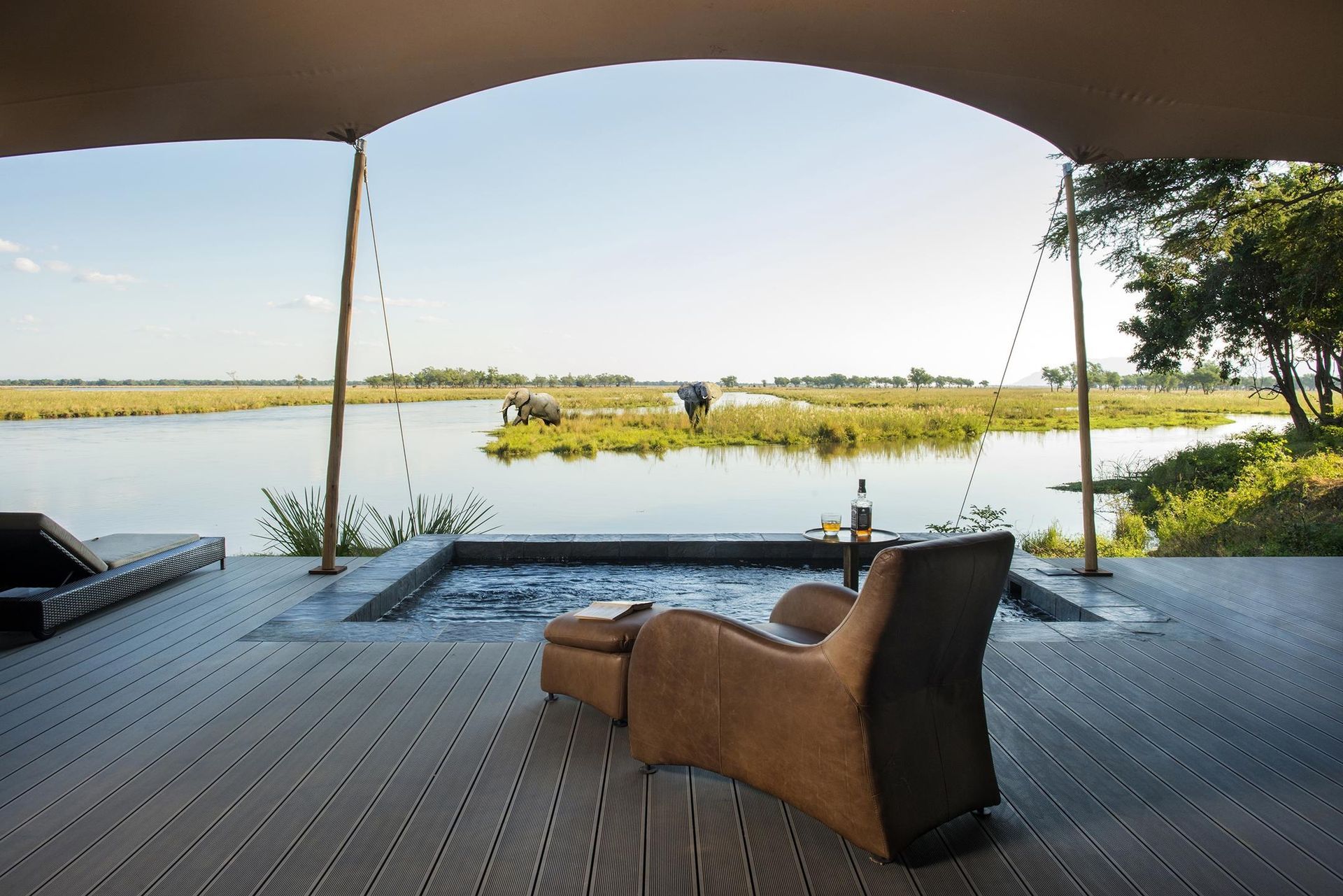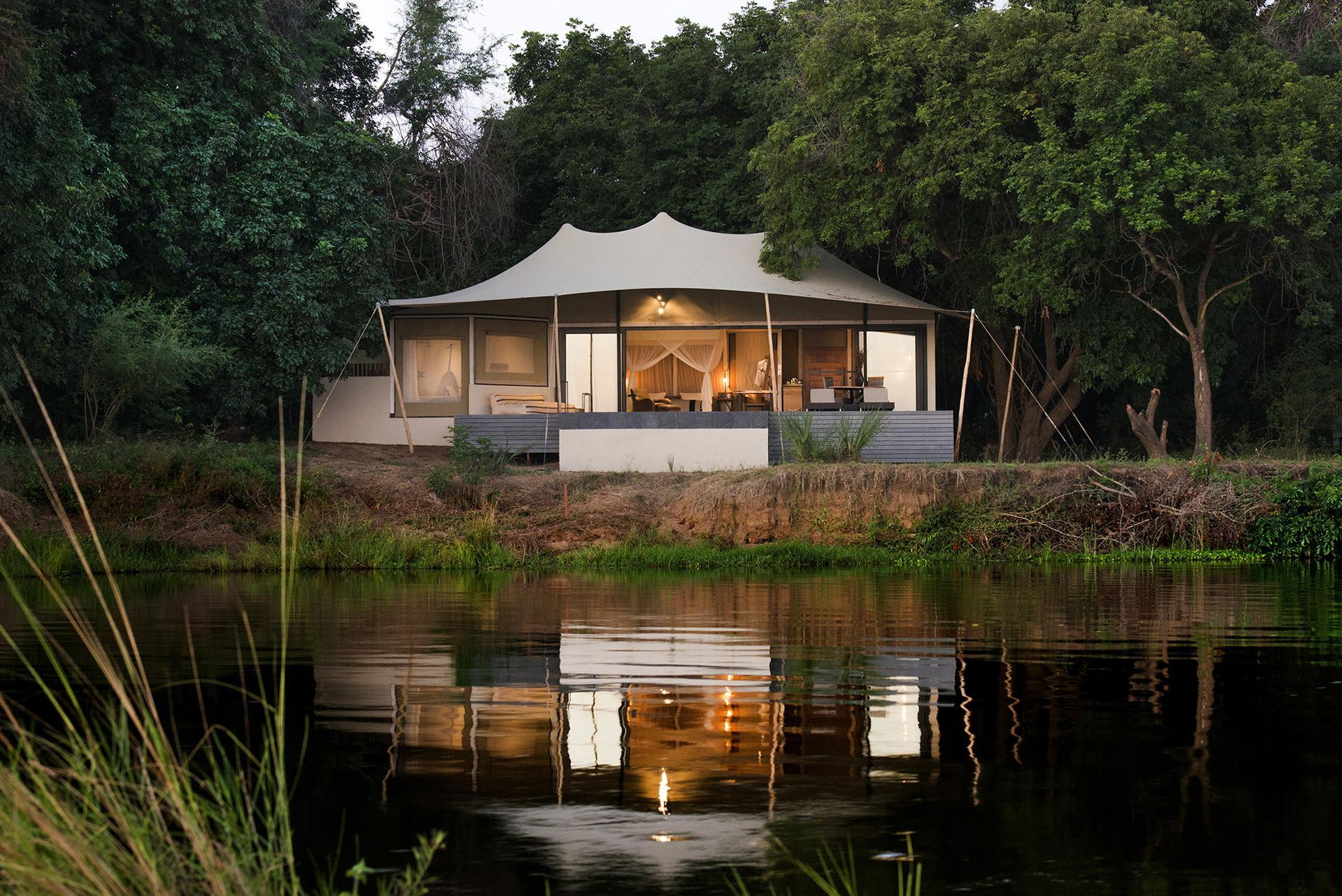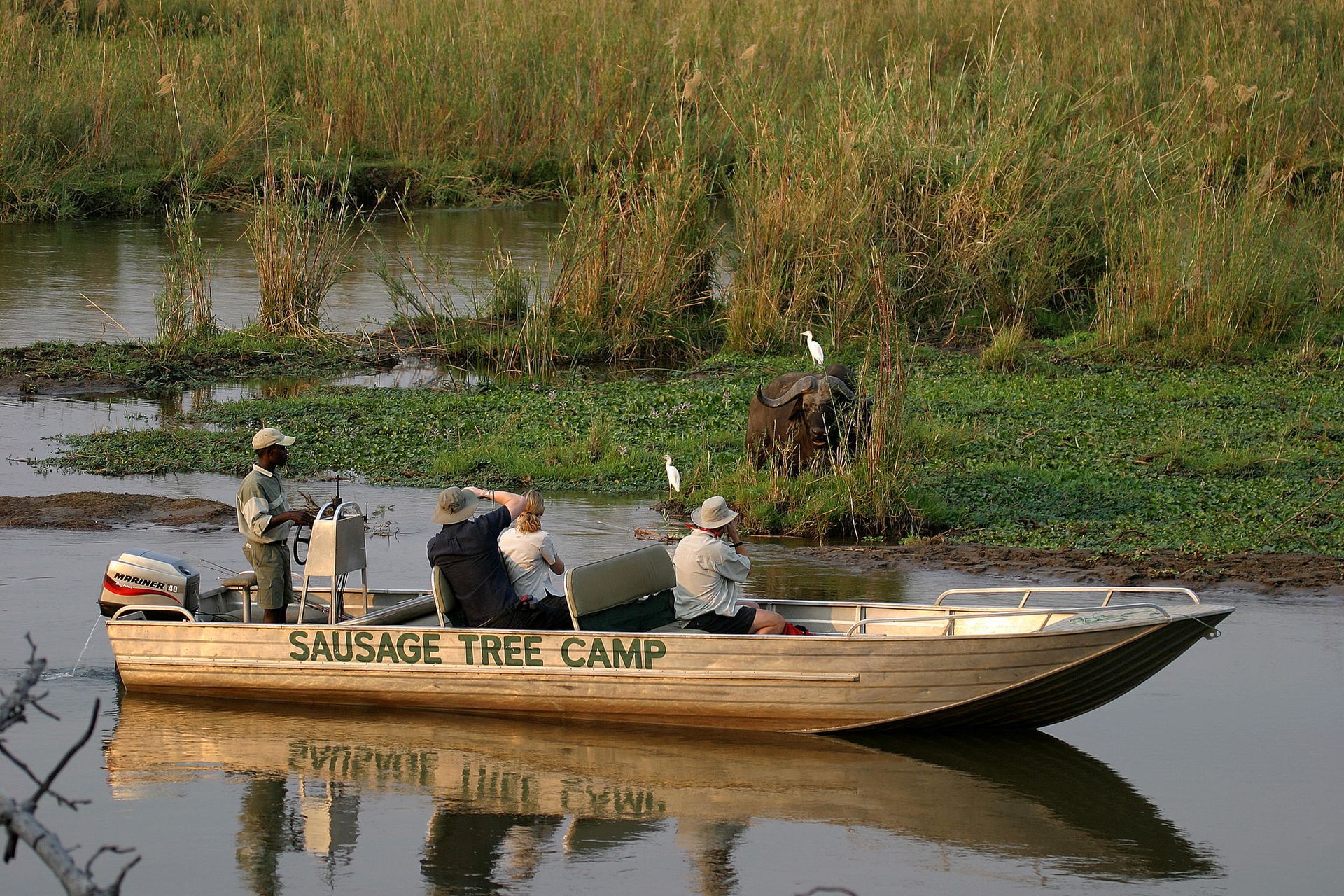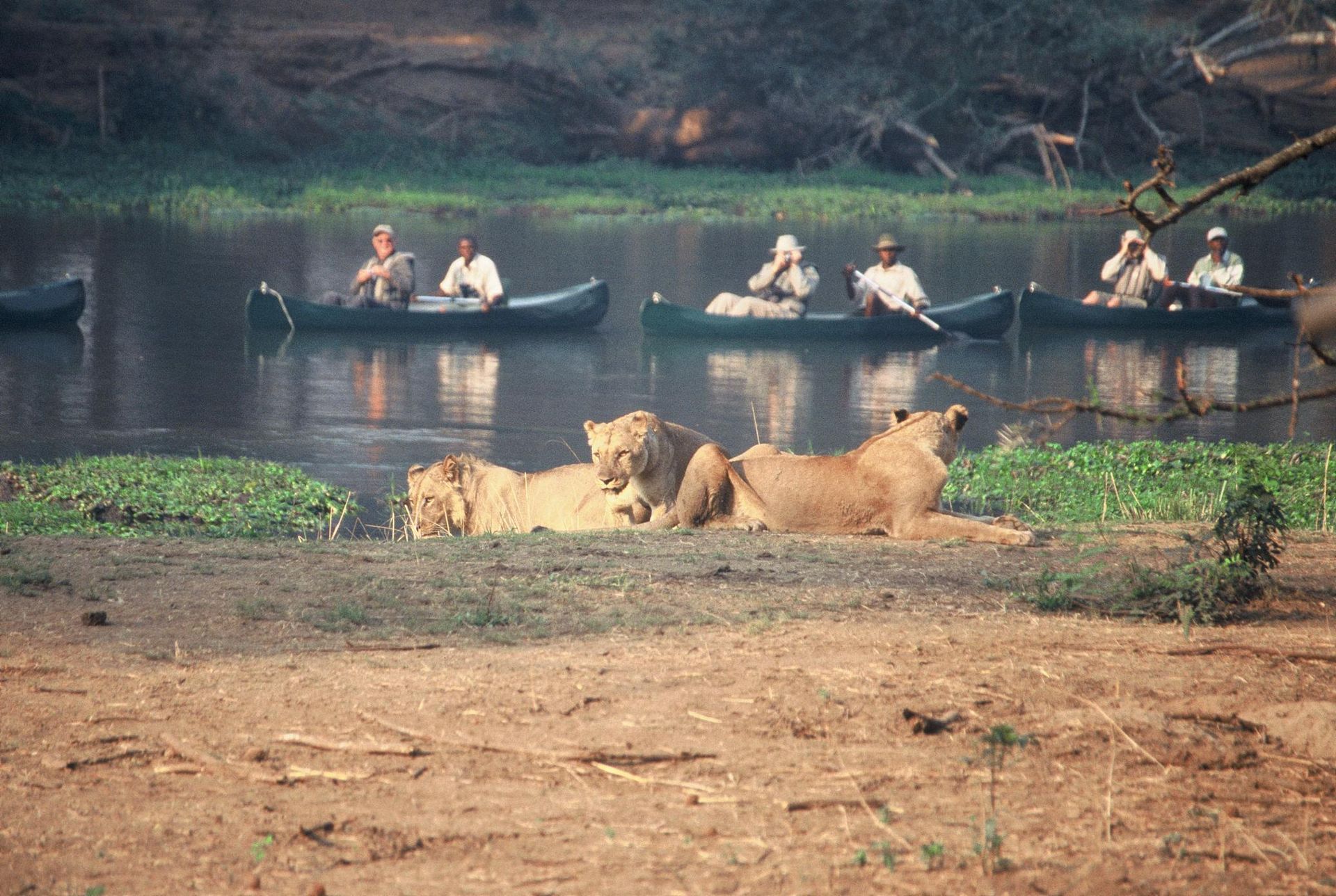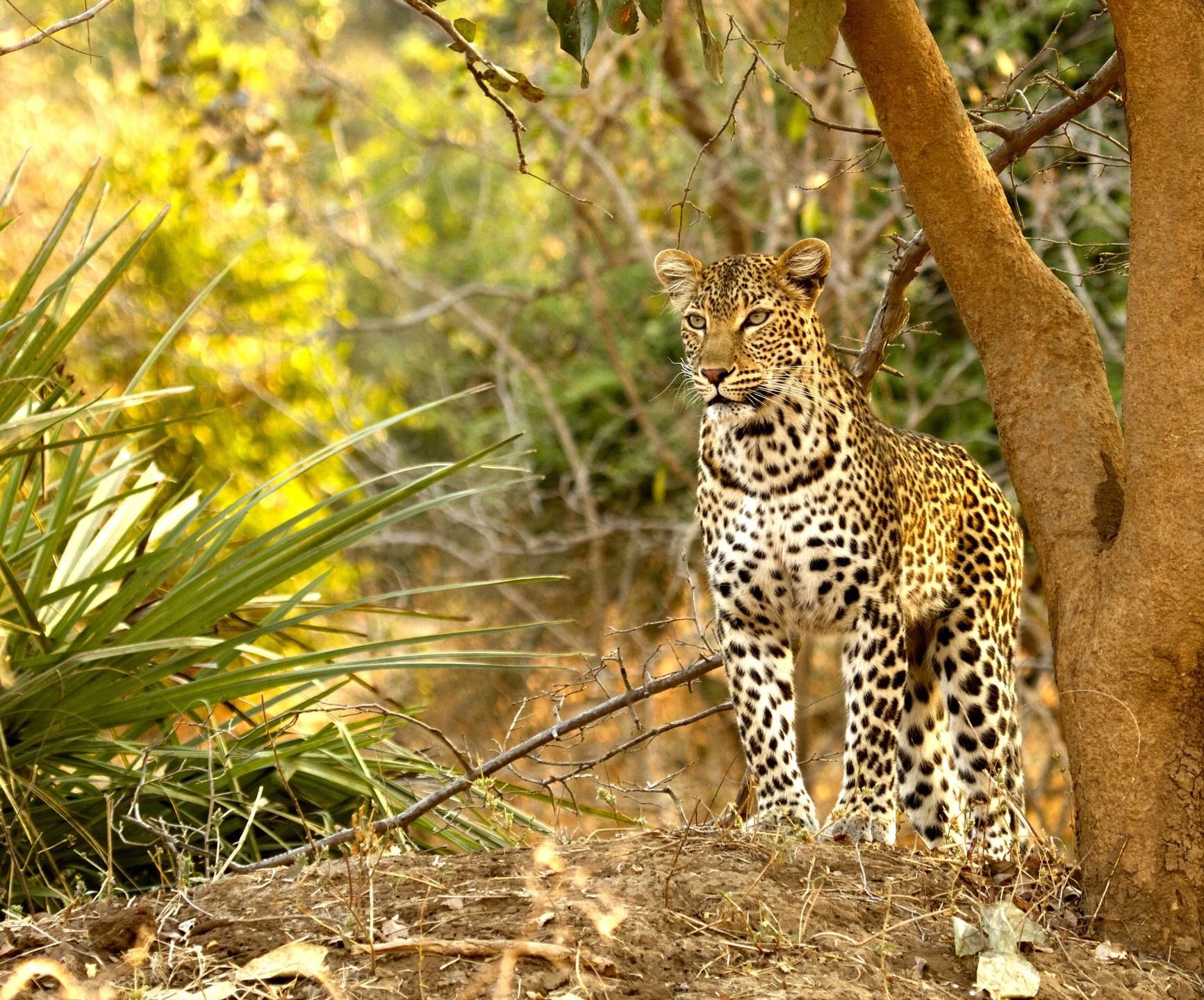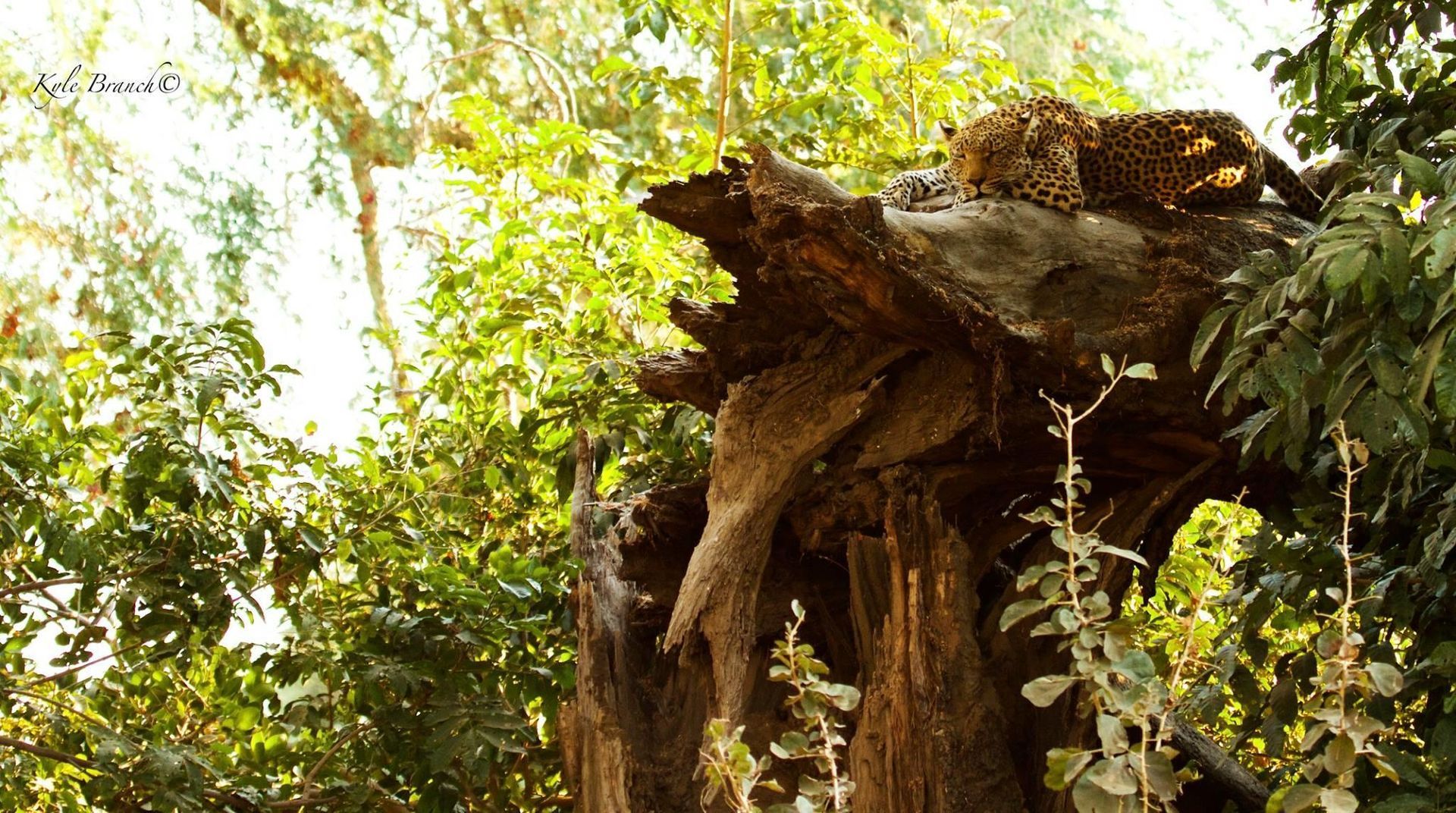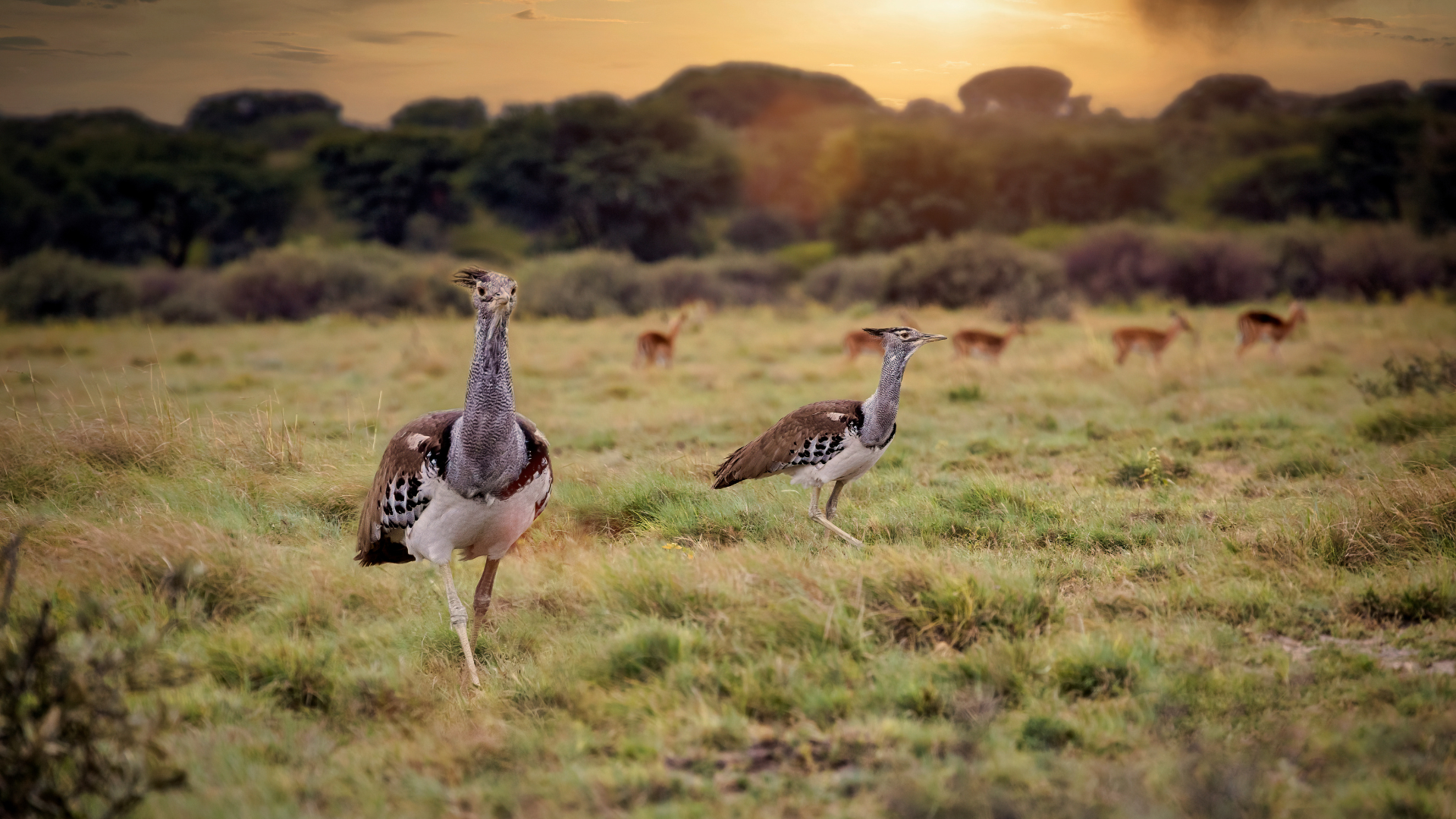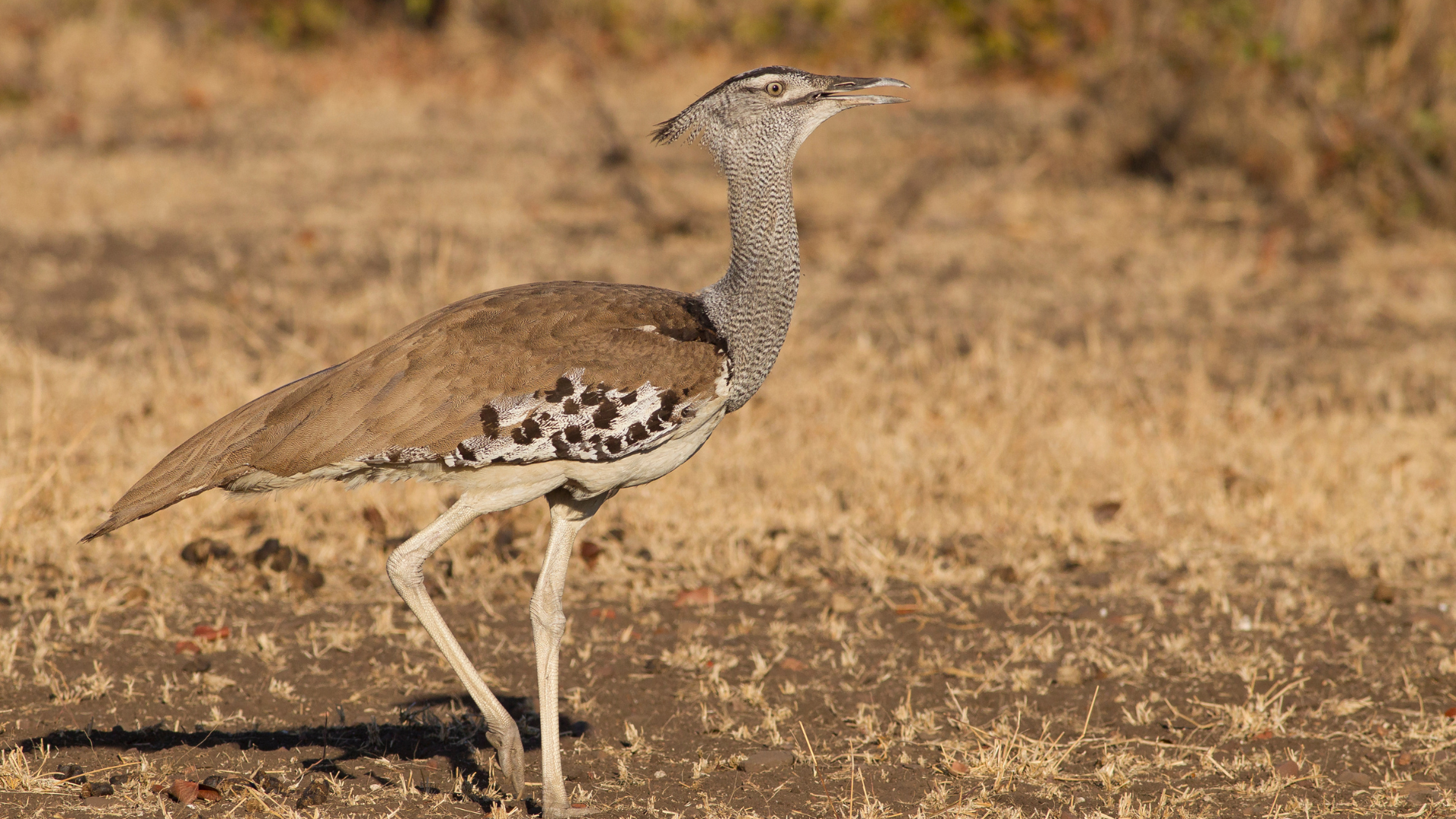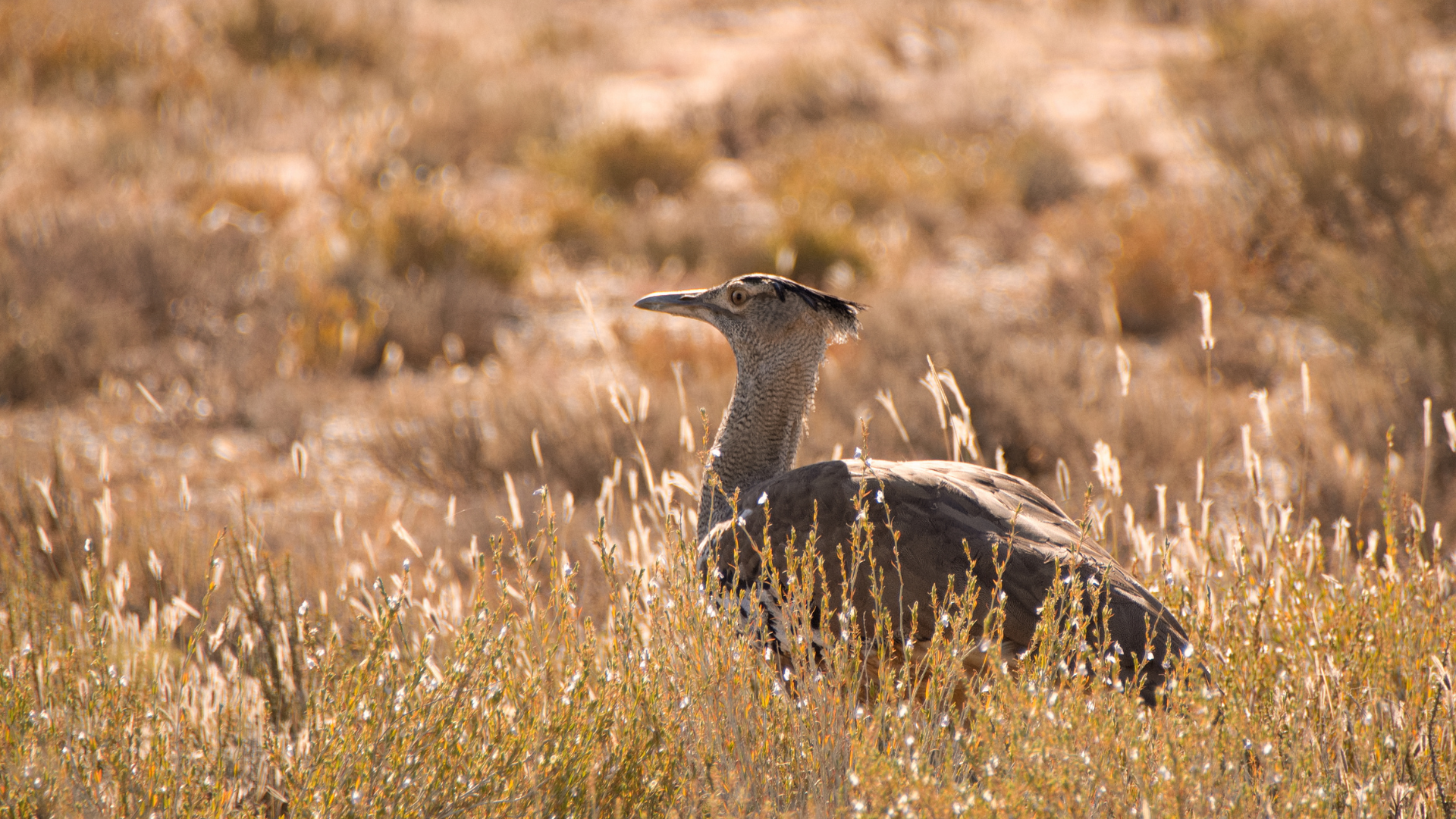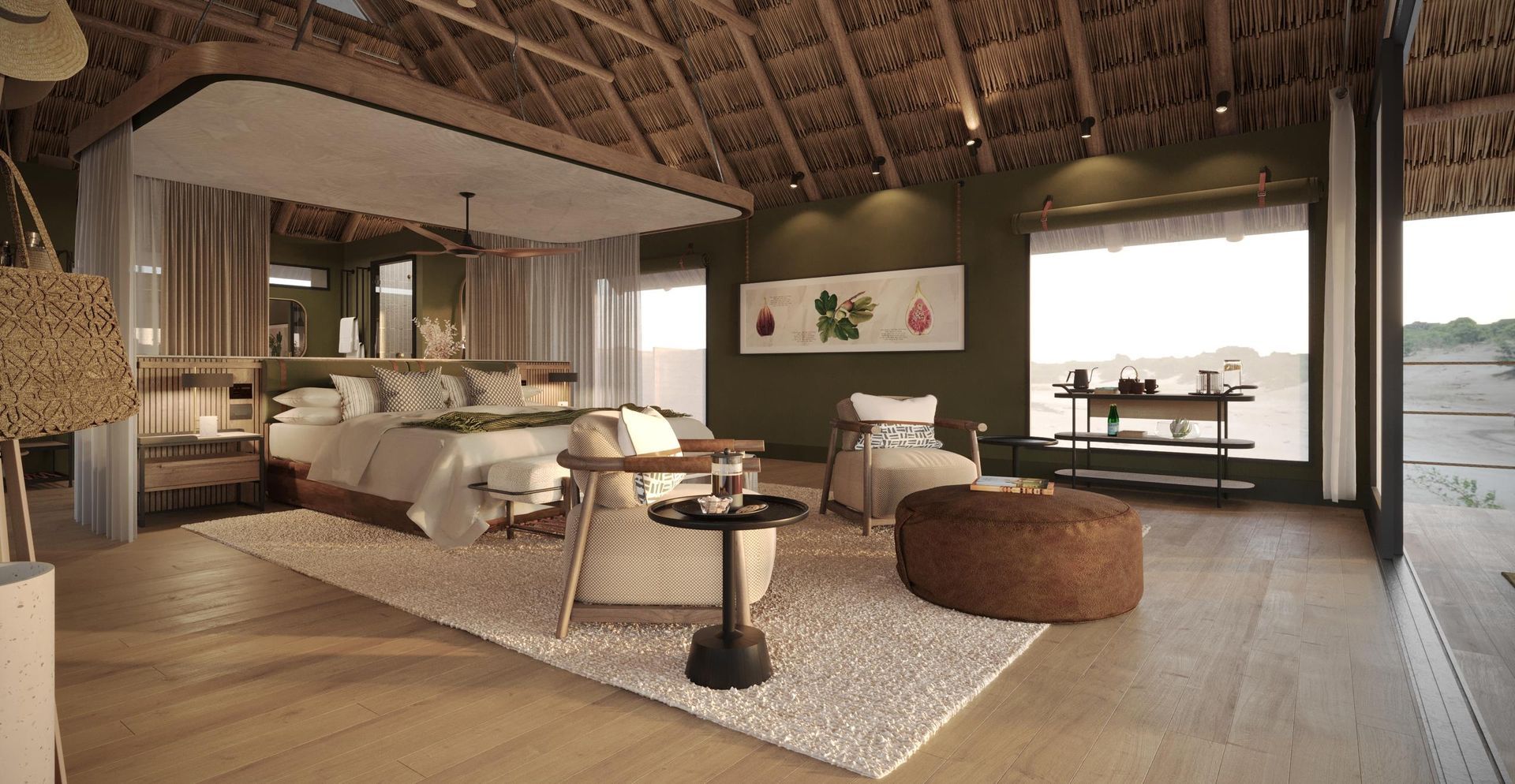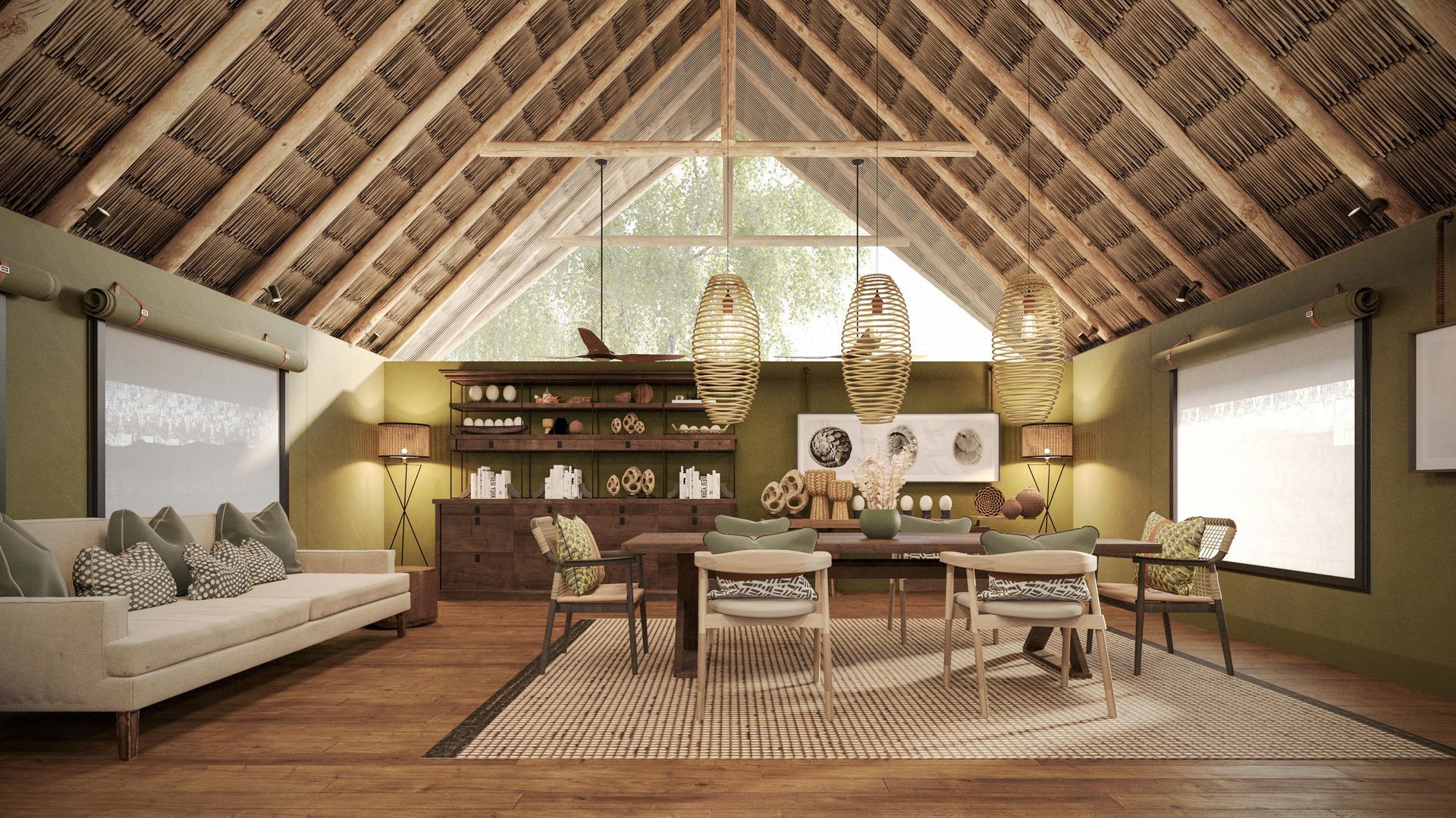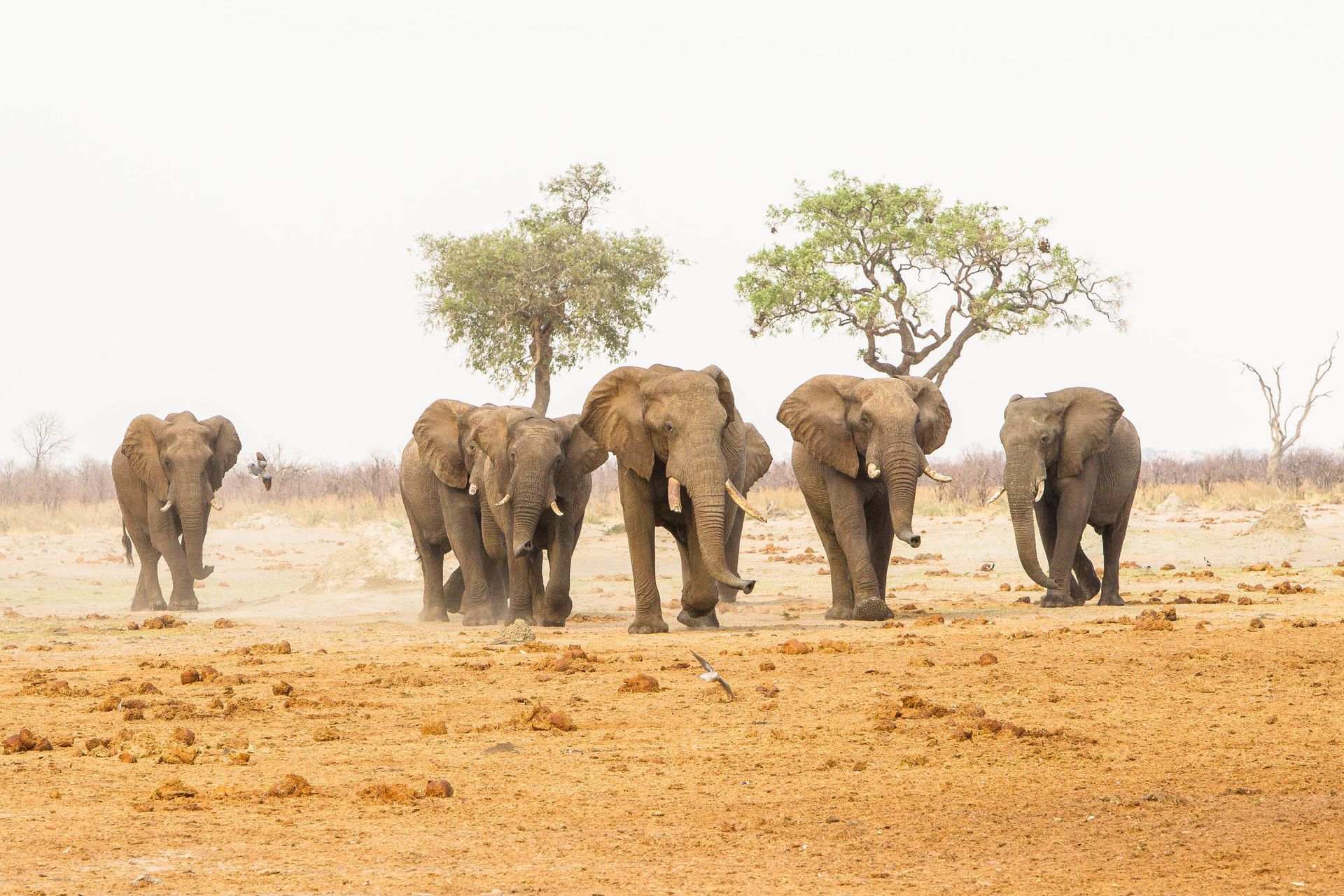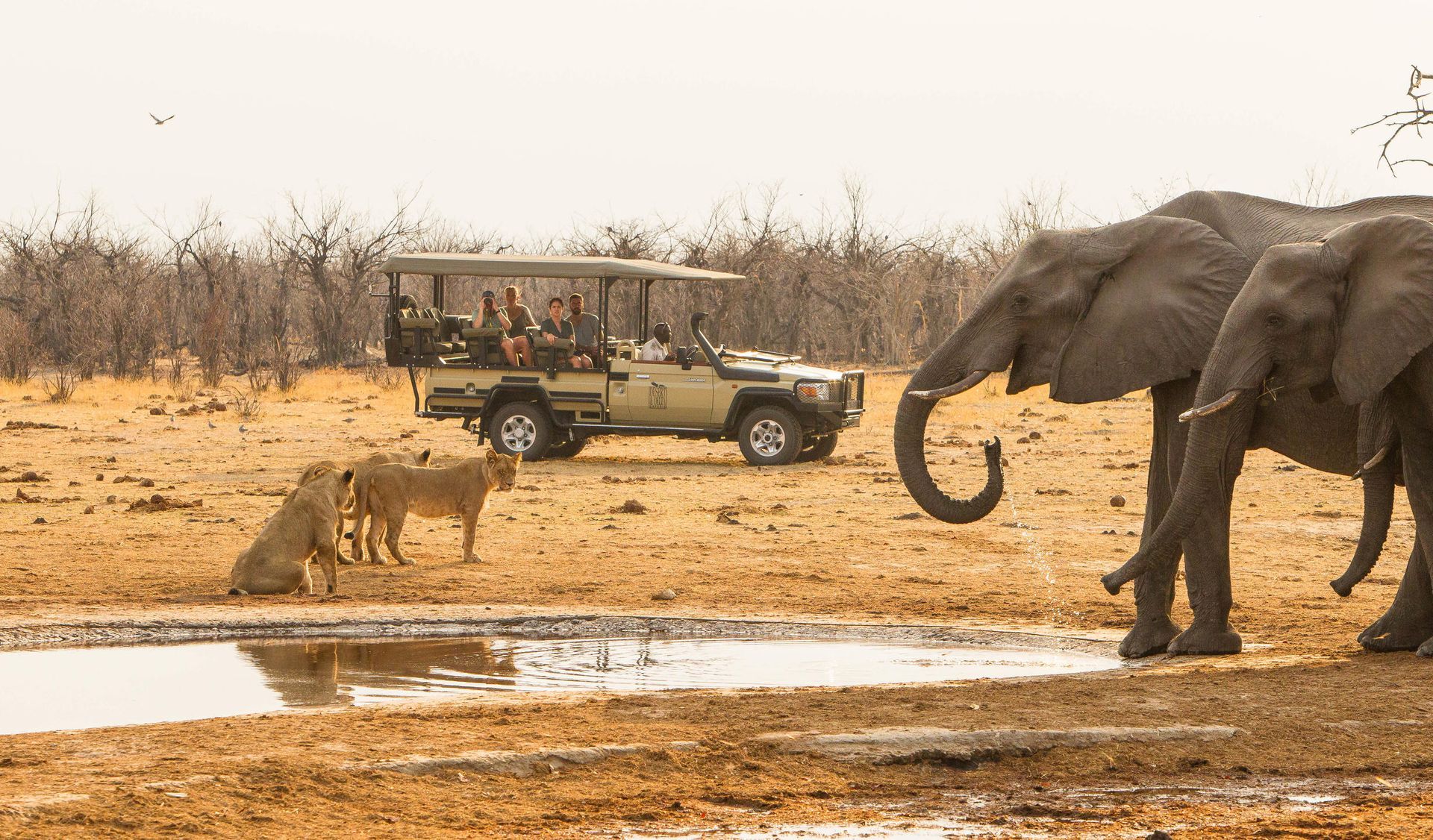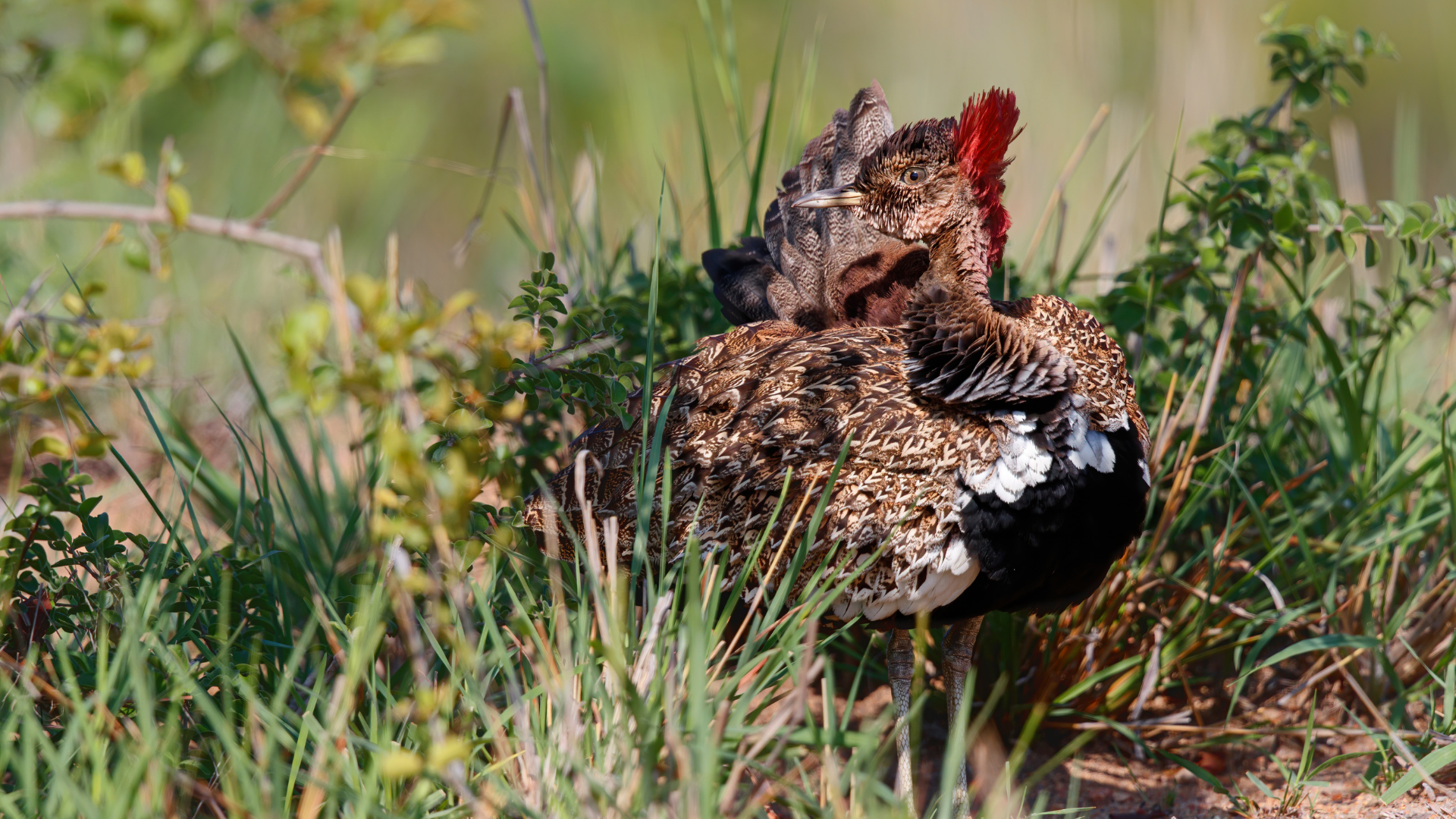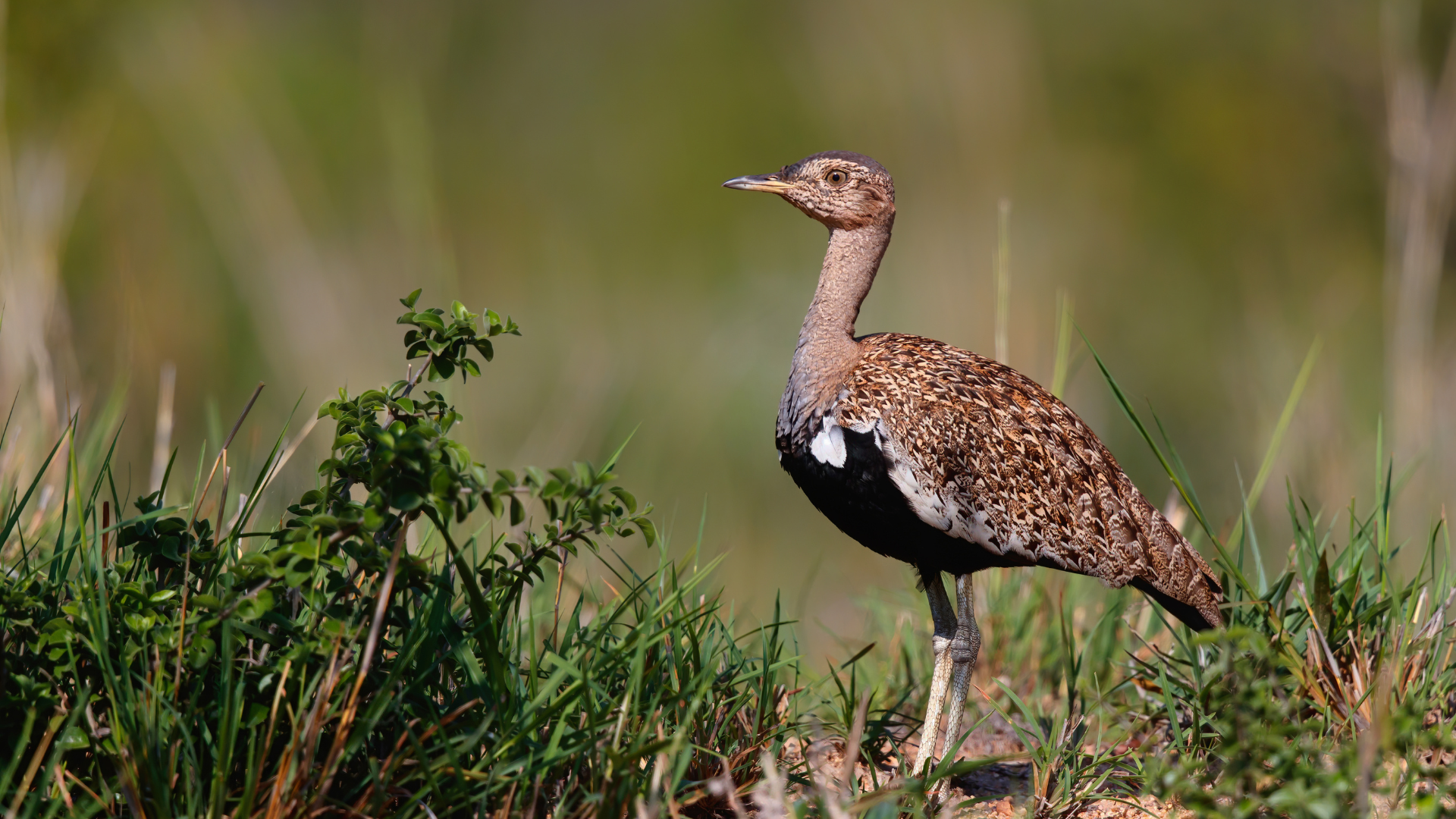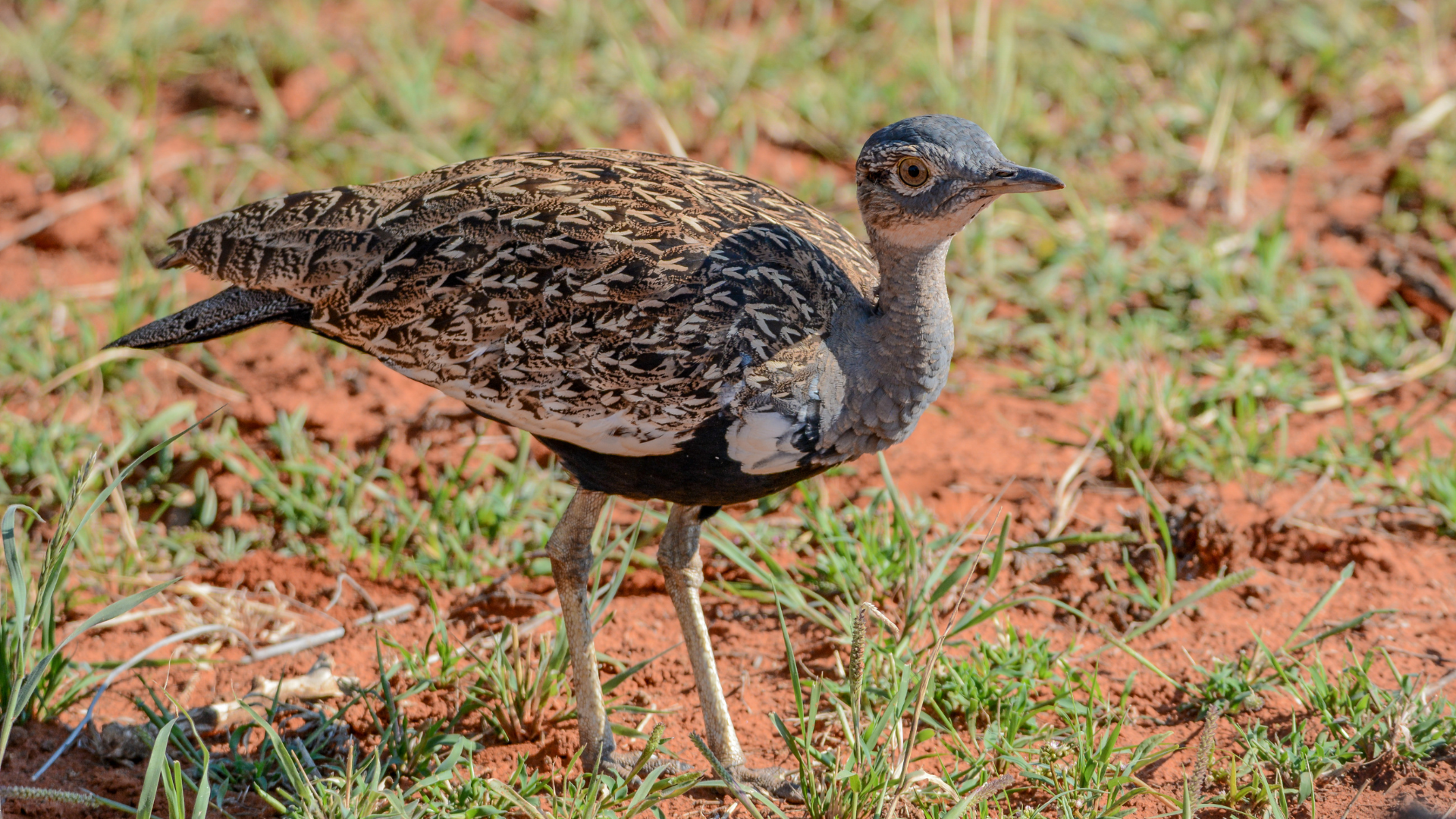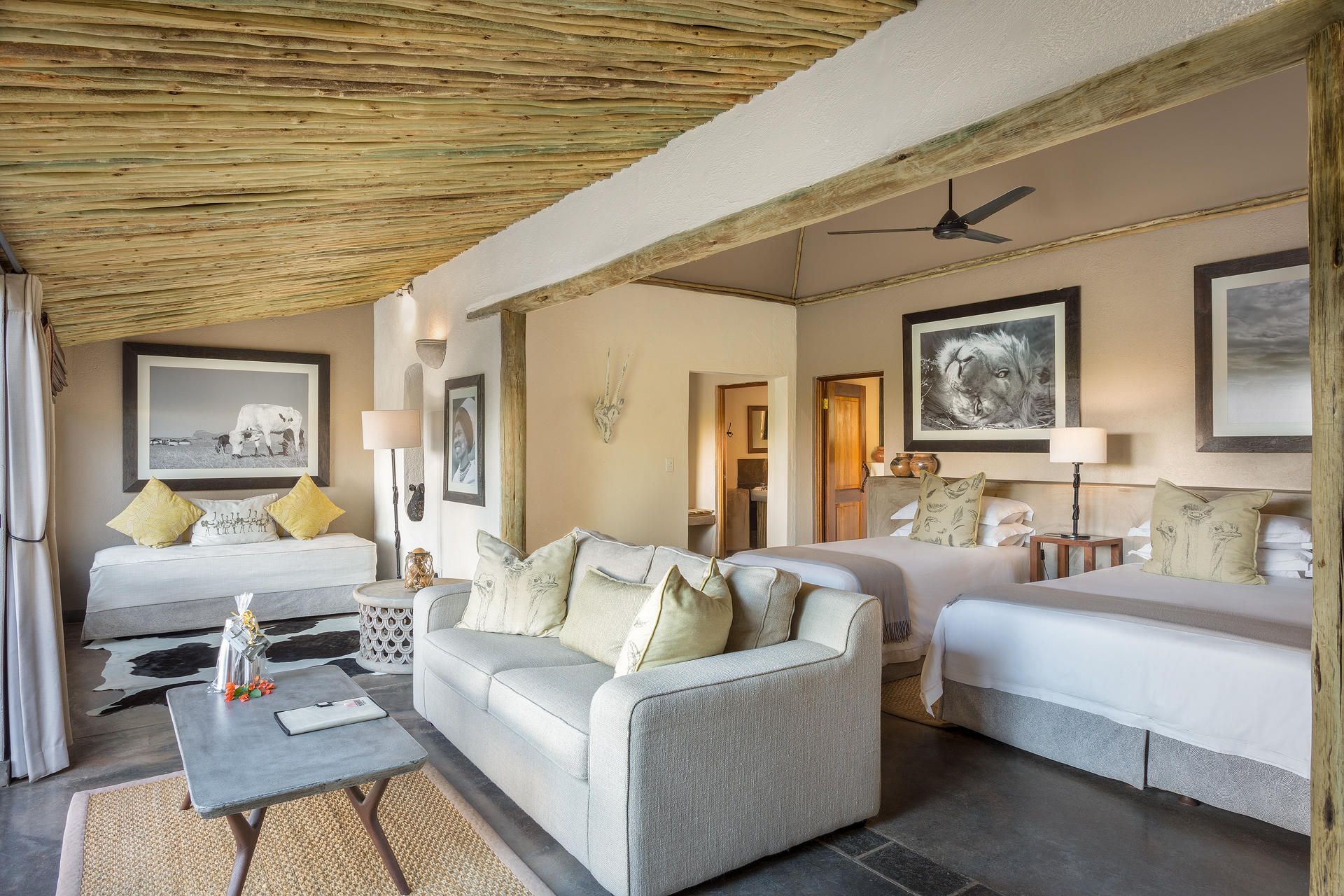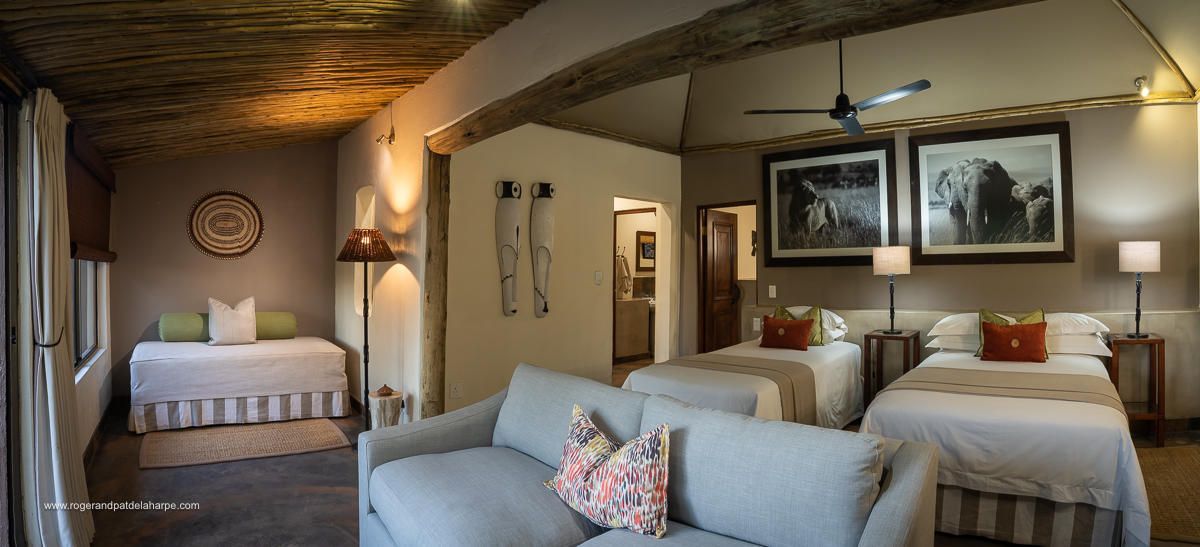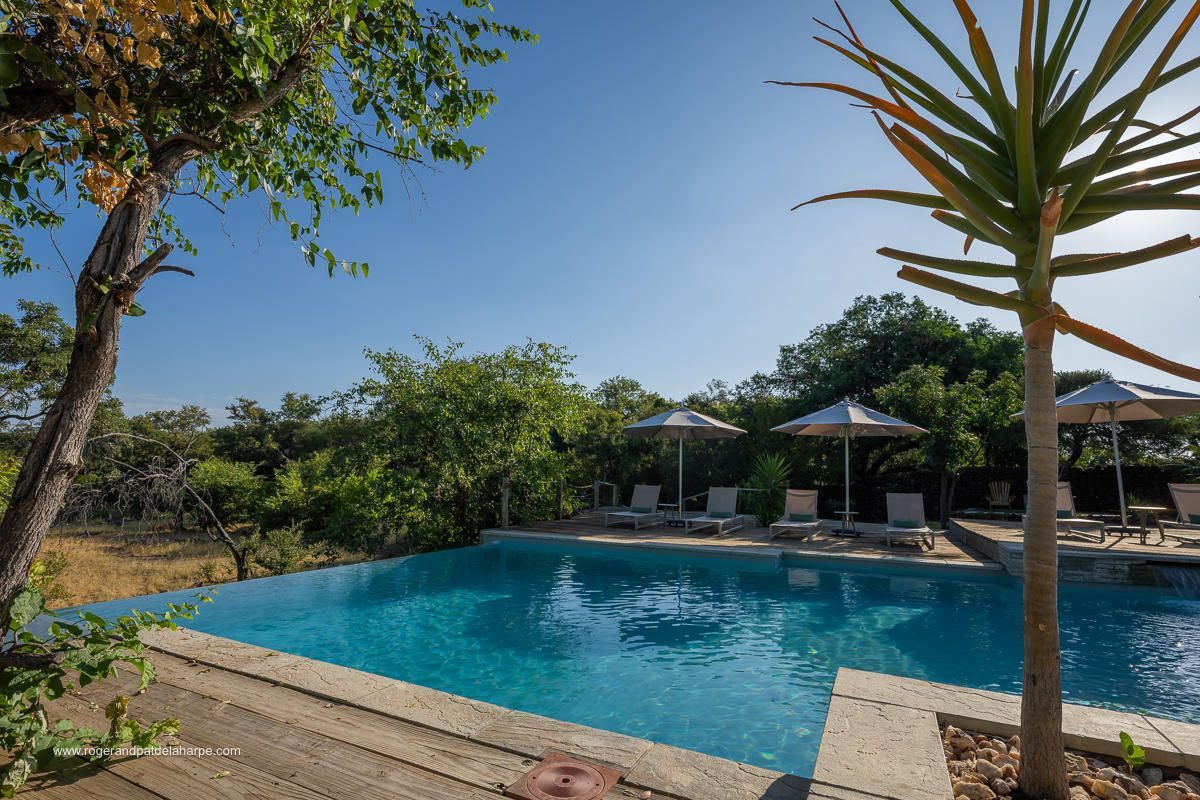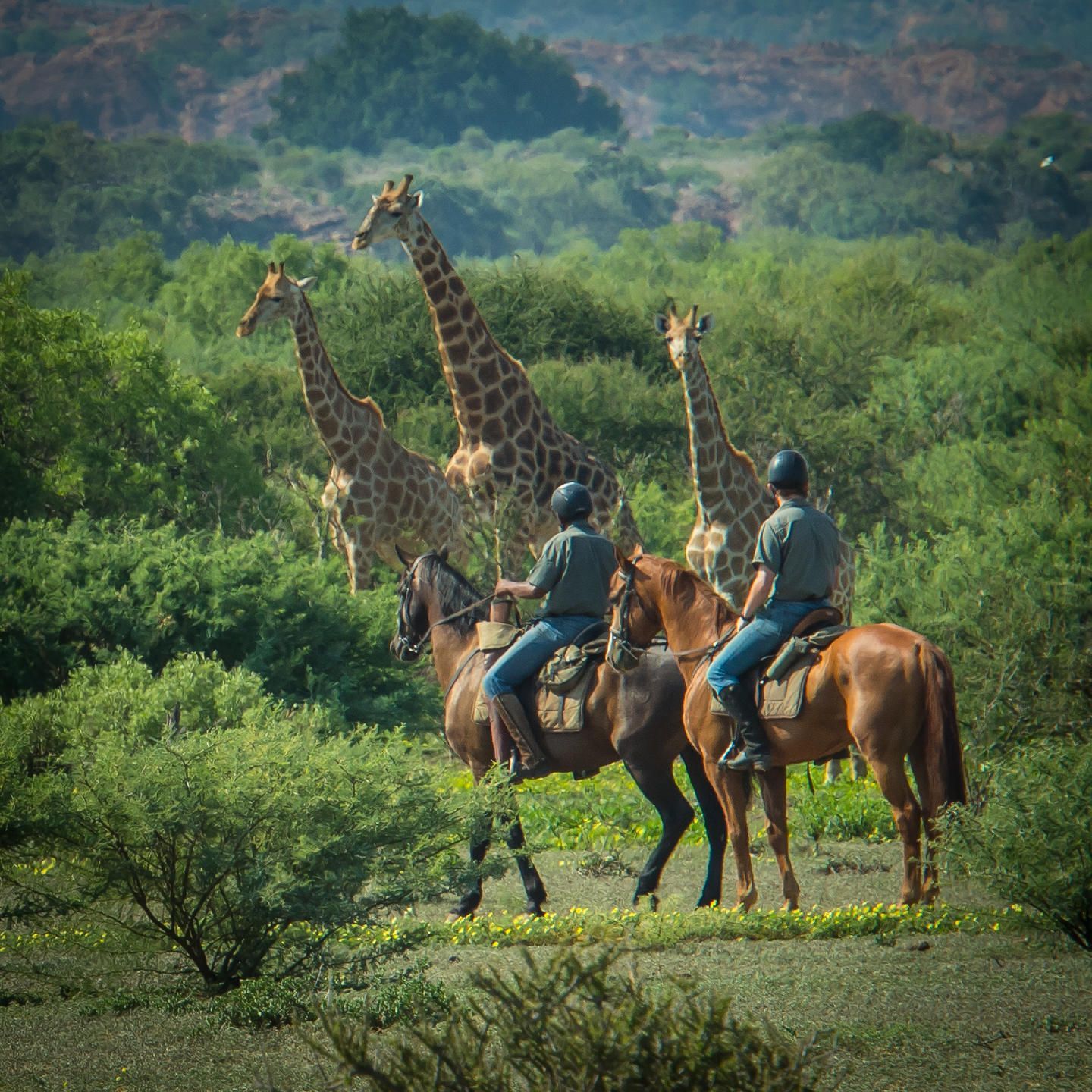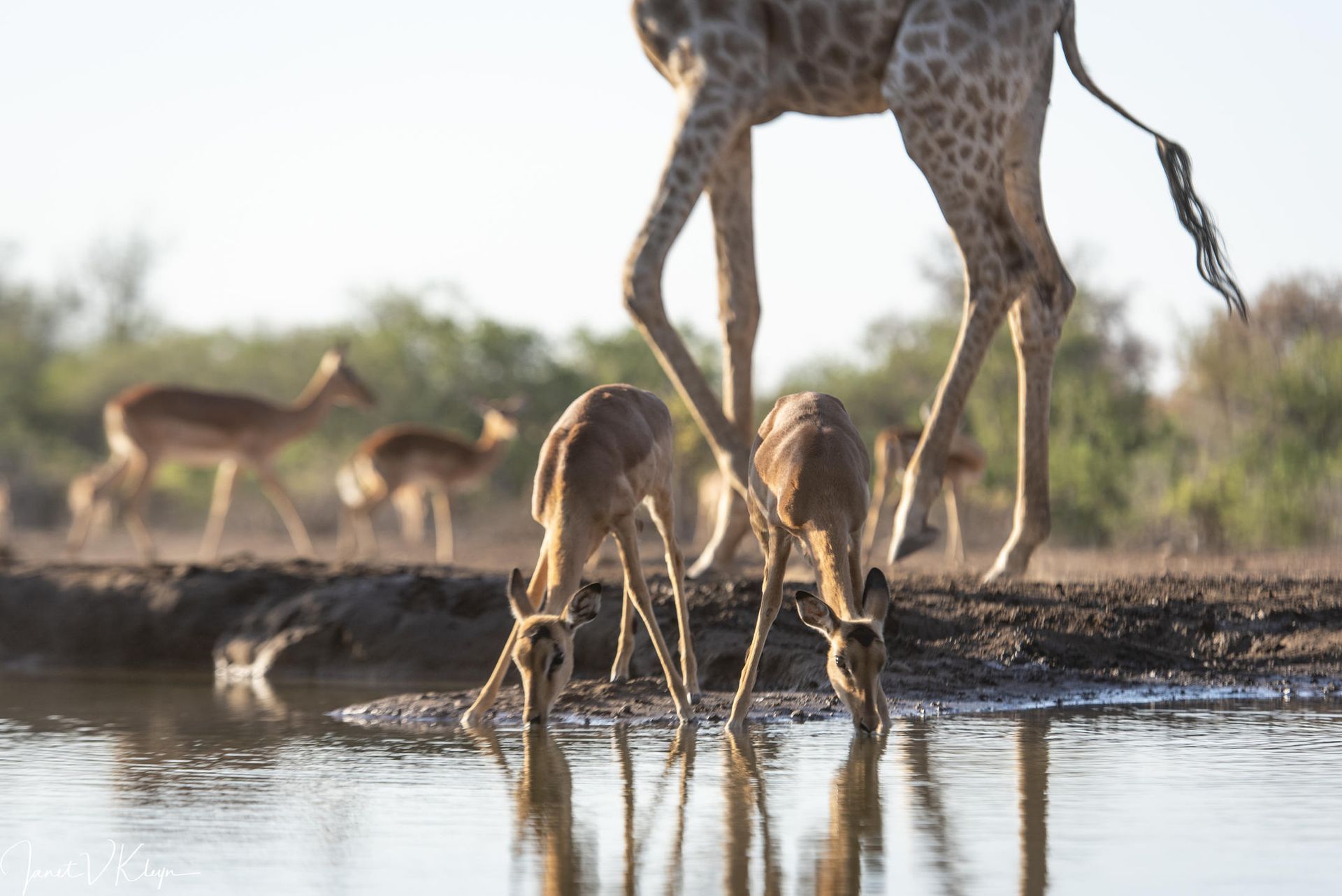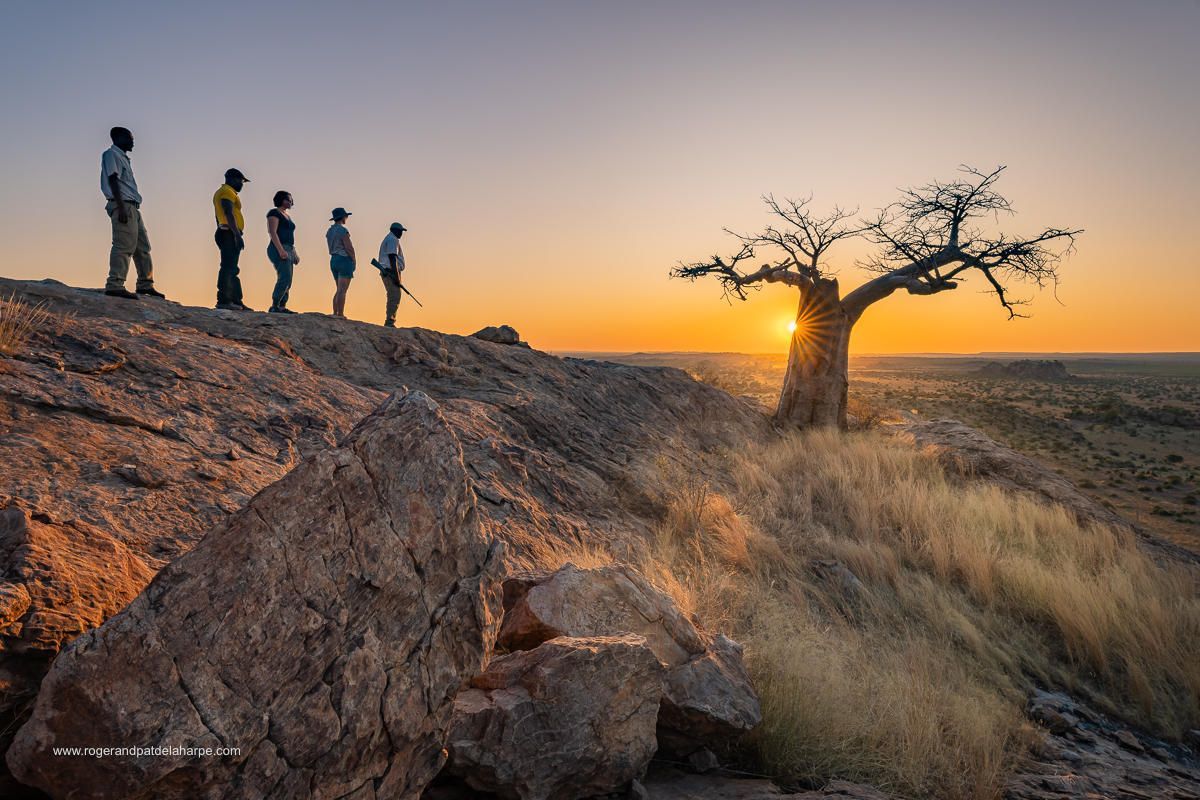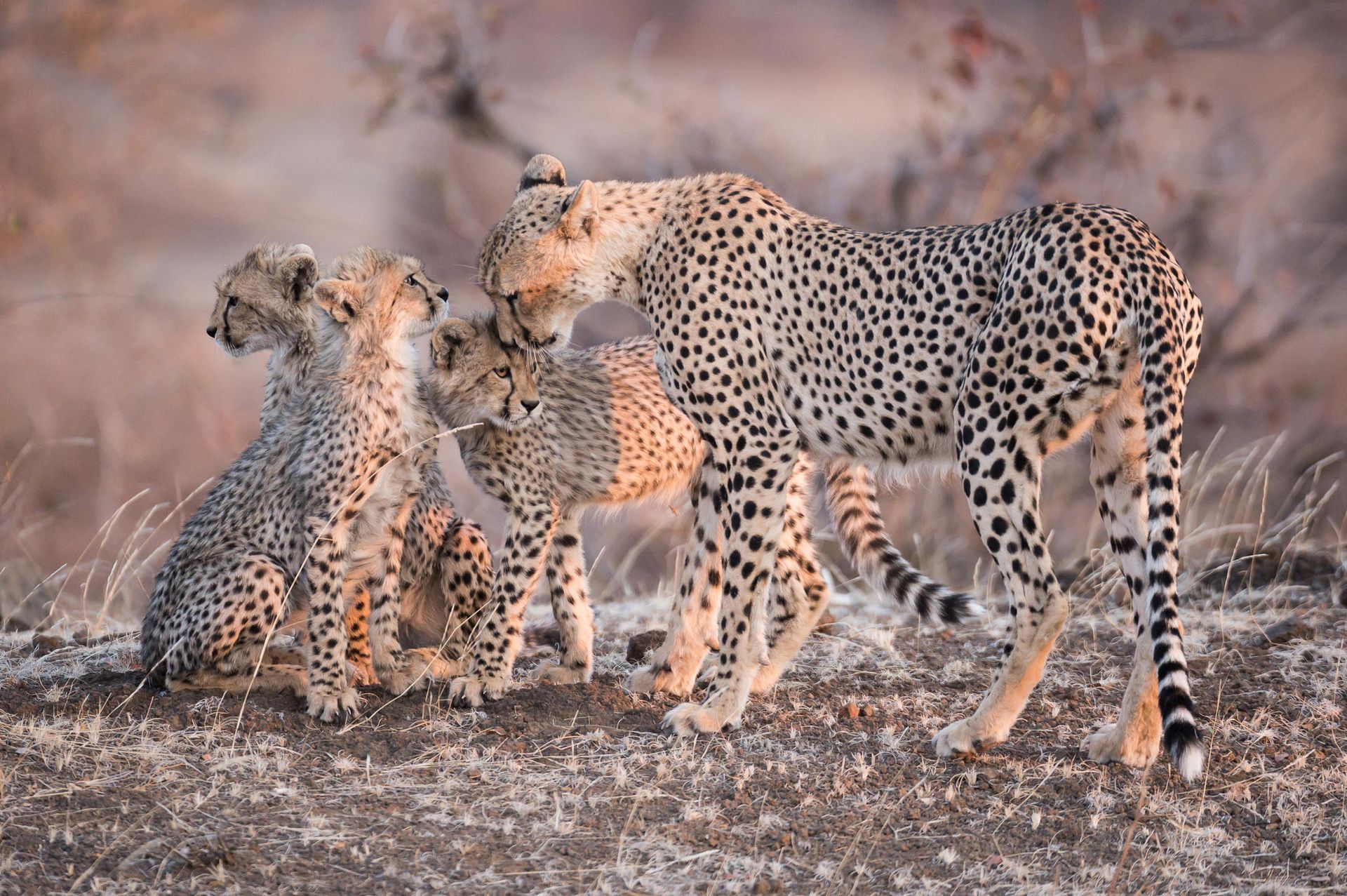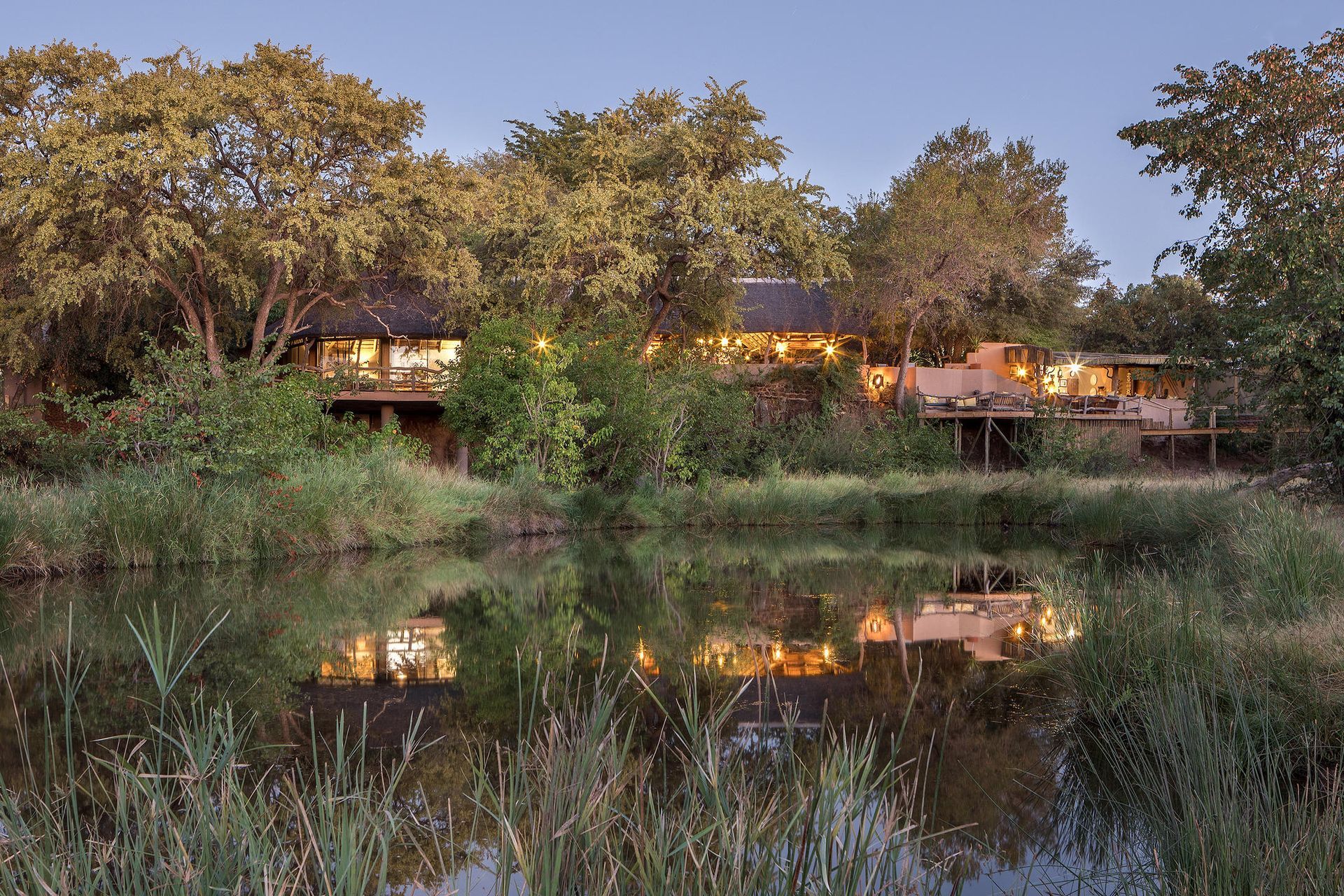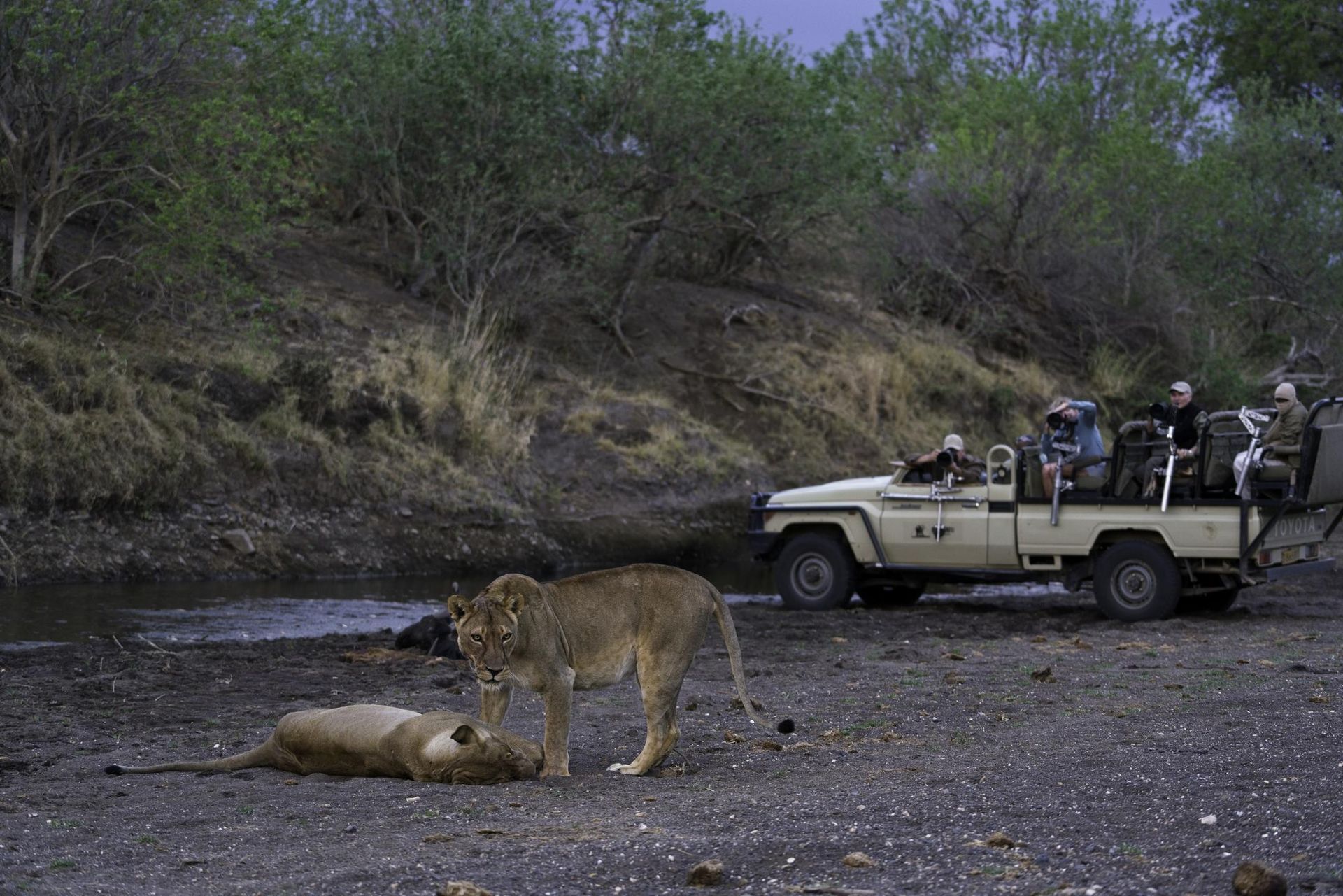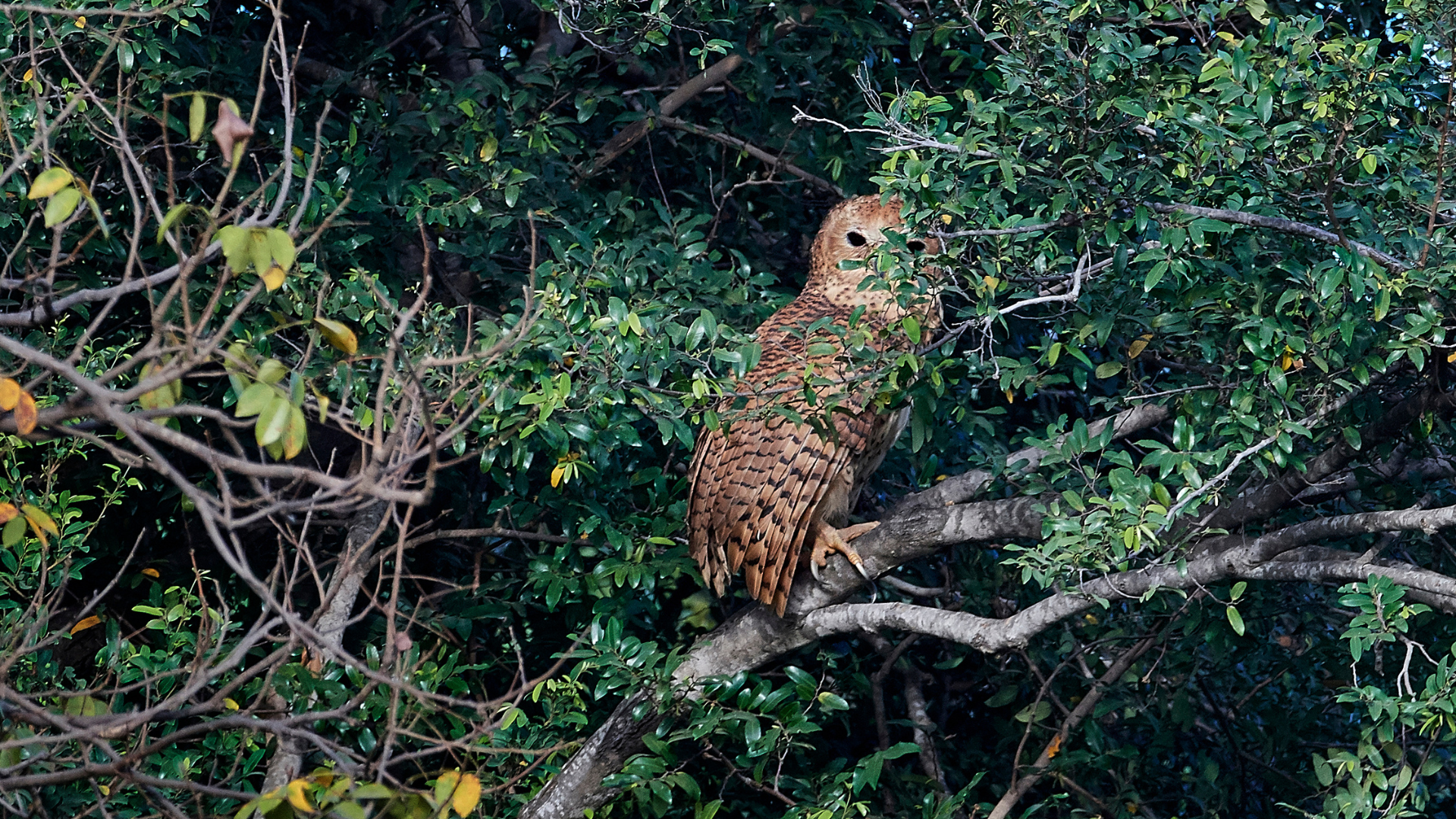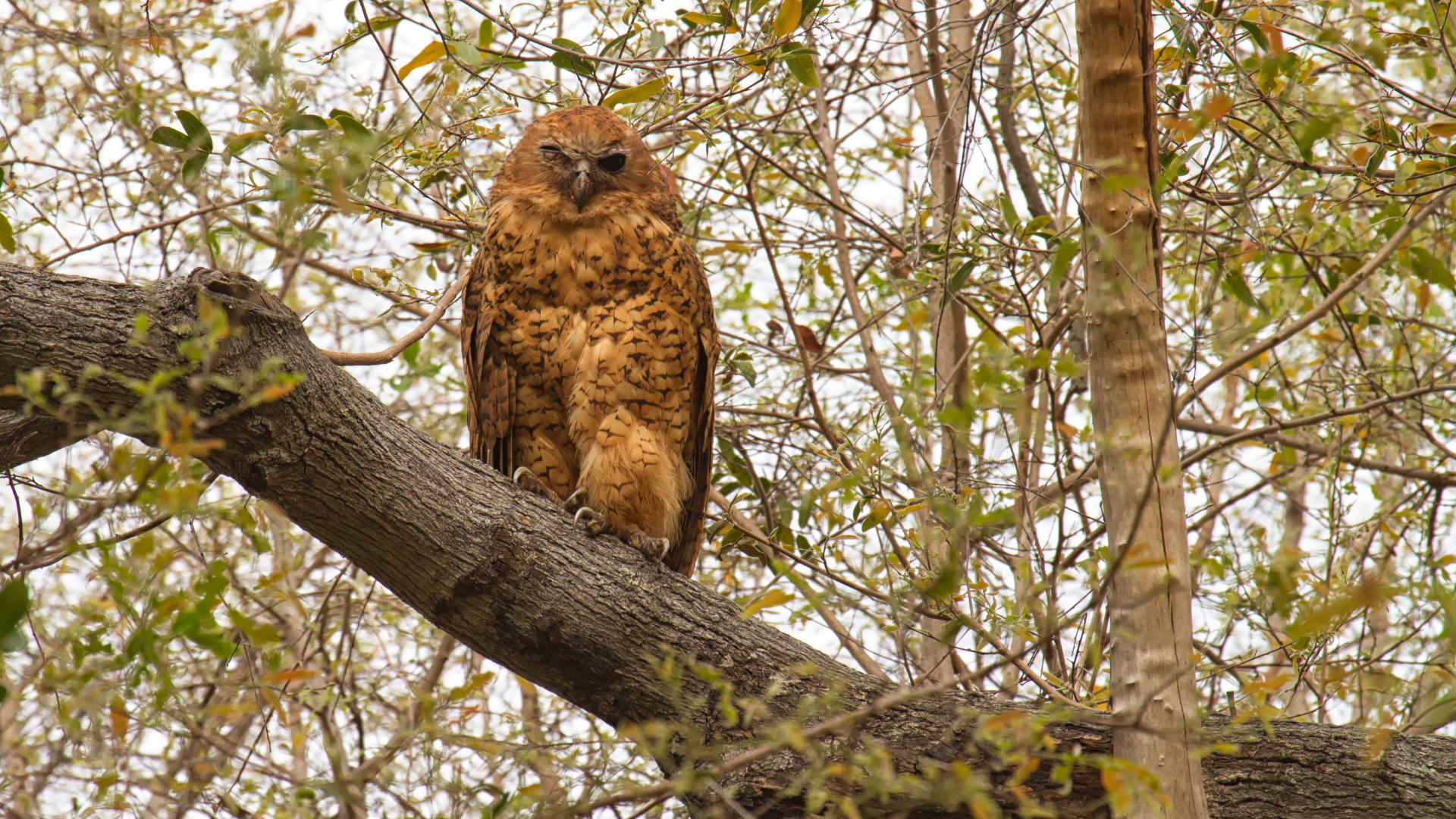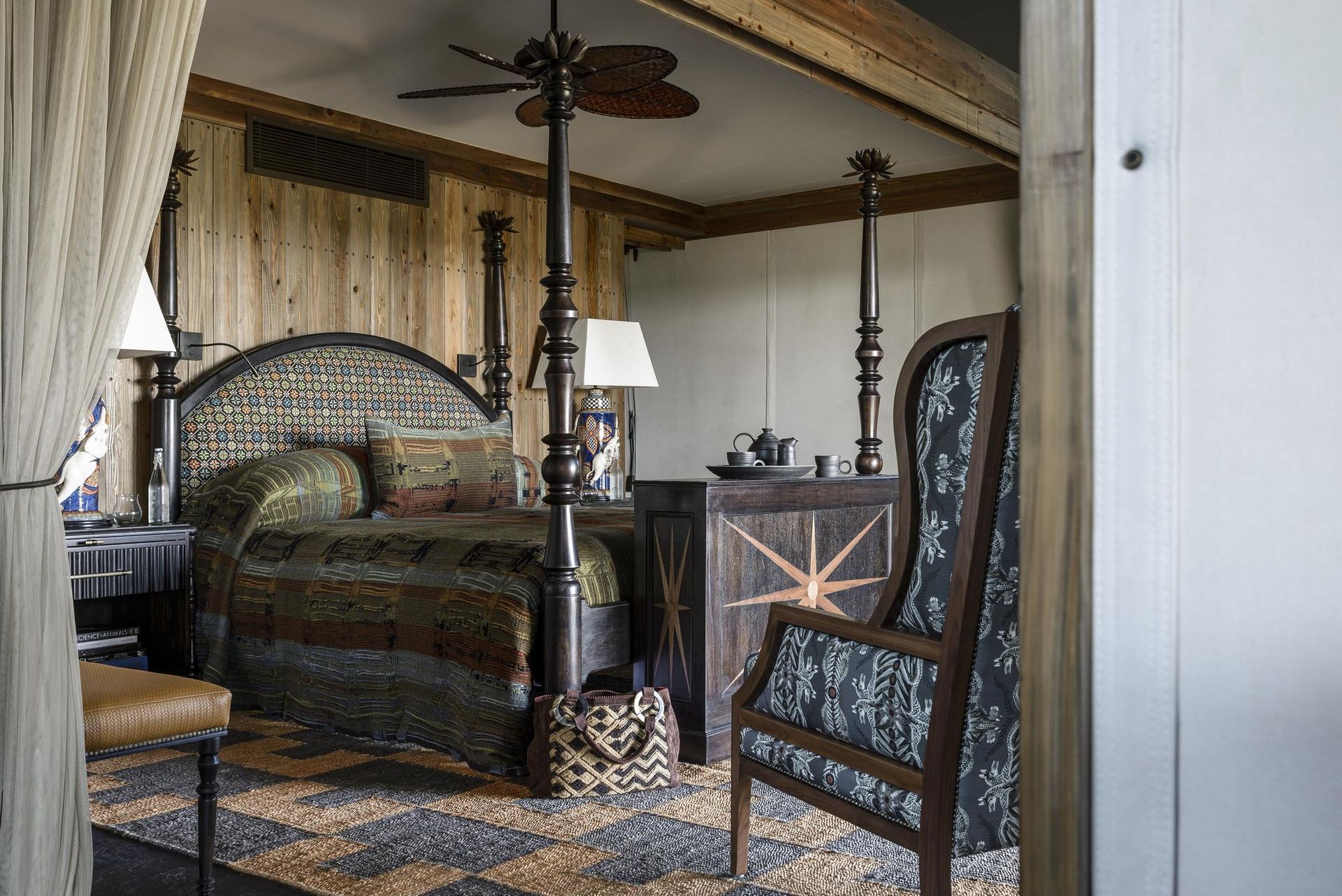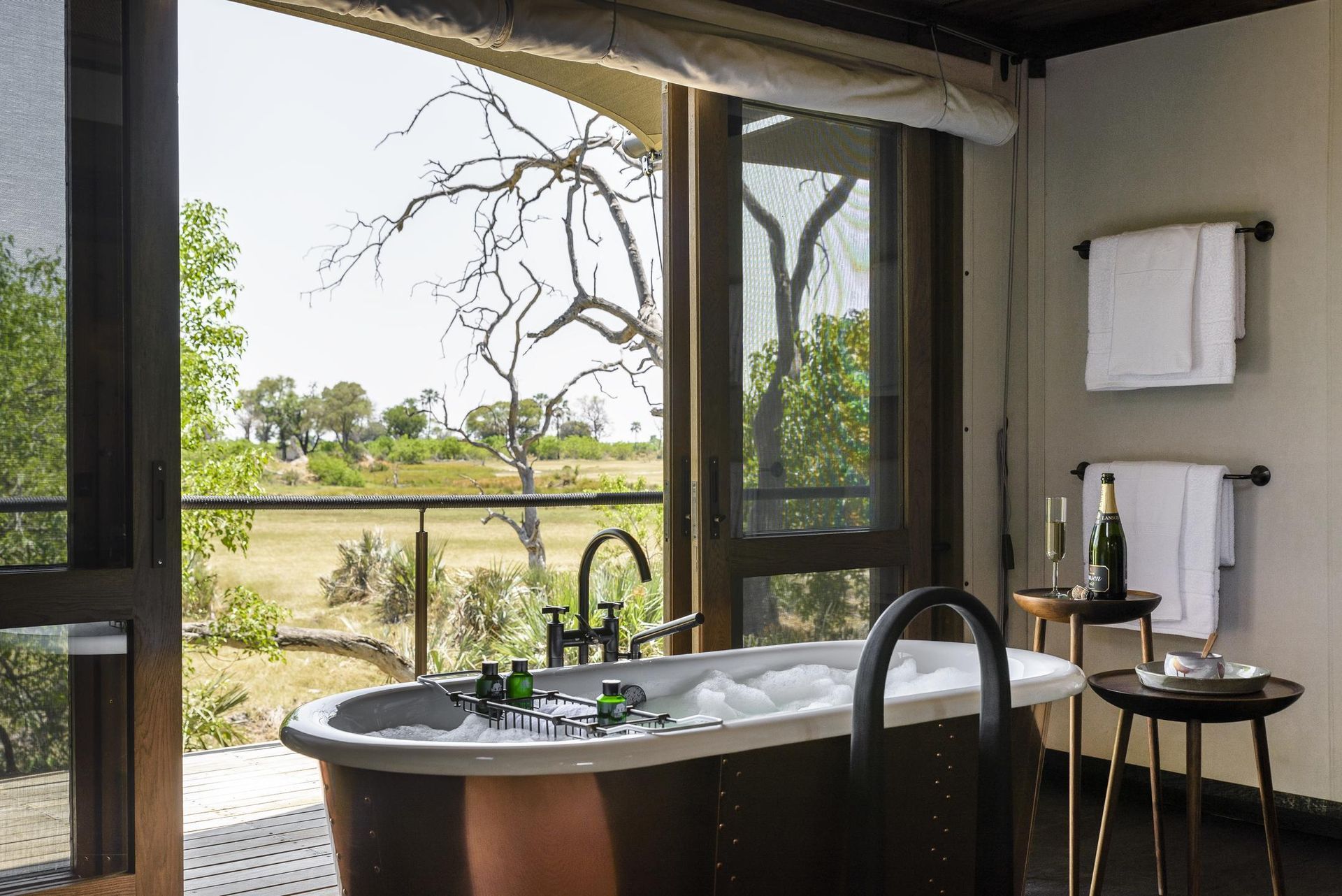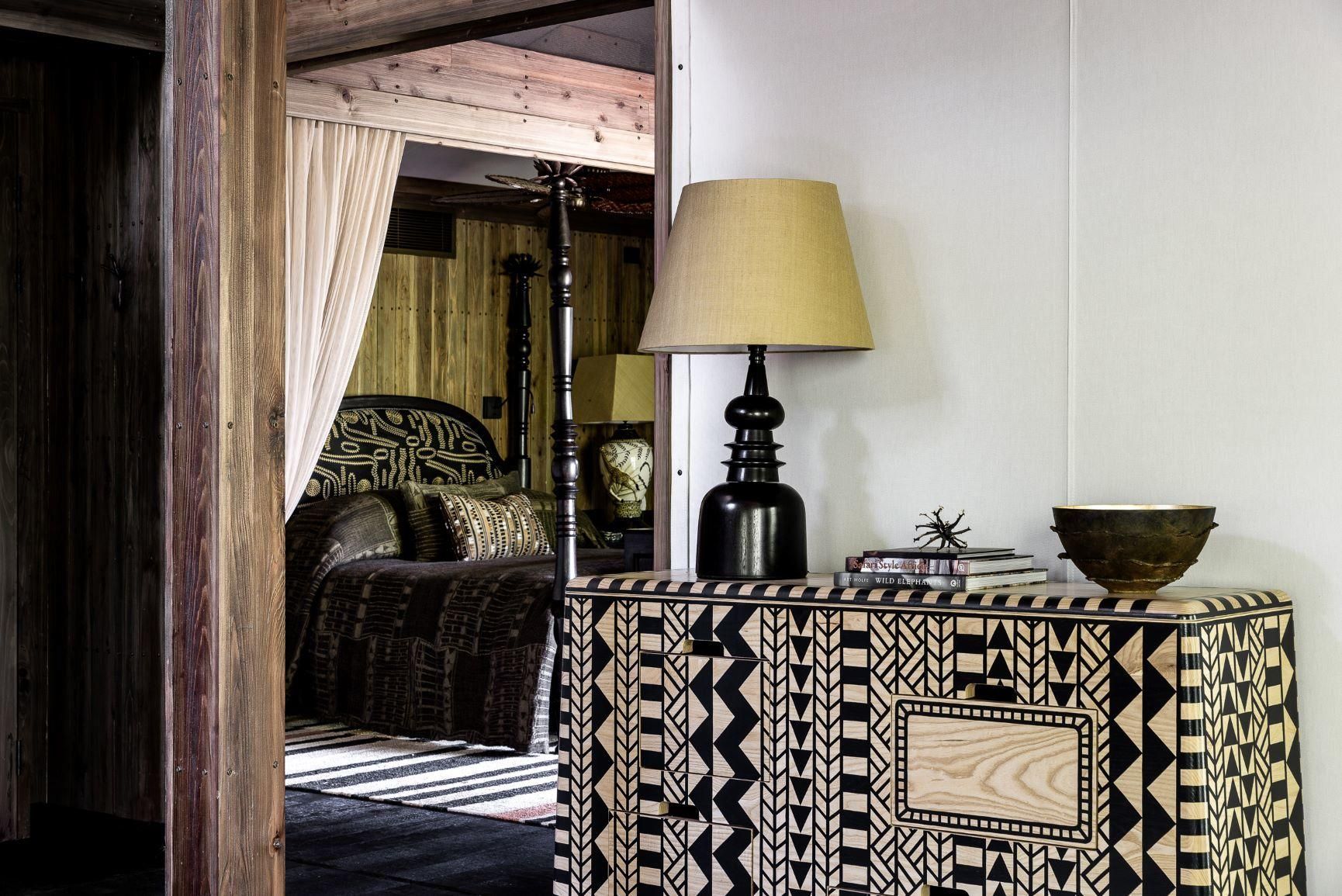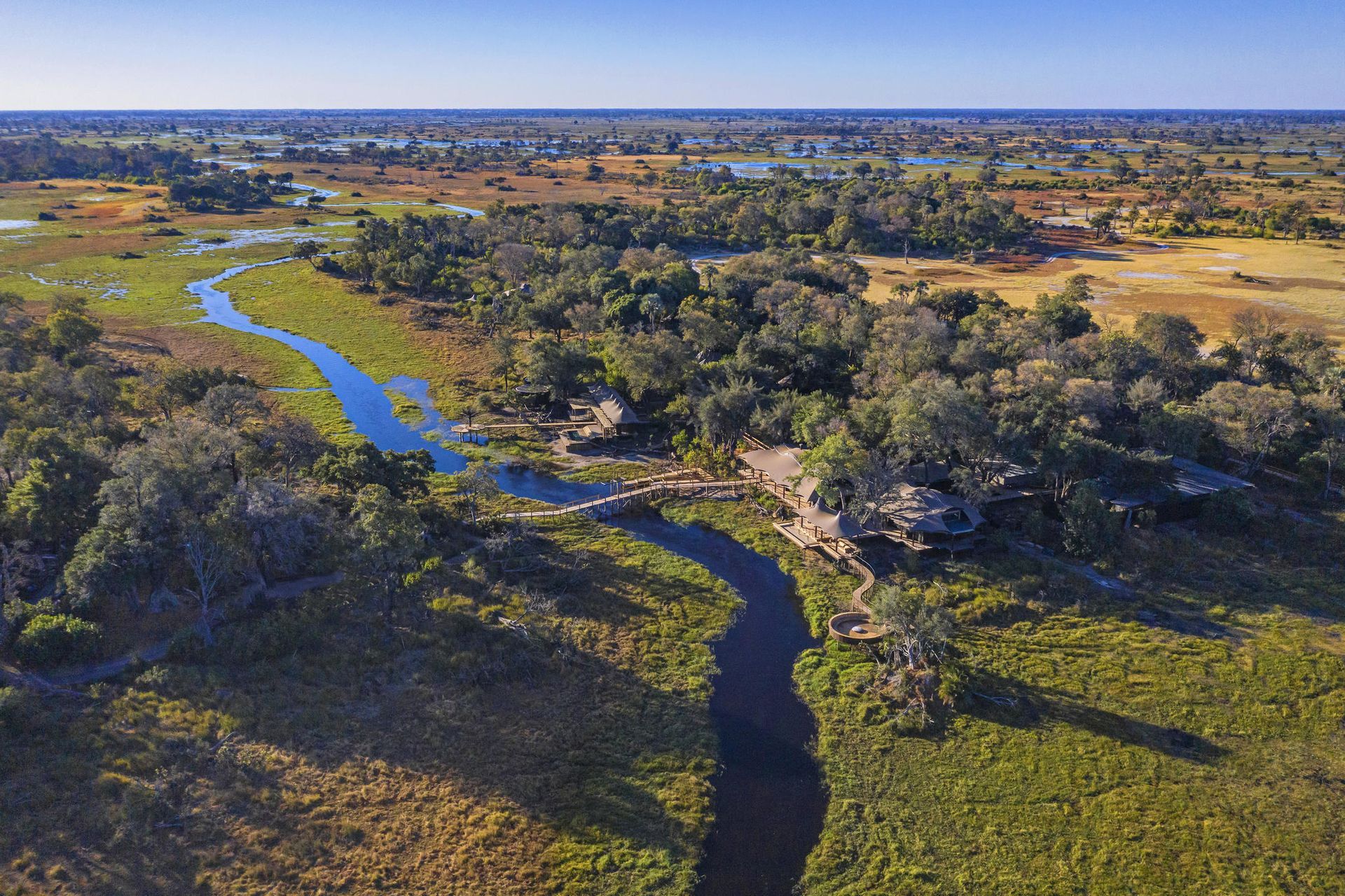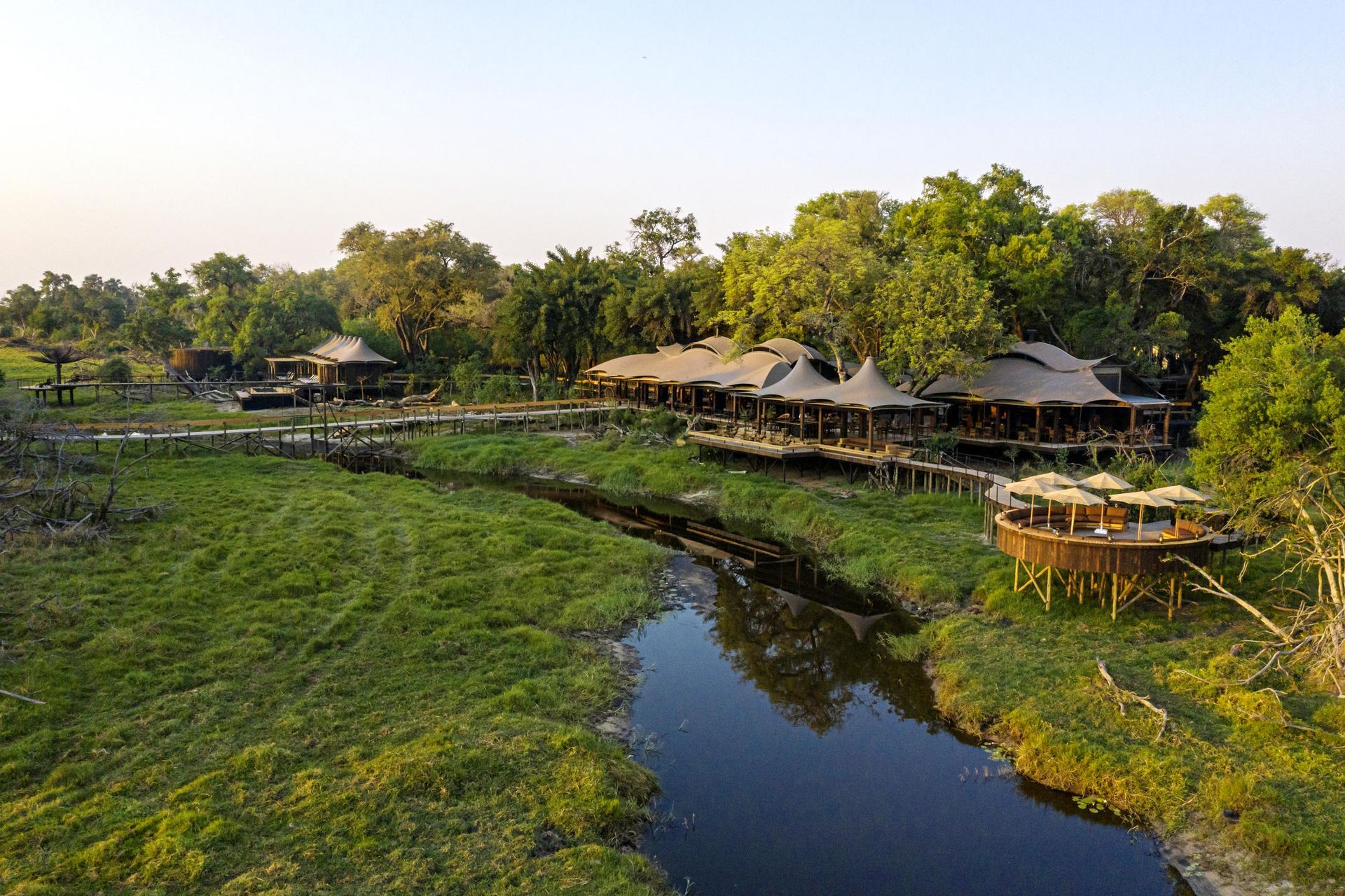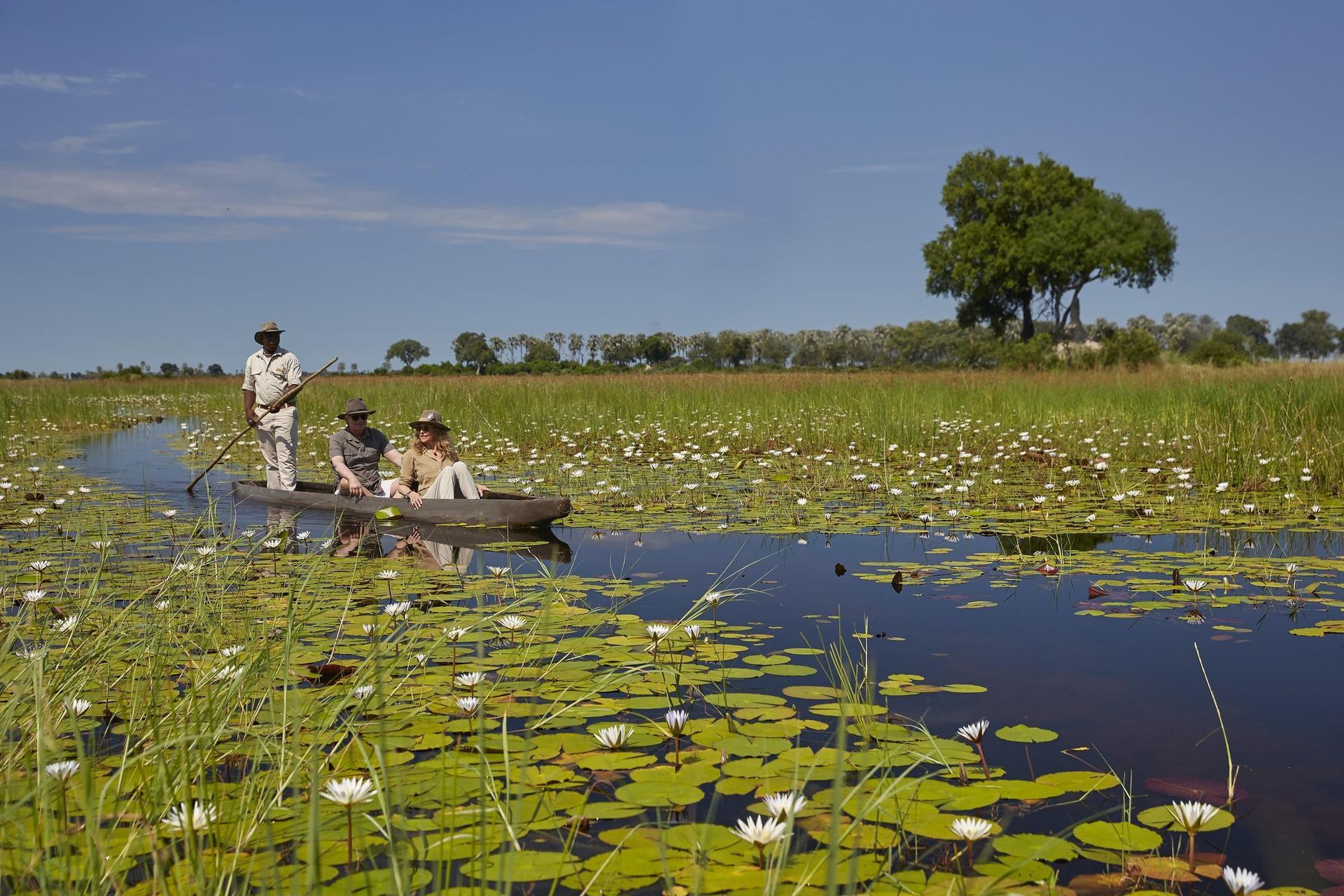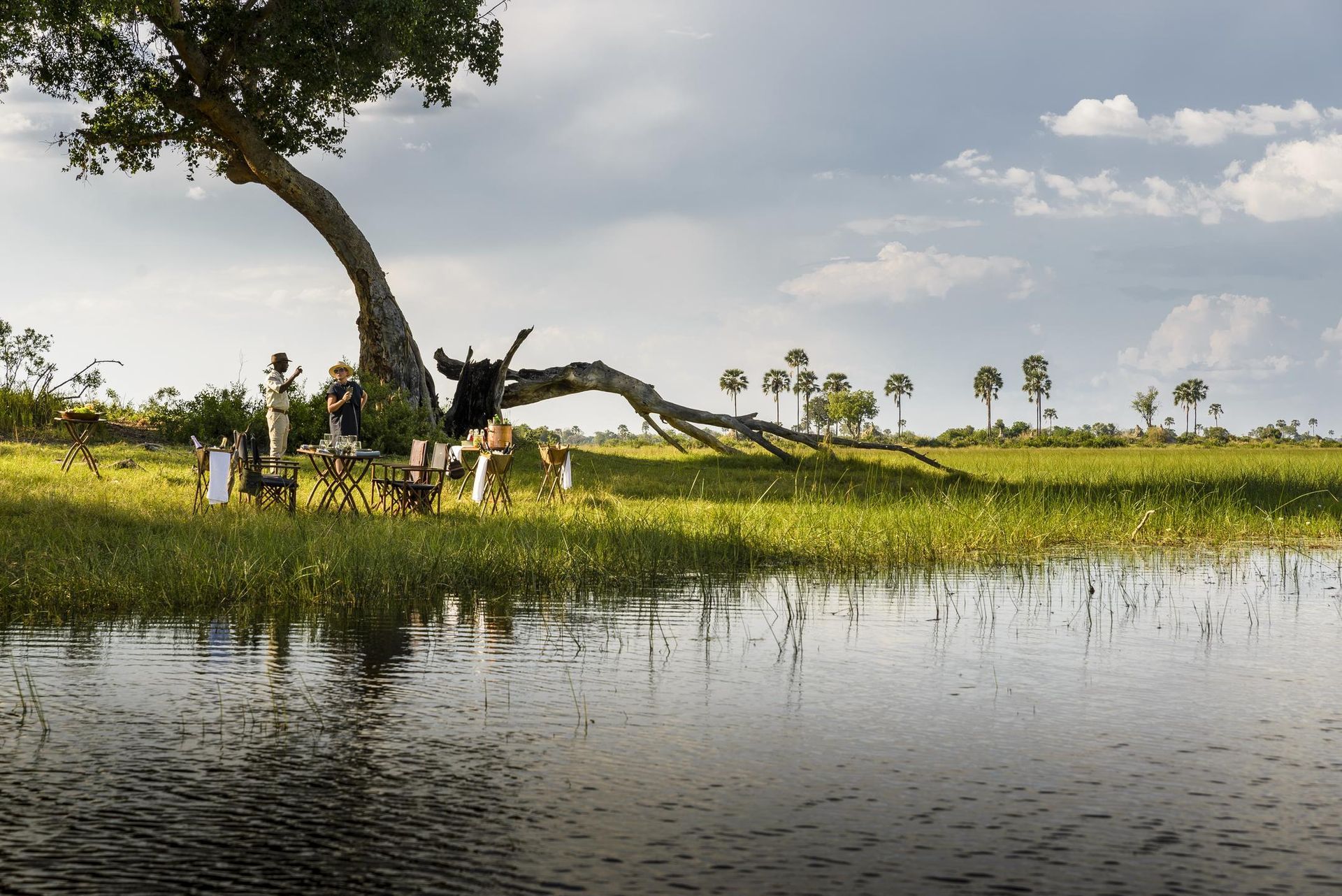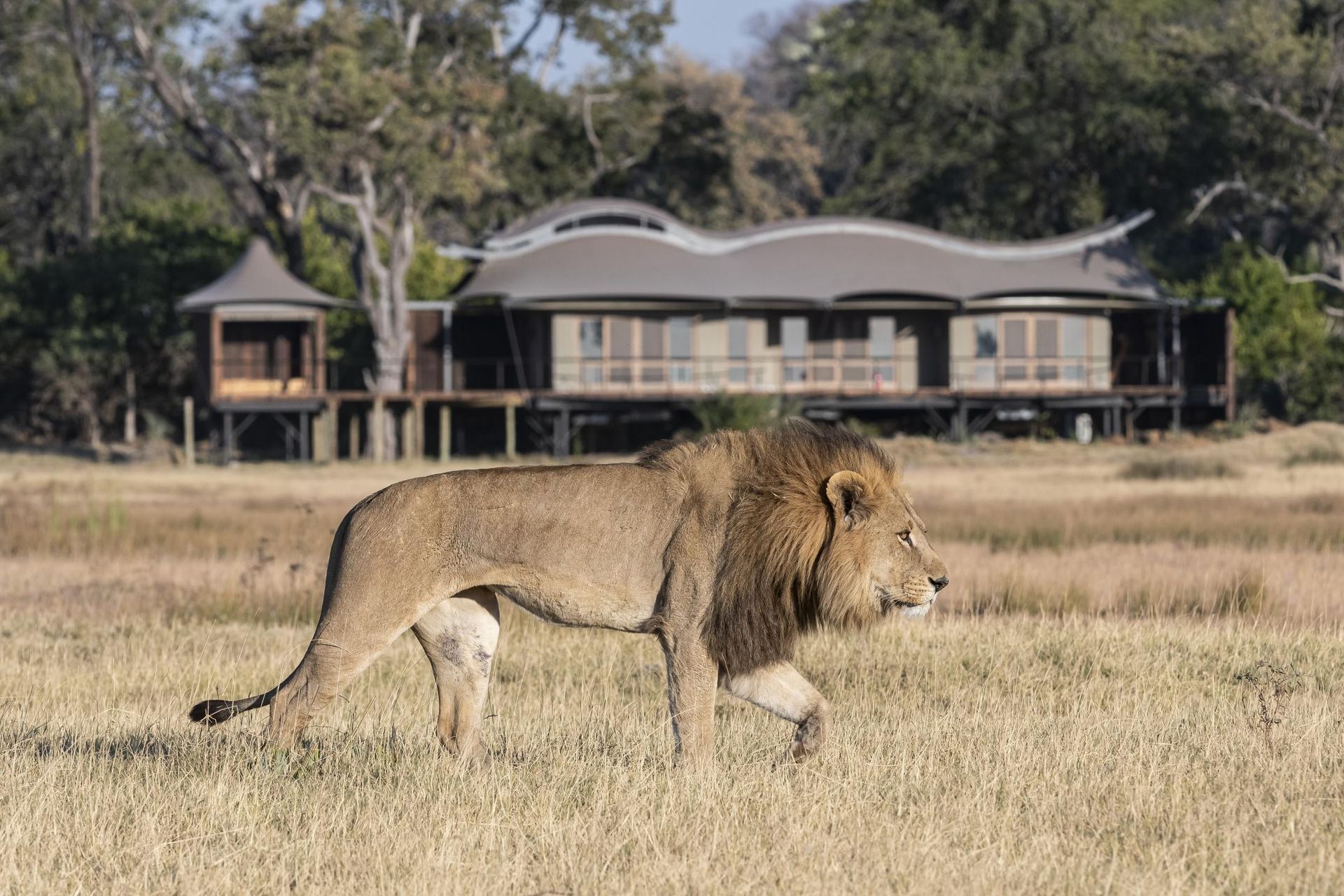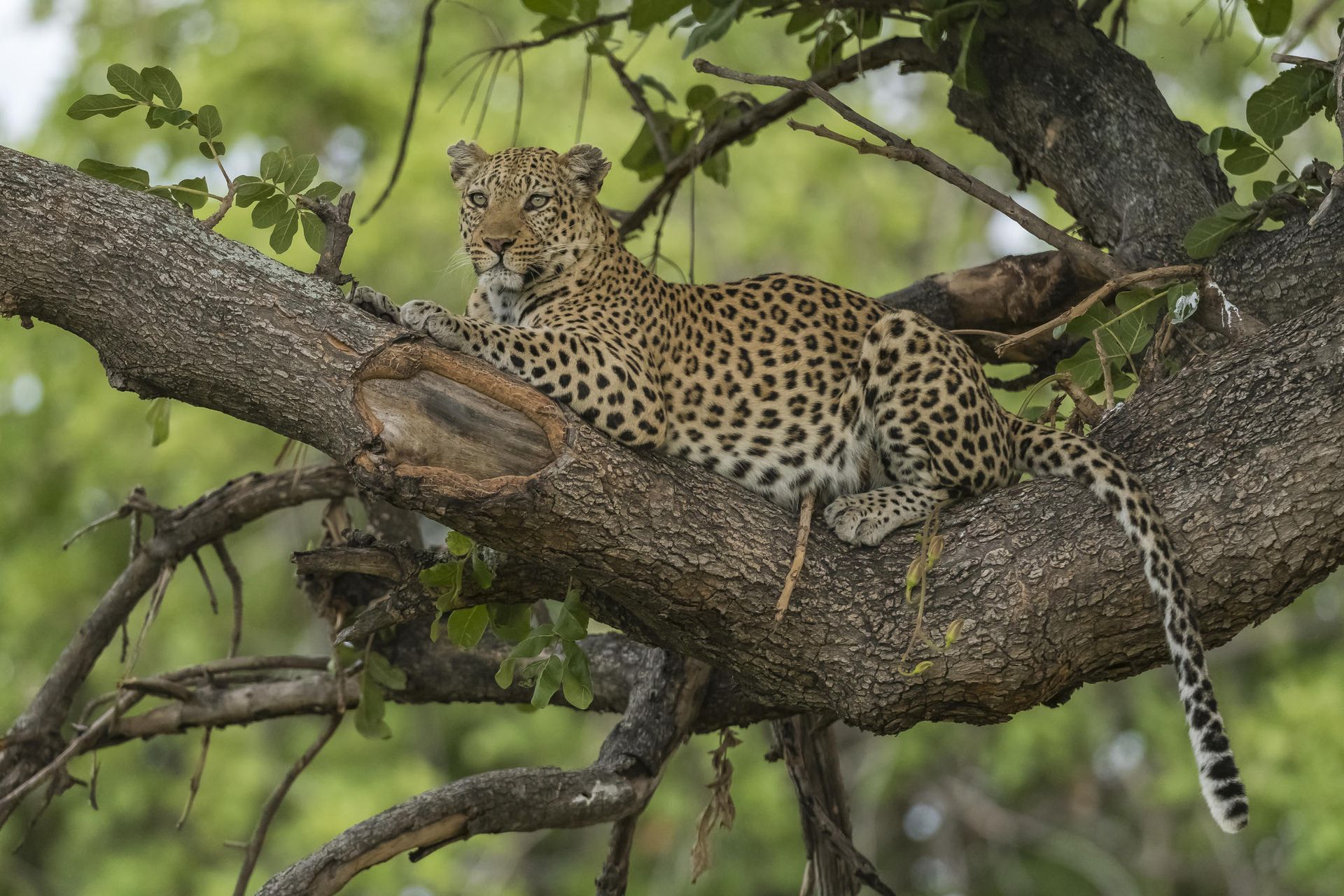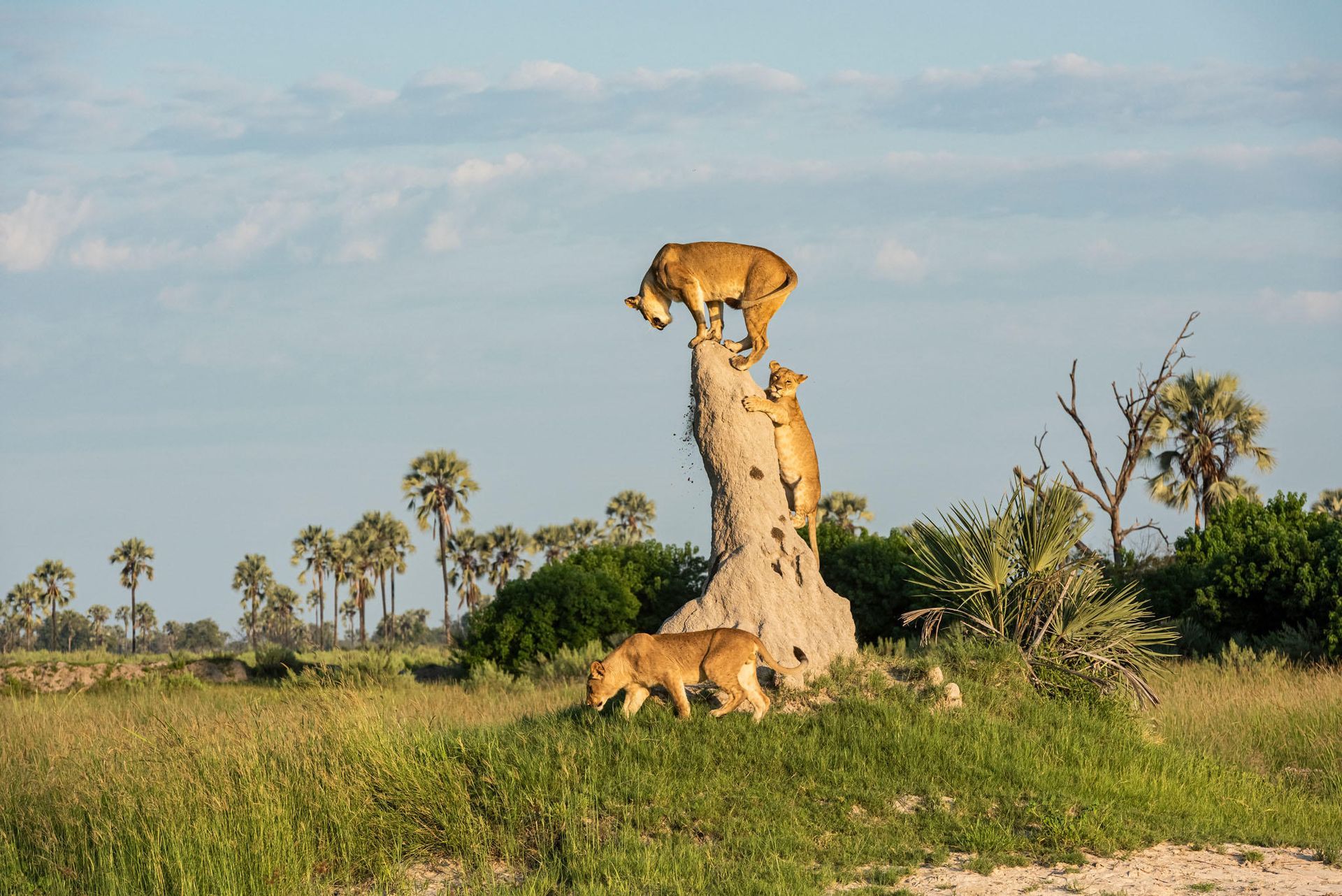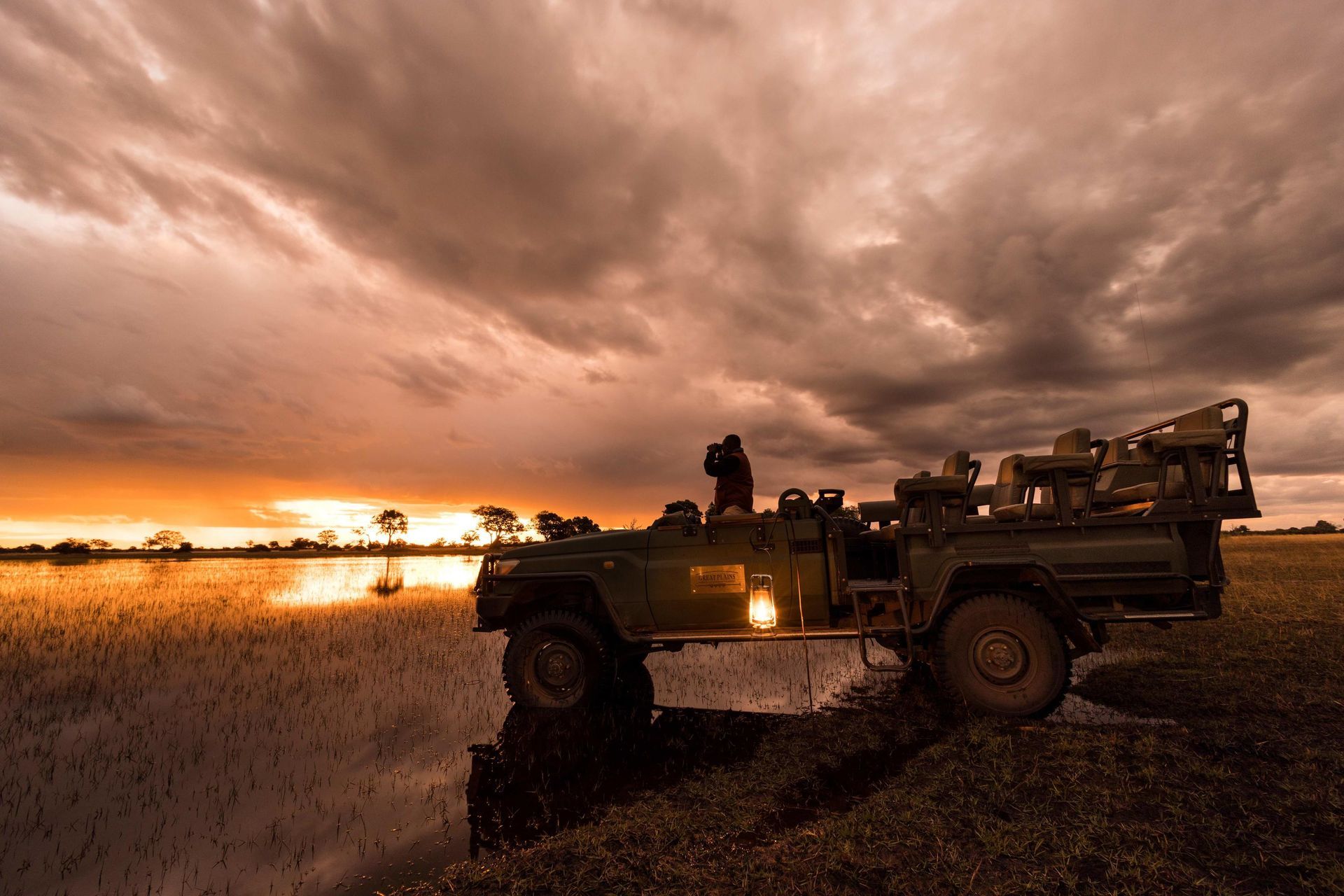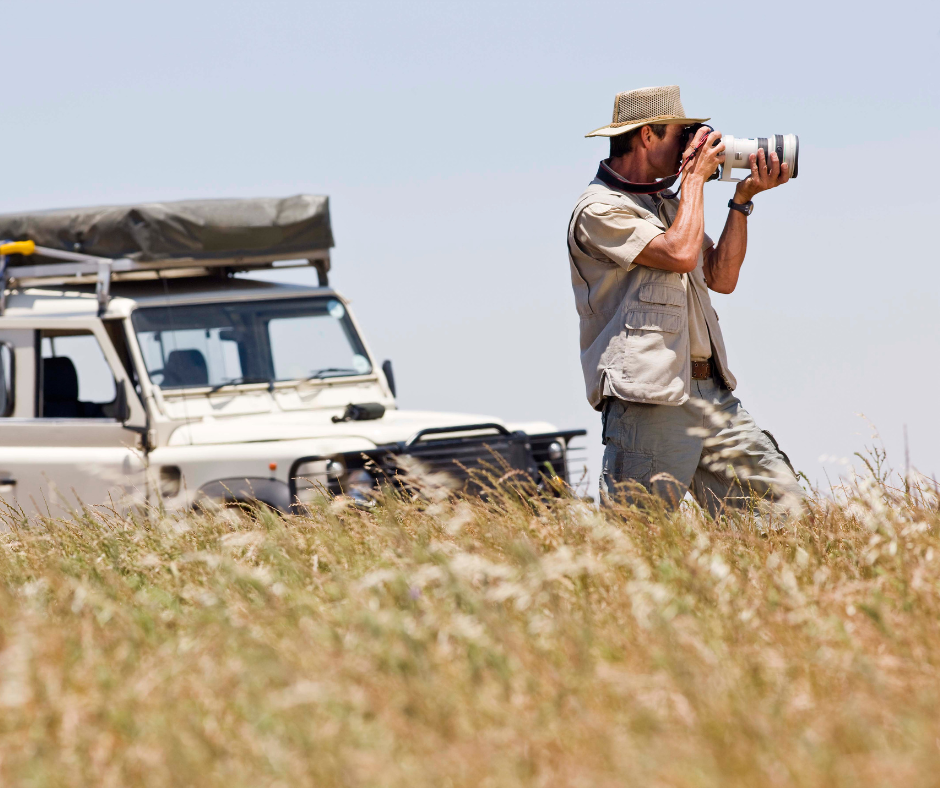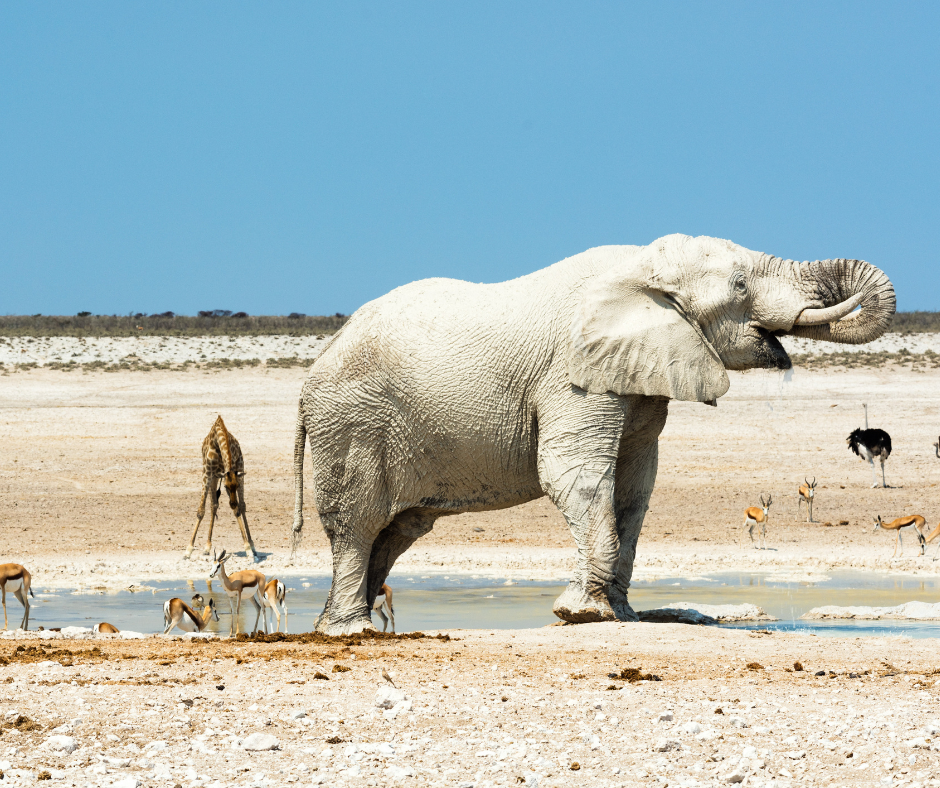Birding in Southern Africa - Ticking your Bucket List Birds
"Discover Southern Africa’s extraordinary birdlife – from vibrant plumage to breathtaking habitats – in an unforgettable birding adventure.
From the lush woodlands of Zambia to the arid landscapes of Namibia and the iconic savannahs of South Africa, this area offers a rich tapestry of avian wonders waiting to be explored. Join us on a journey through the skies and habitats of Southern Africa, where vibrant plumage, melodious songs, and breathtaking displays await. Whether you're an experienced birder or a novice enthusiast, Martin Meyer Safaris is your gateway to discovering the diverse bird species and extraordinary landscapes that make birding in Southern Africa an unforgettable adventure.
Key Takeaways
- Iconic Birds Across Diverse Habitats – From the elegant African Spoonbill to the rare Pel’s Fishing Owl, discover 11 extraordinary species in wetlands, woodlands, savannas, and riverbanks.
- Seasonal Sightings – Plan your safari around peak viewing windows, from Spoonbills in the wet season to Fish Eagles in the dry.
- Lodge Pairings for Birding Bliss – Each species is matched with a luxury lodge offering both comfort and prime wildlife access.
- For Beginners & Experts Alike – Expert tips make the list accessible for first-time birders and seasoned enthusiasts.
- Conservation-Focused Travel – Featured lodges prioritise sustainability, community benefit, and ethical wildlife viewing.
1. African Spoonbill
The African Spoonbill, a captivating wader, is known for its distinctive long, flat, spoon-shaped bill. Draped in mostly white plumage with delicate pink hues, it exudes elegance with its long legs. Prime spots for birding in Southern Africa and spotting this bird include Botswana's Okavango Delta, South Africa's Greater Kruger National Park, and the enchanting Chobe River region. The wet season, typically from November to March, offers the best opportunity to witness their engaging behavior as rising water levels spur heightened foraging and breeding activities. During your birding adventure in Southern Africa, Chobe Bakwena Lodge promises an exquisite spectacle of Spoonbill's unique feeding habits and social interactions.
Where Can you Spot the African Shoebill?
Chobe Bakwena Lodge, on the banks of the Chobe River in Botswana, is a serene haven that offers an immersive experience in the heart of African wilderness. Embracing eco-friendly principles, the lodge is constructed with natural materials and operates with a strong commitment to sustainability, ensuring minimal impact on the environment. This intimate retreat features a collection of luxurious riverside chalets and treetop chalets, each designed to blend seamlessly into the natural landscape while offering panoramic views and modern comforts.
The lodge's strategic location near the Chobe National Park allows guests to witness one of the largest concentrations of game in Africa. Expert-led safaris and river cruises offer close encounters with elephants, lions, and a myriad of bird species. The dining experience at Bakwena is a culinary journey, with meals prepared using fresh, local ingredients, often enjoyed under the African sky. The warm, attentive staff, tranquil setting, and the blend of luxury and nature make Chobe Bakwena Lodge an idyllic escape for those seeking an authentic African adventure.
2. Goliath Heron
The Goliath Heron, the world's largest heron, standing impressively tall at up to 1.5 meters and with a wingspan exceeding 2 meters. Adorned with a captivating gray, chestnut, and black plumage, complemented by its robust bill for efficient hunting; this majestic bird thrives in Sub-Saharan Africa's wetlands, rivers, and lakes. Prime birding in Southern Africa for the Goliath Heron includes Botswana's Okavango Delta, South Africa's Greater Kruger National Park, and the Chobe River region. The dry season, spanning from May to October, offers optimal viewing conditions as water levels recede, concentrating these solitary herons' fishing activities. For an exceptional encounter with the Goliath Heron, consider a stay at Jumbo Junction in Botswana during your birding in Southern Africa adventure.
Where Can you Spot the Goliath Heron?
Jumbo Junction, set in the heart of the Okavango Delta in Botswana, is a hidden gem that promises an authentic and intimate safari experience. This eco-friendly camp, deeply committed to conservation and community involvement, is designed to harmoniously blend with its pristine natural surroundings. The camp accommodates guests in traditional Meru-style tents, each thoughtfully furnished to provide comfort while echoing the simplicity and rustic charm of the African bush.
Guests at Jumbo Junction are treated to an array of activities that include mokoro (dugout canoe) trips through tranquil waterways, guided nature walks, and game drives that offer a chance to witness the diverse wildlife, from majestic elephants to elusive leopards. Birdwatching here is particularly rewarding, with a variety of species adorning the Delta. The camp's emphasis on personalized experiences ensures each guest feels connected to the unique rhythms of the wild. The combination of breathtaking landscapes, rich biodiversity, and warm, local hospitality makes Jumbo Junction an unforgettable retreat for nature lovers and adventure seekers.
3. Saddle-billed Stork
The Saddle-billed Stork, a large and vibrant bird, stands out with its red and yellow bill, contrasting plumage, and 1.50-meter height. A must-see when birding in Southern Africa, it thrives in marshes, wetlands, and riverbanks. Top spots for sightings include Botswana's Okavango Delta and South Africa's Greater Kruger National Park. The dry season, from June to October, provides optimal chances as water sources diminish, concentrating the storks in wet areas. Whether you're new to birding in Southern Africa or an expert, consider a stay at andBeyond Sandibe Okavango Safari Lodge for an impressive encounter with the Saddle-billed Stork.
Where Can you Spot the Saddle-billed Stork?
andBeyond Sandibe Okavango Safari Lodge is a luxurious oasis in the Okavango Delta, Botswana, offering an unrivaled blend of elegance and nature. Architecturally inspired by the pangolin, the lodge's design features curved wooden structures that echo the surrounding landscape's organic forms, creating an aesthetic harmony with the Delta. The lodge boasts twelve opulent suites, each with its own plunge pool and fireplace, providing privacy and unrivaled comfort amidst the wild.
Guests at Sandibe are treated to exceptional wildlife viewing opportunities, with the surrounding area teeming with animals like elephants, big cats, and a plethora of bird species. The lodge offers expert-led game drives, mokoro excursions, and walking safaris, allowing guests to explore this UNESCO World Heritage Site intimately. The dining experience is a culinary delight, focusing on African-inspired dishes made with fresh, local ingredients. The combination of stunning architecture, personalized service, and immersive safari experiences makes andBeyond Sandibe a top-tier destination for those seeking a luxurious and adventurous African escape.
4. Marabou Stork
The Marabou Stork, a remarkable bird known for its imposing size, bald head, and lengthy throat pouch, commands attention. Boasting a wingspan exceeding 2.5 meters, it's a must-see when birding in Southern Africa. Widely distributed throughout the region, these storks grace prime locations like South Africa's Greater Kruger National Park, Botswana's Chobe National Park, and the vicinity of Victoria Falls. The dry season, typically from May to October, is ideal for sightings as they gather around water sources, made more visible by sparse vegetation. Witnessing Marabou Storks offers insight into Africa's wildlife diversity. For an unforgettable experience near Victoria Falls, Mukwa River Lodge is our top pick when birding in Southern Africa.
Where Can you Spot the Marabou Stork?
Mukwa River Lodge, situated along the serene banks of the Zambezi River in Zambia, is a captivating retreat offering a perfect blend of wilderness and comfort.
Renowned for its rich wildlife, the area around Mukwa River Lodge is a haven for nature enthusiasts. Guests can embark on thrilling game drives to spot lions, leopards, and a plethora of bird species, or enjoy boat safaris for a unique perspective of the riverine ecosystem. The lodge's commitment to sustainable tourism and community engagement adds depth to the guest experience. Dining at the lodge is a celebration of local and international cuisines, with meals often served al fresco, allowing guests to dine under the stars. Mukwa River Lodge is the ideal destination for those seeking an authentic and luxurious African wildlife adventure.
5. African Fish Eagle
The African Fish Eagle, with its striking white head, chestnut body, and bold black wings, stands as an iconic bird of prey in Southern Africa. Recognized for its haunting call, it's an essential sighting when birding in Southern Africa. Top spots for observing them include Botswana's Okavango Delta, Lake Malawi's shores, and Zimbabwe's Zambezi River. While they can be spotted year-round, the dry season from May to October offers the best viewing. Witnessing an African Fish Eagle against the lush backdrop of the Okavango Delta is a true spectacle, making Camp Okavango our recommended stay for birding in Southern Africa.
Where Can you Spot the African Fish Eagle?
Camp Okavango, a secluded paradise in the heart of the Okavango Delta, Botswana, offers a tranquil and immersive safari experience. Set on the remote Nxaragha Island, this eco-friendly camp is accessible only by light aircraft, enhancing its exclusivity and connection with nature. The camp features African-style safari tents, each raised on platforms, providing guests with breathtaking views of the surrounding delta and its vibrant wildlife.
Designed to harmoniously blend with the environment, Camp Okavango ensures minimal ecological impact while offering maximum comfort. The camp specializes in water-based safari activities, including guided mokoro (dugout canoe) excursions and motorboat safaris, allowing guests to explore the intricate waterways and abundant wildlife of the delta, such as hippos, crocodiles, and a myriad of bird species. Walking safaris on the island also offer a unique opportunity to experience the African bush on foot. The combination of serene water settings, personalized service, and intimate wildlife encounters makes Camp Okavango a quintessential destination for those seeking a serene and authentic delta safari experience.
Martin's Travel Tip: Spend 3 nights or more at Camp Okavango and get a complimentary sleep out
6. Bateleur
The Bateleur eagle, with its striking colors, short tail, and long wings, is a standout species. Sporting black and chestnut plumage, a red face, and legs, it's a remarkable raptor native to Sub-Saharan Africa, thriving in vast savannahs and woodlands. Prime locations for Bateleur sightings in Southern Africa include South Africa's Greater Kruger National Park and Namibia's Etosha National Park. The dry season, typically from May to October, offers the best chances to observe them. Scarce water sources draw wildlife to remaining waterholes, where Bateleurs perform impressive aerial displays. If you want to see these acrobatic eagles during your birding in Southern Africa trip, we recommend a stay at Little Ongava in Namibia.
Where Can you Spot the Bateleur?
Little Ongava, perched on a rocky outcrop in the private Ongava Game Reserve bordering Etosha National Park in Namibia, is an epitome of luxury and exclusivity in the wilderness. This intimate lodge, with only three spacious and opulent suites, each features its own plunge pool, sala, and en-suite bathroom, offering unparalleled privacy and comfort. The large glass windows provide sweeping views of the African savanna, allowing guests to immerse themselves in the beauty of the natural surroundings from the comfort of their suite.
At Little Ongava, guests can indulge in personalized and exceptional wildlife experiences, including expert-led game drives in Etosha National Park and the Ongava Reserve, renowned for its rhino conservation efforts. The lodge also offers guided walks and night drives, enhancing the safari adventure. The dining experience is a culinary delight, with exquisite meals served in a variety of settings. Little Ongava's commitment to luxury, conservation, and guest experience makes it an exquisite destination for discerning travelers seeking an unforgettable African safari in an exclusive setting.
7. Shikra
The Shikra is a small, agile bird of prey, known for its sharp hunting skills and distinctive appearance, marked by its reddish-brown and white plumage, and piercing reddish eyes. When you are birding in Southern Africa, prime locations for observing Shikras include the Greater Kruger National Park in South Africa and the Okavango Delta in Botswana. The best time to see them is during the breeding season, which typically occurs from September to December. During this period, Shikras are more active and visible, engaging in aerial displays and hunting near their nesting sites, offering birdwatchers a glimpse into their fascinating behavior. Singita Lebombo is our choice when searching for the Shikra.
Where Can you Spot the Shikra?
Singita Lebombo, a striking eco-lodge set against the pristine backdrop of South Africa’s Kruger National Park, offers an unparalleled safari experience. Architecturally bold and contemporary, the lodge's design features 13 luxurious glass-walled suites, each hovering above the N’wanetsi River, offering panoramic vistas of the surrounding wilderness. The suites, characterized by sleek, modern lines and organic materials, provide a unique blend of sophistication and immersion in nature.
This exclusive lodge is renowned for its exceptional wildlife viewing opportunities, with game drives revealing the park's diverse inhabitants, from the Big Five to a rich variety of bird species. Guided bush walks offer an intimate connection with the African bush, enriching guests' understanding of the ecosystem. Singita Lebombo also emphasizes sustainable tourism and conservation, contributing to the preservation of this majestic landscape. The culinary experience, featuring locally sourced ingredients, complements the luxurious ambiance. Singita Lebombo stands as a testament to high-end eco-conscious travel, promising a memorable and impactful safari adventure.
8. White-backed Vulture
The White-backed Vulture, a vital component of Africa's ecosystem, is a large scavenger distinguished by its white-grey back, contrasting plumage, and bare, pale head. It frequents open savannas and grasslands across Sub-Saharan Africa, making it a significant sighting for birding in Southern Africa. Key locations for observing these vultures include South Africa's Greater Kruger National Park, Zimbabwe's Mana Pools Zambia's South Luangwa National Park. The dry season, typically from May to October, offers optimal White-backed Vulture sightings as they gather around carcasses, contributing to the ecosystem's health. These regions provide great opportunities for wildlife enthusiasts to witness their essential role. For observing these keystone species, Chikunto Safari Lodge is our recommended choice.
Where Can you Spot the White-backed Vulture?
Chikunto Safari Lodge, based along the banks of the Luangwa River in Zambia's iconic South Luangwa National Park, offers a spectacular blend of luxury and wilderness. This exclusive lodge, with its limited number of elegantly designed tents, ensures an intimate and immersive safari experience. Each tented suite, raised on wooden platforms, offers stunning views of the river and surrounding bush, merging comfort with an authentic bush feel.
The lodge's strategic location in one of Africa's richest wildlife areas allows for exceptional game viewing opportunities. Guests can partake in thrilling game drives to witness an abundance of wildlife, including elephants, leopards, and a variety of bird species, or embark on guided walking safaris for a more tactile experience of the African wilderness. The dining experience at Chikunto is a culinary journey, with dishes crafted from fresh, local ingredients, often enjoyed under the vast African sky. Chikunto Safari Lodge represents the essence of an African safari, offering a perfect balance of adventure, relaxation, and luxury.
9. Livingstone’s Turaco
Livingstone's Turaco, a brilliantly colored bird, symbolizes the lush woodlands and forests of Southern Africa. With its emerald-green plumage, crimson forehead, and vibrant red bill, it's a captivating sight. These turacos inhabit evergreen forests, riverine areas, and woodlands across Zambia, Zimbabwe, and Mozambique. The best time to spot them is during the dry season, from May to September, when reduced foliage enhances visibility. Prime locations for sightings include Zambia's Lower Zambezi National Park and Zimbabwe's Eastern Highlands, where their vivid colors contrast beautifully with the lush surroundings. For your birding in Southern Africa adventure, Sausage Tree Camp is the perfect choice.
Where Can you Spot Livingstone's Turaco?
Sausage Tree Camp, set in the heart of Zambia's Lower Zambezi National Park, is an epitome of safari elegance and exclusivity. The camp, named after the sausage tree (Kigelia africana), is renowned for its striking, minimalist design and its commitment to providing a bespoke safari experience. It features luxurious Bedouin-style tents, each offering privacy, comfort, and stunning views of the Zambezi River. The spacious tents, complete with king-size beds, open-air showers, and private decks, provide a serene retreat in the wilderness.
The camp's location ensures unparalleled wildlife encounters, with activities like canoe safaris, game drives, and tiger fishing. The Lower Zambezi is known for its elephant herds, diverse birdlife, and an array of other wildlife, all observable in their natural habitat. Guests can also indulge in tailored experiences like romantic dinners on secluded riverbanks. Sausage Tree Camp excels in blending luxury with the raw beauty of the African bush, offering a unique and unforgettable safari adventure that is both intimate and adventurous.
10. Kori Bustard
The Kori Bustard, one of the heaviest flying birds, is a magnificent creature with mottled gray and brown plumage and a distinctive black crest on its head. Native to Sub-Saharan Africa, it prefers open grasslands and semi-arid savannas. In Southern Africa, prime locations for observing Kori Bustards include South Africa's Greater Kruger National Park, Namibia's Etosha National Park, and the Savute Channel in Botswana. The best time for birding in Southern Africa to see these birds is during the dry season from May to October when they are more visible in open landscapes, showcasing their regal bearing. Savute Safari Lodge is an excellent choice for spotting these elegant birds.
Where Can you Spot a Kori Bustard?
Savute Safari Lodge, situated in the dynamic Savute area of Botswana's Chobe National Park, is a haven for those seeking an authentic and adventurous African safari. The lodge is strategically located by the Savute Channel, known for its shifting water patterns and rich wildlife, including large elephant herds and diverse predators. The lodge's design, with its natural wood and thatch construction, reflects the rugged beauty of the surrounding landscape.
Accommodating guests in twelve elegantly appointed chalets, each with private decks, Savute Safari Lodge ensures comfort and stunning views of the channel and its frequent wildlife visitors. The lodge's main area, with a viewing deck, lounge, and dining area, serves as a communal hub where guests can relax and share stories. Expert-led game drives offer thrilling encounters with the area's abundant wildlife, while birdwatching and photographic opportunities abound. Savute Safari Lodge combines a prime location with luxury and expert guiding, making it an ideal destination for those seeking to experience the wild heart of Botswana.
11. Red-crested Korhaan
The Red-crested Korhaan is a striking bird celebrated for its captivating courtship rituals and striking appearance. Adorned in mottled brown and gray plumage, males boast a distinctive red crest displayed during their mesmerizing mating dances. This terrestrial bird is indigenous to Southern Africa, commonly inhabiting dry savannas and open woodlands. When indulging in the pleasures of birding in Southern Africa, prime locations to spot Red-crested Korhaans include South Africa's Greater Kruger National Park and Botswana's Tuli Block. The optimal time for observation falls within the breeding season, typically from September to November, when males showcase their captivating aerial displays, captivating birdwatchers and nature enthusiasts. For an extraordinary experience of these exquisite aerial performances, we recommend Mashatu Lodge.
Where Can you Spot a Red-Crested Korhaan?
Mashatu Lodge, set in the remote and unspoiled wilderness of Botswana's Northern Tuli Game Reserve, offers a unique and thrilling safari experience. Known as the "Land of the Giants" for its magnificent baobab trees and large elephant herds, this area provides a dramatic backdrop for an unforgettable adventure. The lodge, with its 14 luxurious suites, blends seamlessly into the rugged landscape, offering guests comfort and elegance amidst the African bush.
Each suite at Mashatu Lodge is spacious and well-appointed, featuring en-suite facilities and private decks overlooking the reserve's stunning vistas. The lodge's main area includes a dining space, lounge, and an inviting pool, perfect for relaxing after a day of exploration. Safari activities at Mashatu include expert-led game drives, walking safaris, and horseback riding, offering diverse perspectives of the rich wildlife, including leopards, lions, and cheetahs. The exceptional birdlife and ancient rock art sites add to the area's allure. Mashatu Lodge stands out for its combination of luxury, adventure, and the opportunity to connect with nature in one of Africa's hidden gems.
Bonus Extra Special Bird: Pel's Fishing Owl
The elusive Pel's Fishing Owl, known for its remarkable fishing skills, is a sought-after sight in Southern Africa. Its tawny plumage and distinctive facial disk make it stand out along the rivers of Botswana, Zambia, and Zimbabwe. When birding in Southern Africa, enthusiasts can spot these owls during the dry season from May to October when they gather around shrinking water sources. Top locations include Botswana's Okavango Delta, Zambia's Luangwa River, and the Limpopo and Luvuvhu Rivers' convergence. If the Pel's Fishing Owl is an absolute must-see during your biding in Southern Africa adventure, we recommend staying at Xigera Safari Lodge.
Where Can you Spot the Elusive Pel's Fishing Owl?
Xigera Safari Lodge, a breathtakingly beautiful retreat in the heart of the Okavango Delta, Botswana, offers an unparalleled immersion into one of Africa's most pristine ecosystems. Situated on the aptly named Paradise Island, surrounded by deep channels and lush vegetation, Xigera is a luxury haven in the midst of the Delta's enchanting waterways. The lodge features twelve elegant, spacious suites, each designed with a deep respect for the environment and adorned with unique artworks, providing guests with utmost privacy and comfort.
Xigera is a celebration of African art, culture, and eco-conscious luxury. The lodge's commitment to sustainability is evident in its architecture and operations. Guests can indulge in an array of activities including mokoro (traditional dugout canoe) trips, motorboat safaris, and walking tours, offering intimate encounters with the Delta's rich wildlife, including rare bird species and aquatic animals. Xigera Safari Lodge is not just a destination but an experience, embodying the spirit of the Delta and offering a magical escape into the wild.
Why Choose Martin Meyer Safaris for Your Birding Adventure?
- Unmatched Local Expertise
With years of on-the-ground experience across Southern Africa’s most iconic birding regions, we know exactly where and when to find sought-after species—whether it’s the elusive Pel’s Fishing Owl or the dazzling Carmine Bee-eater. - Tailor-Made Birding Itineraries
very journey is designed around your birding interests, from seasonal migrations to rare endemics, ensuring each day in the field delivers rewarding and unforgettable sightings. - Access to Exclusive Locations & Lodges
We partner with hand-picked lodges that offer both prime birding access and exceptional comfort, placing you right at the heart of diverse ecosystems without sacrificing luxury. - For Beginners & Experts Alike
Our birding safaris are crafted to inspire seasoned ornithologists and first-time birders alike, with expert guiding, patient instruction, and a pace that lets you fully immerse in the experience. - Conservation at the Core
Every birding safari supports responsible tourism initiatives, ensuring that your visit helps protect vital habitats, empower local communities, and safeguard the species you’ve travelled to see.
Whether you are a keen birder or just starting out, get in touch with us to plan your perfect Birding Big Year! Our consultants and guides are all avid birders and know exactly where to get your bucket list ticked and at what time of year!
Have you always dreamed of going on safari but don't know where to start ?
We offer a complimentary 1 hour safari consultation call to simplify the process.

